When it comes to holidays, Japan regularly ranks quite high on the destination ladder. Its high tech yet deep cultural roots, distinctive food and overall bizarre-ness is what lures most people into visiting this traditional yet cosmopolitan country. However, for me, Japan has always single-handedly been about the cars. This country was responsible for producing some of the most enjoyable sports cars to have ever graced the world. Sports cars that were actually priced within reachable means to the average punter. Despite this and early on, the Japanese were never content with their own products, as at the end of the day, these cars were mostly (but not all) mass-produced vehicles and with that, comes sacrifices in engineering and design in order to cater to the wider market’s taste and preferences. However, every cloud has a silver lining and as a result, the intense and rich aftermarket culture was born. Globalisation has enabled companies from all around the world to get their share of the aftermarket pie but the Japanese aftermarket industry will always be my favourite. The reason as to why, is simple, and that is, diversity. There are aftermarket parts available for almost every single car to have rolled out of the manufacturing plants of Japan, which allows cars to be modified in so many different ways. Punters are now spoilt for choice when it comes to modifying the areas they aren’t particularly fond of on their cars. Over the last decade, Japanese aftermarket companies have further turned their attention to imported cars i.e. Euros, and with that, comes even more options for end users to further modify their already highly refined yet stock cars, particularly, supercars.
Tokyo Auto Salon (TAS) is an industry motor show focusing predominately on aftermarket products and services. The show was created by the legendary Daijiro Inada (who also founded Option Magazine as well as the D1 Grand Prix drift series) in 1983 as a tool to promote the modification of cars as well as to raise public awareness that this was a legitimate enthusiasts interest proving the hobby isn’t tied to or associated with the Bosozoku (outlaw motorbike gangs who cause public disturbance through their loud and illegally modified cars and bikes). The show is traditionally held in January each year at the Makuhari Messe convention centre and attracts visitors from all around the world such as myself. In fact, my recent trip to Japan was planned purely around TAS 2017 as it has been a bucket list item for me to tick for over a decade. My non-car friends and family couldn’t understand when I revealed to them that I would be spending time in Japan during the winter season, but it was all for Tokyo Auto Salon. The show typically runs over the weekend with Friday included. I found myself at the event on Friday and Saturday and quickly realised that it was impossible to take photos of everything as there was so much to see and do. As a result, I’ll be doing a multi TAS 2017 sub-series to share with you what I found most interesting.
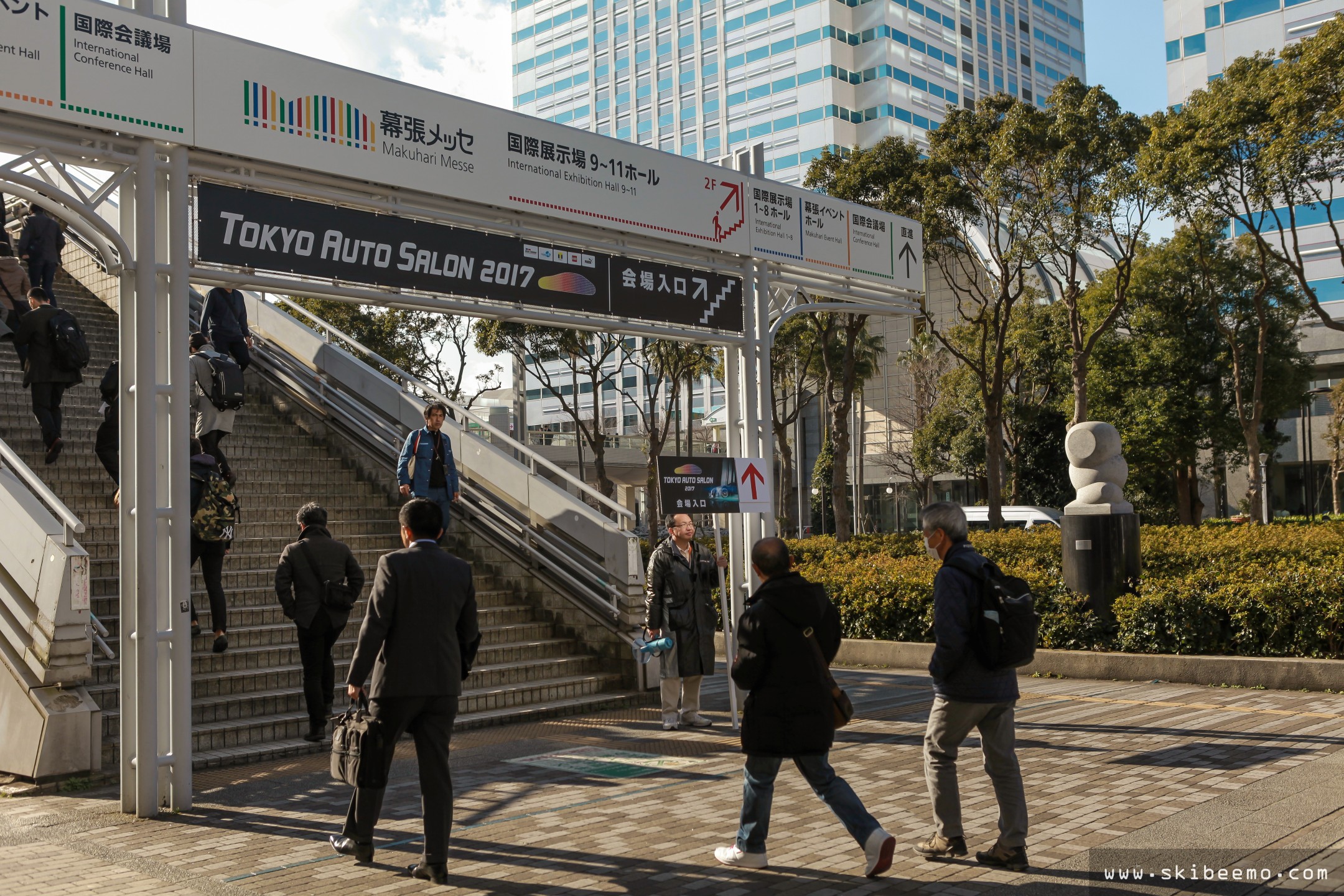
Friday afternoon (2:00pm to be exact) was the first public access day. I thought I’d be clever and skip the queue by arriving an hour earlier, as did everyone else.
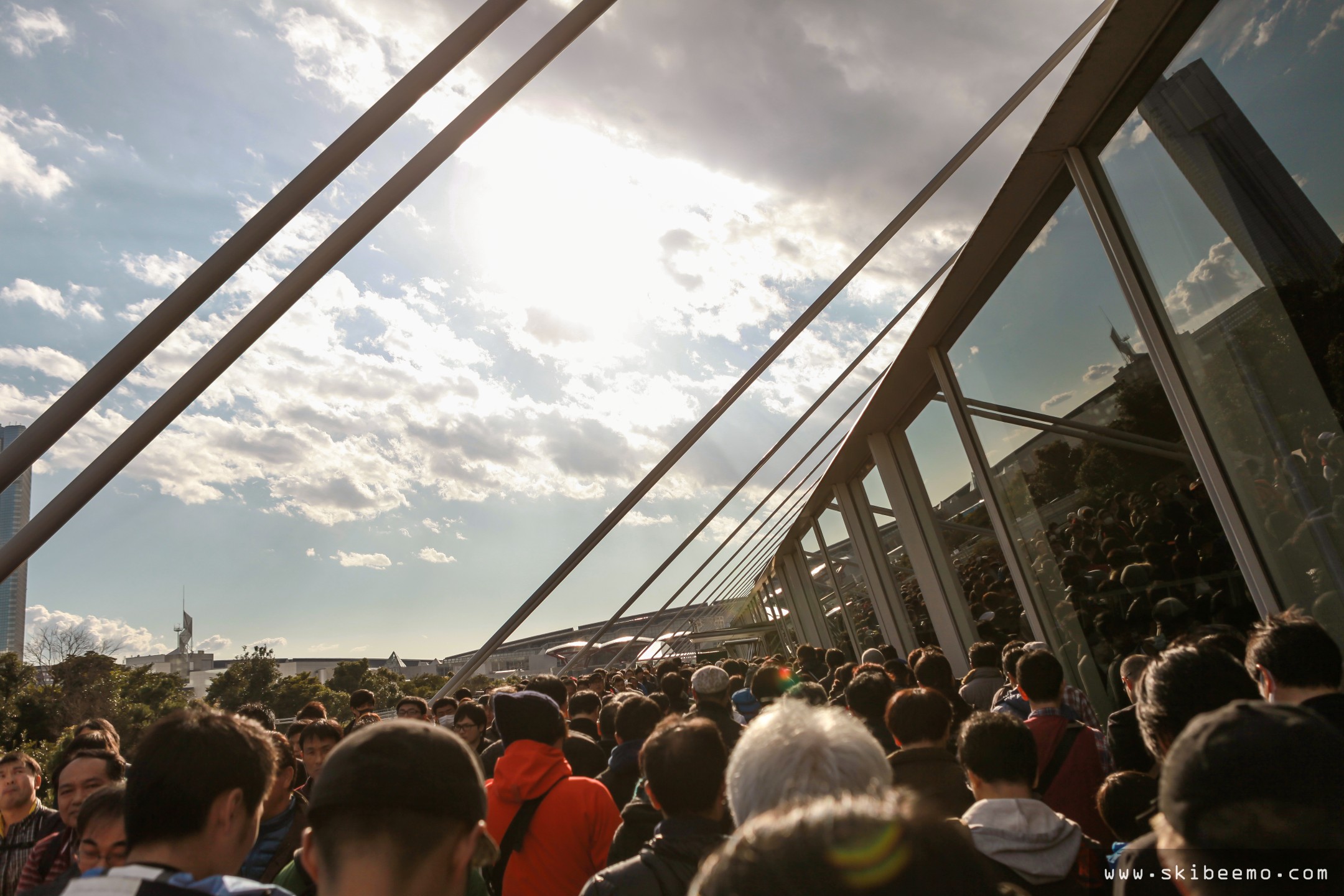
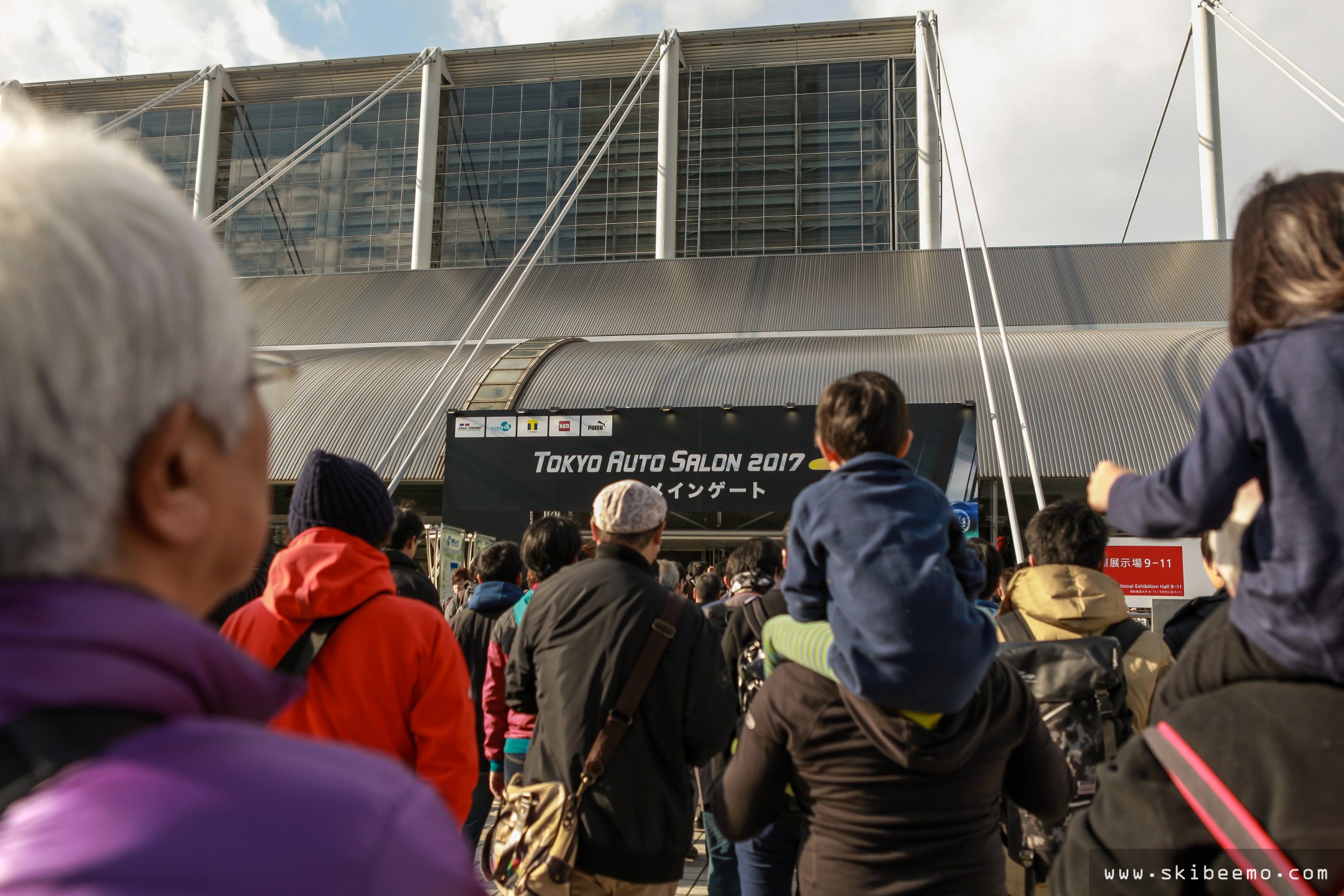
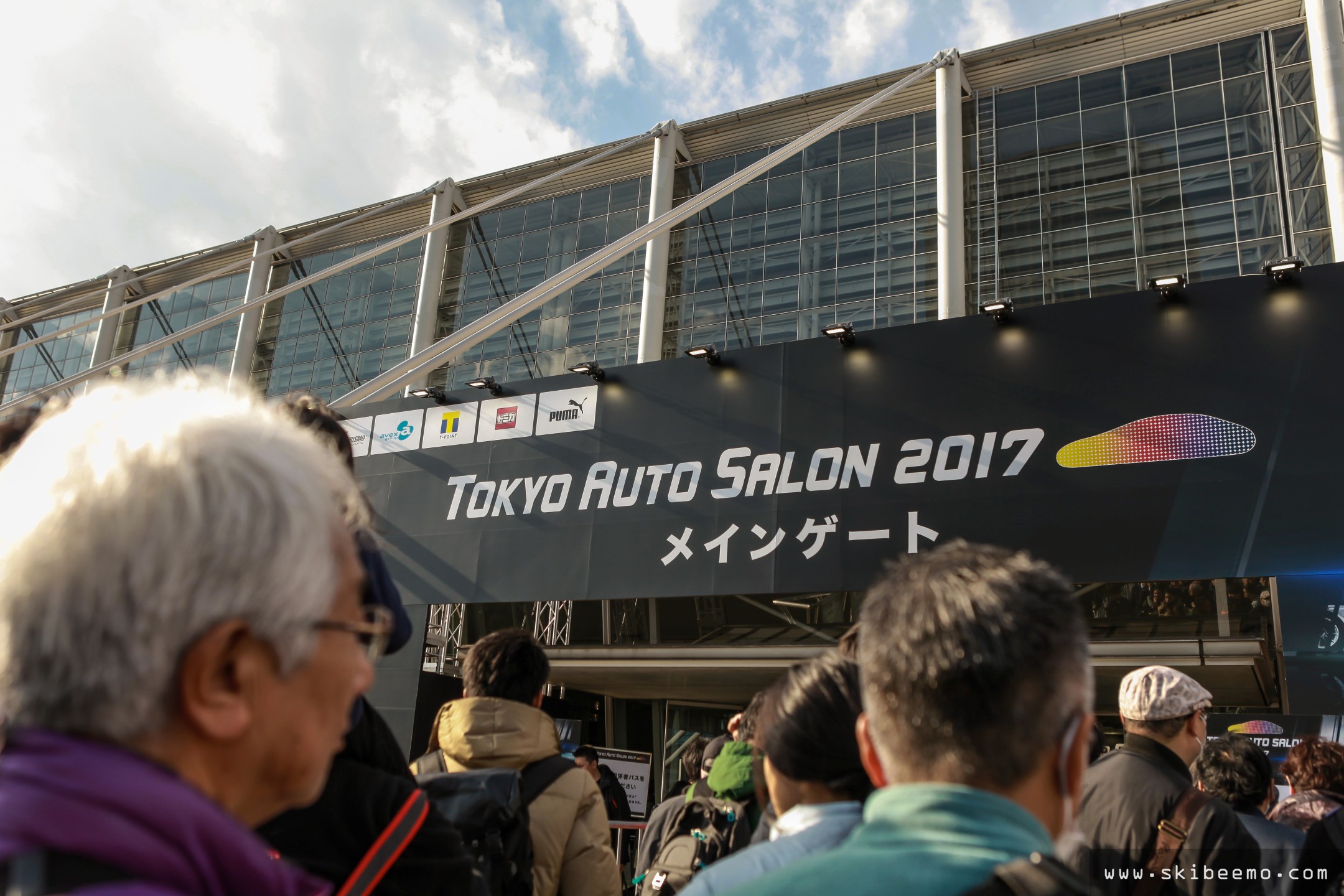
After a grueling one hour wait, I was in and the sheer size of the Makkuhari Messe became very visible. Jammed packed across 11 individuals halls, divided and combined into 4 separate larger halls I became overwhelmed. Enthusiastically and excitedly overwhelmed.
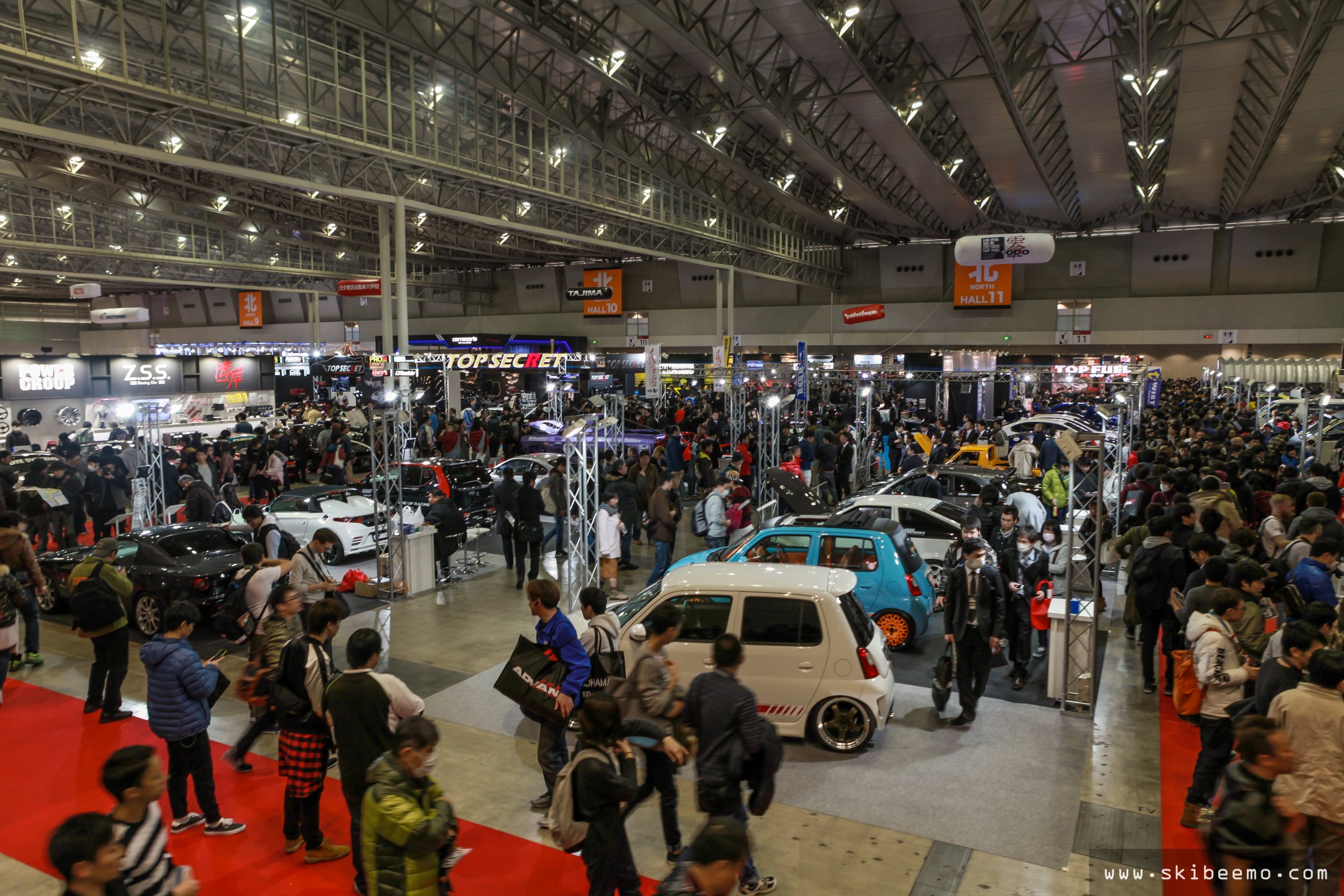
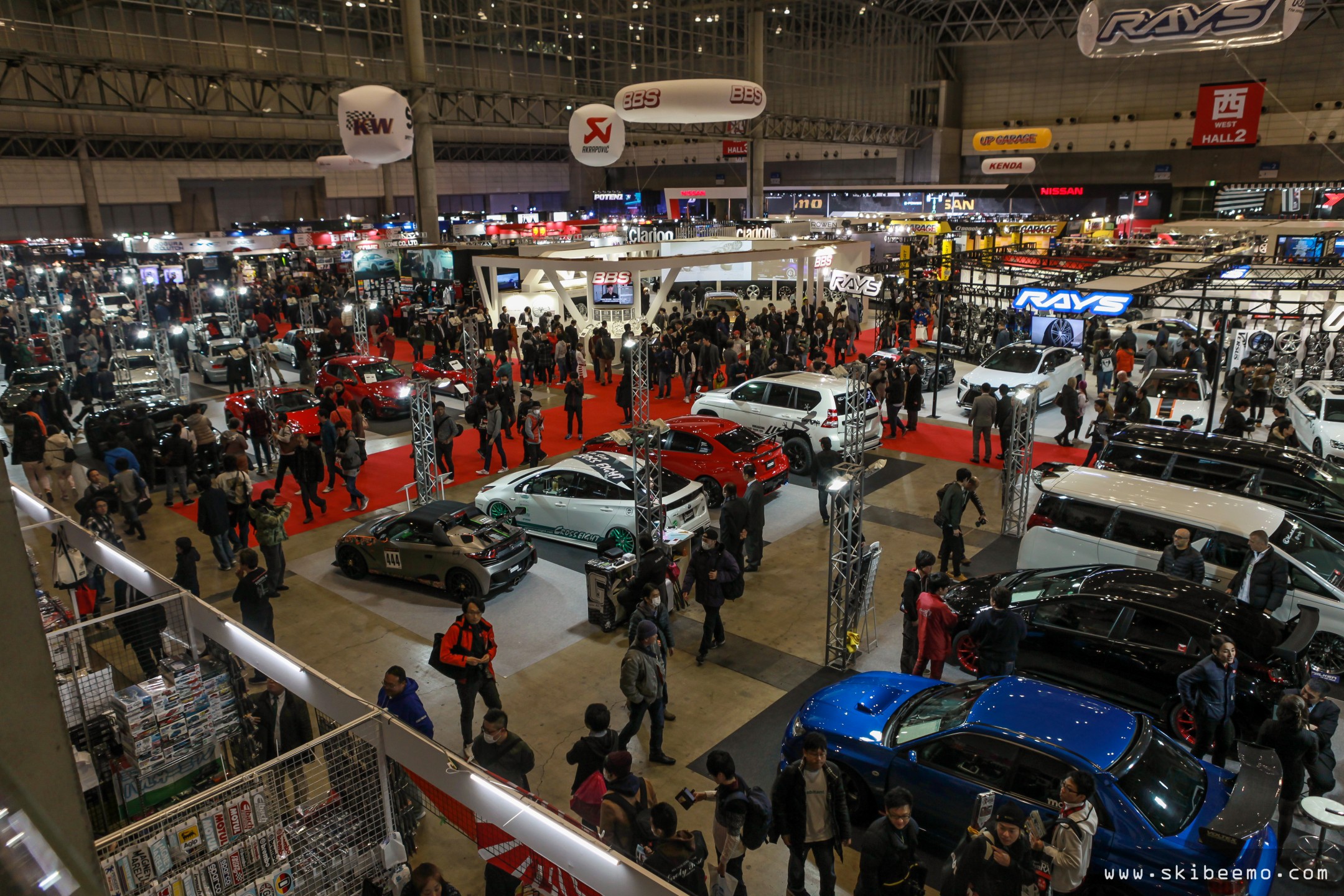
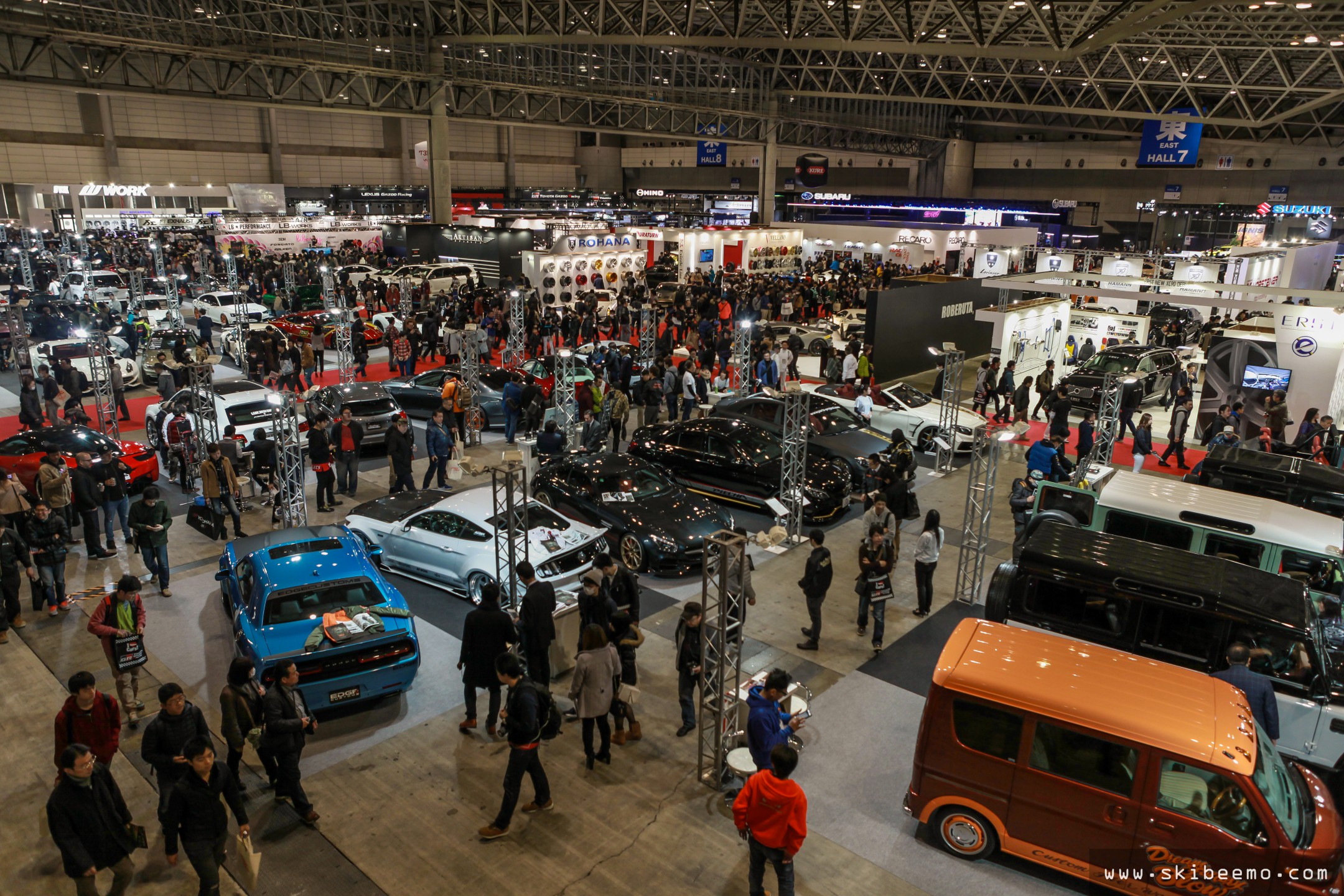
Tuned cars and aftermarket parts on display absolutely everywhere. I was in modified-car heaven.
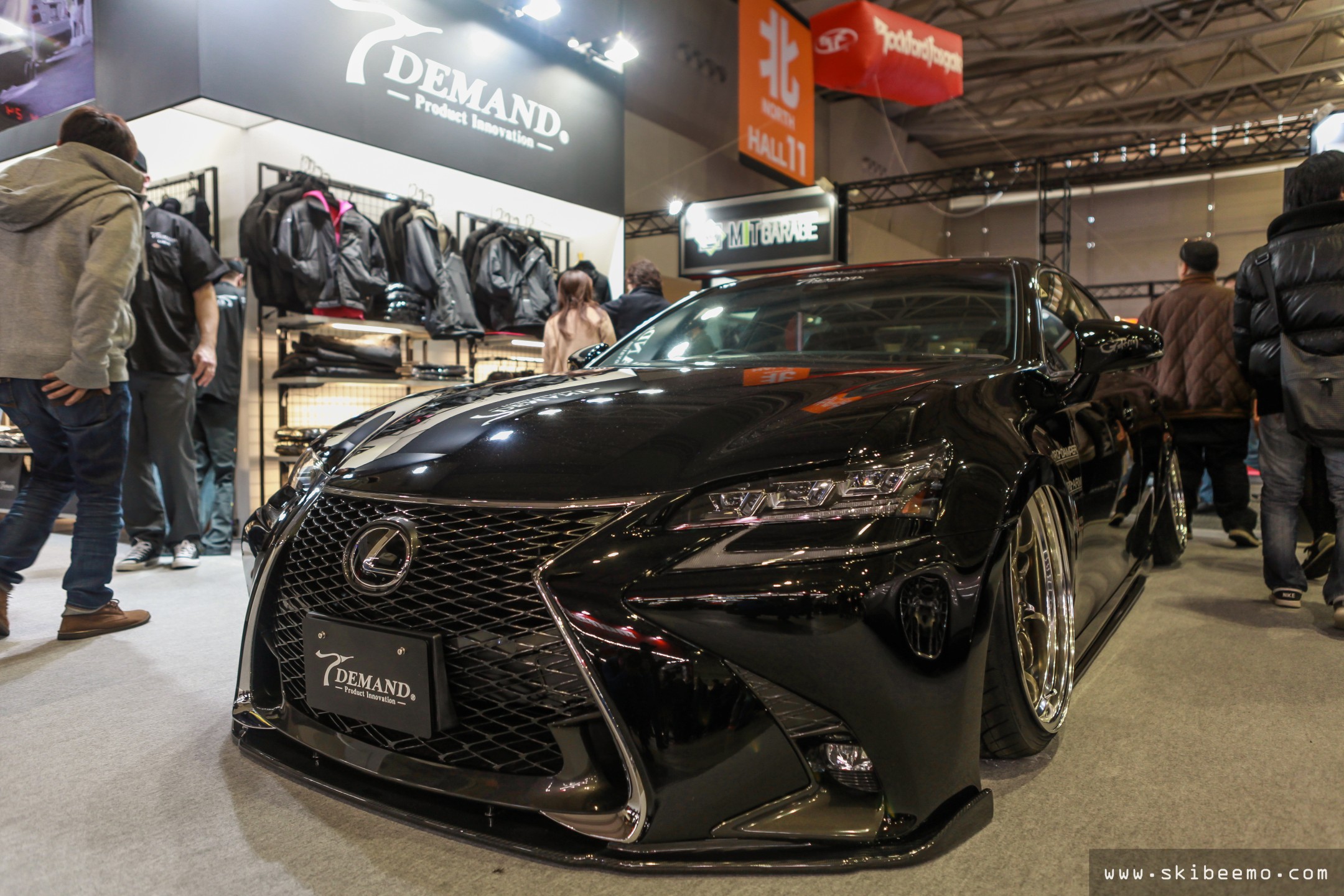
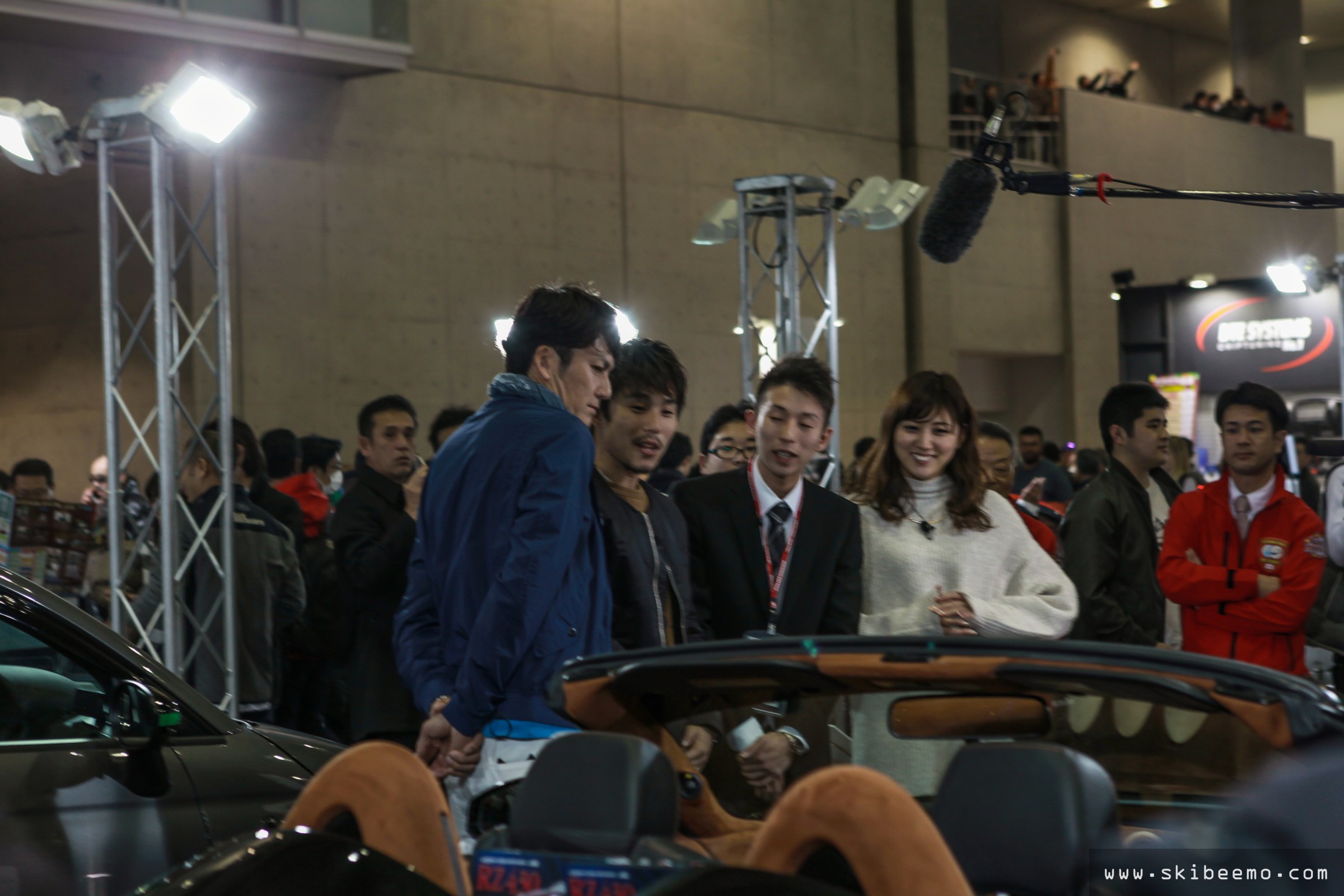
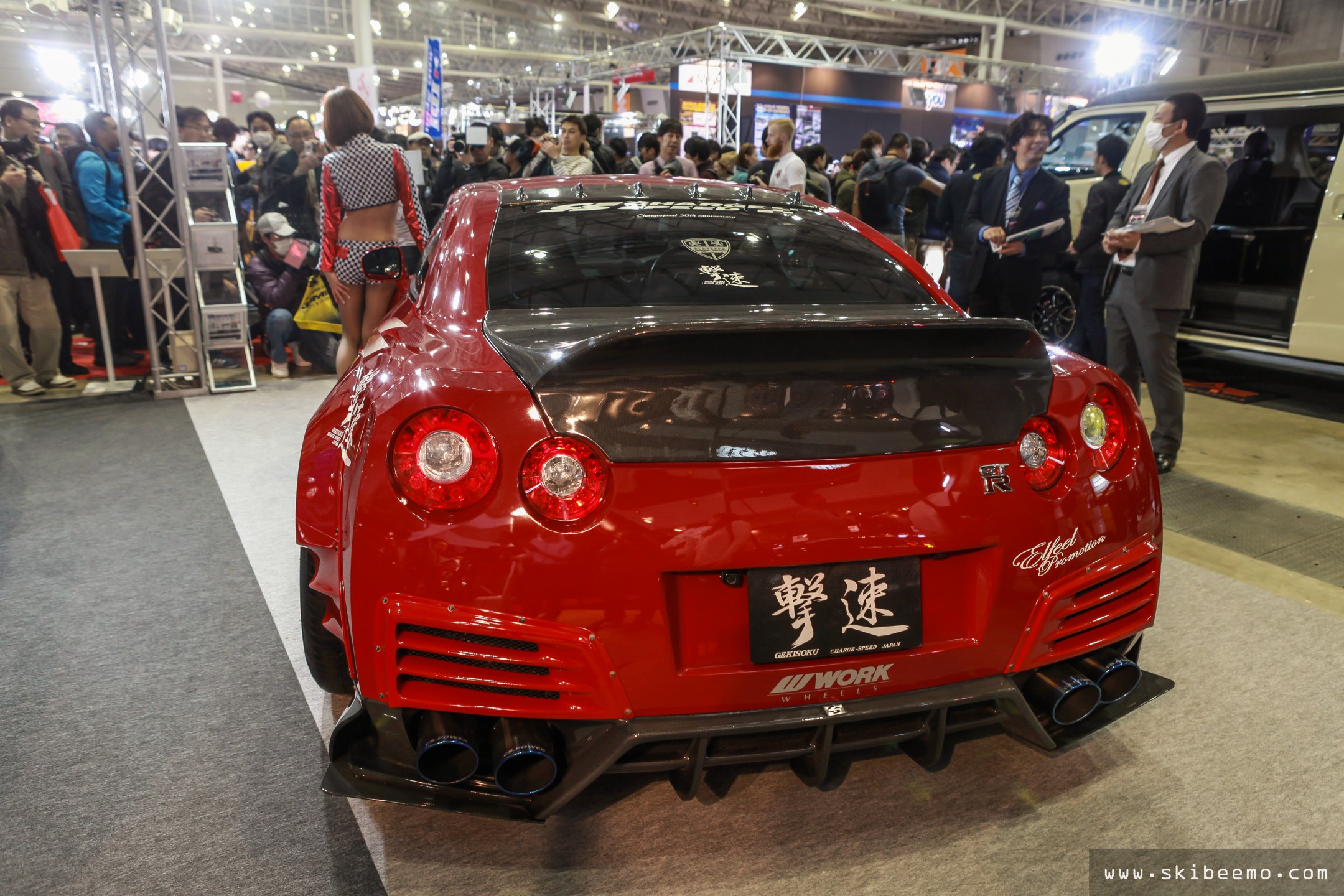
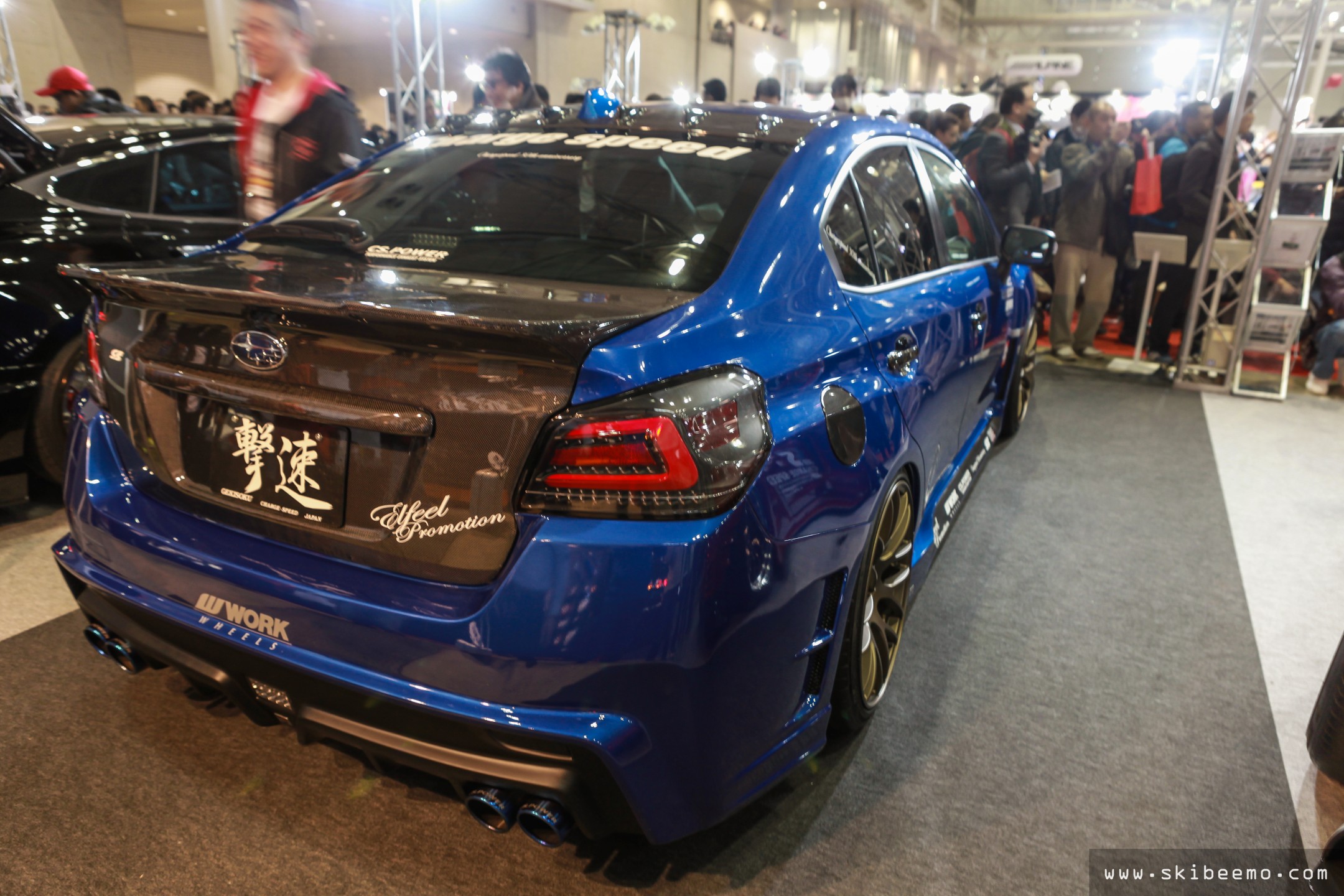
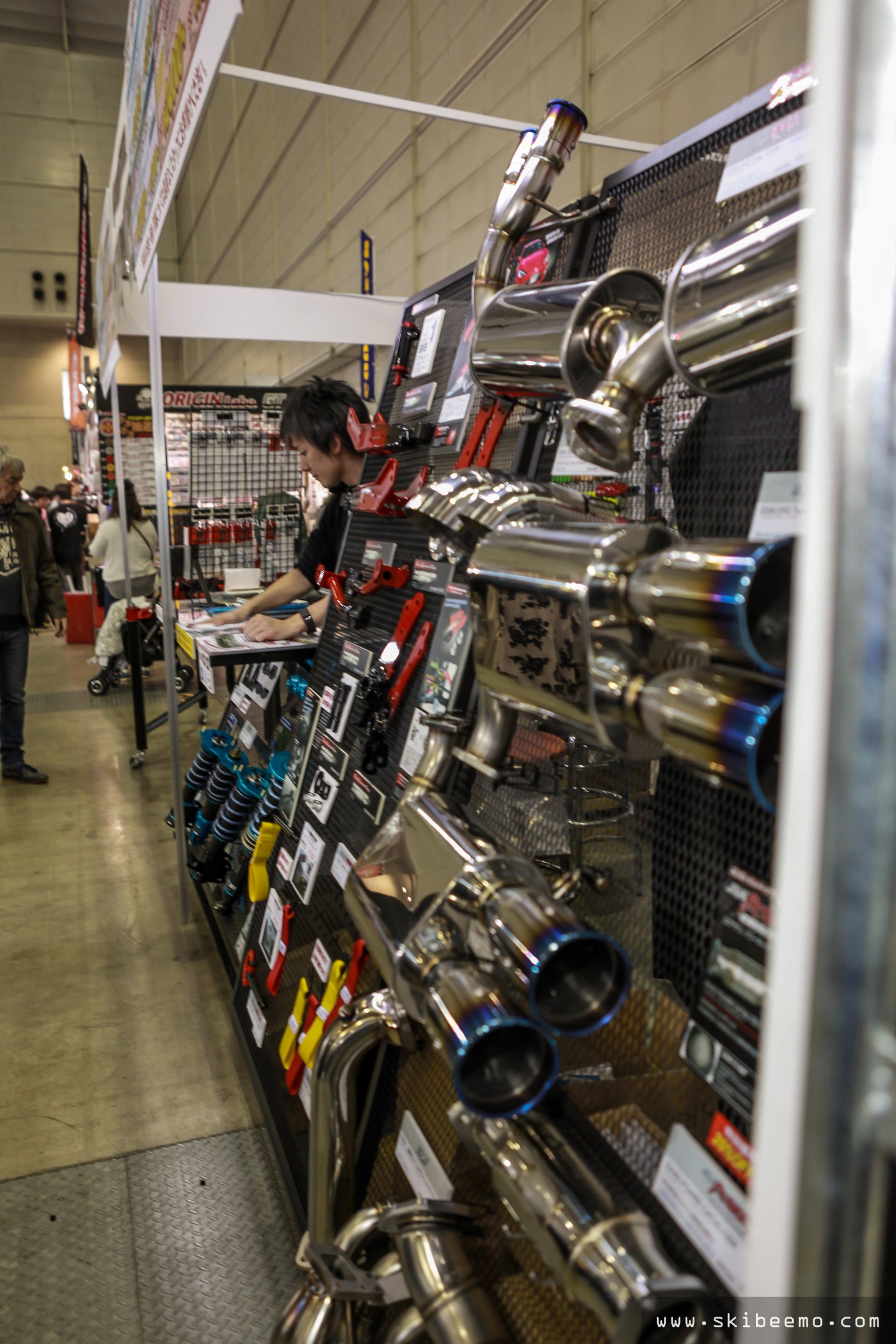
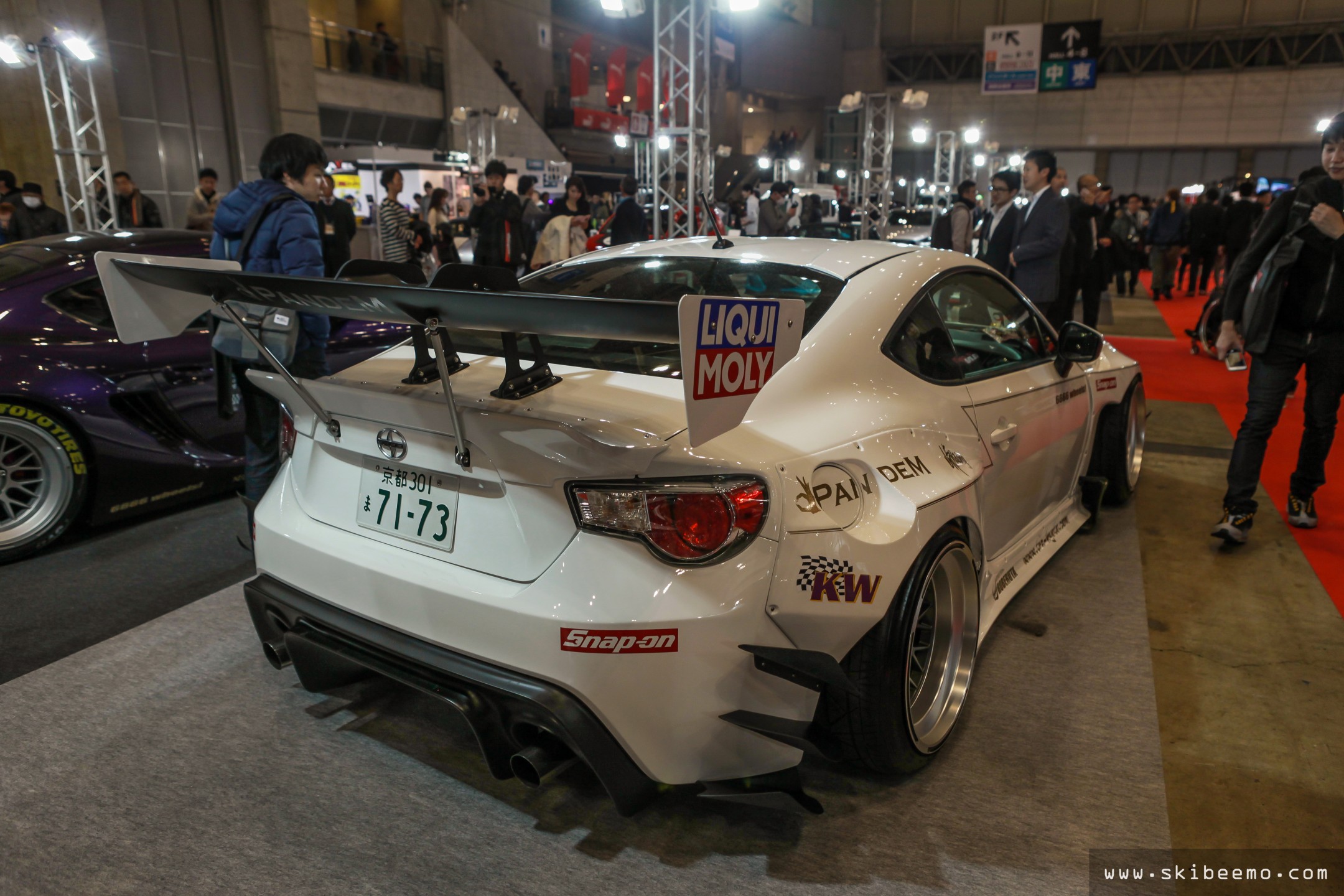
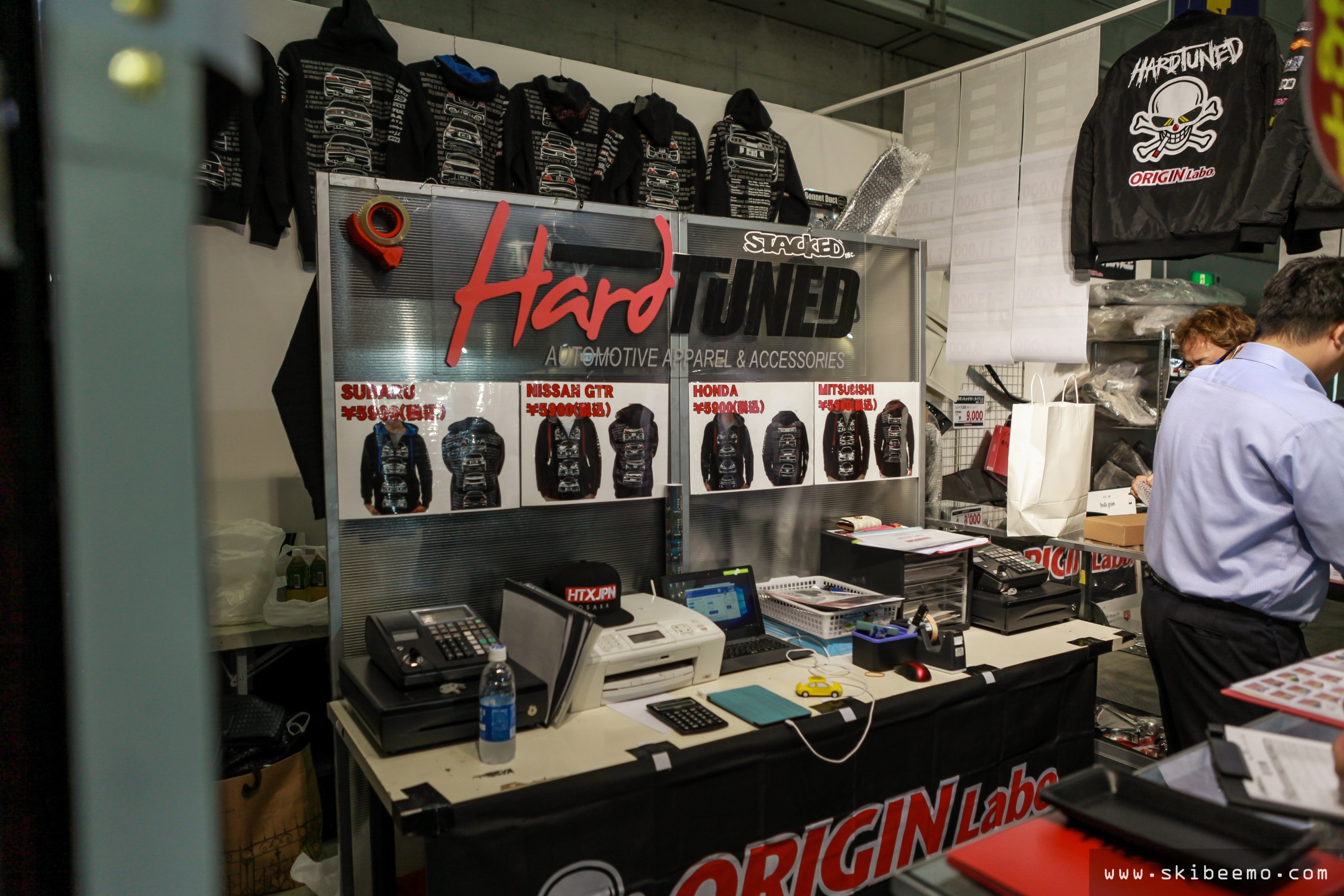
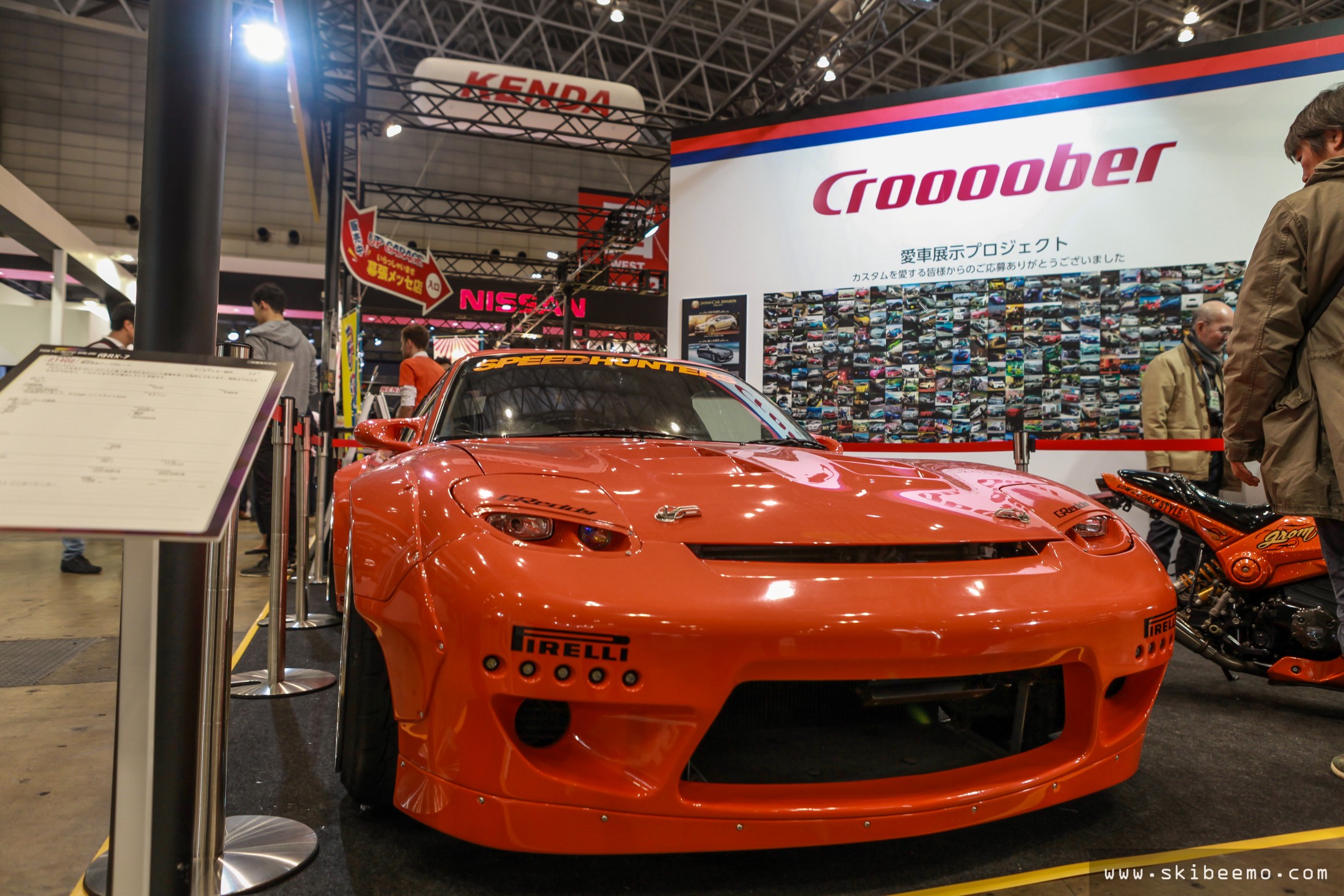
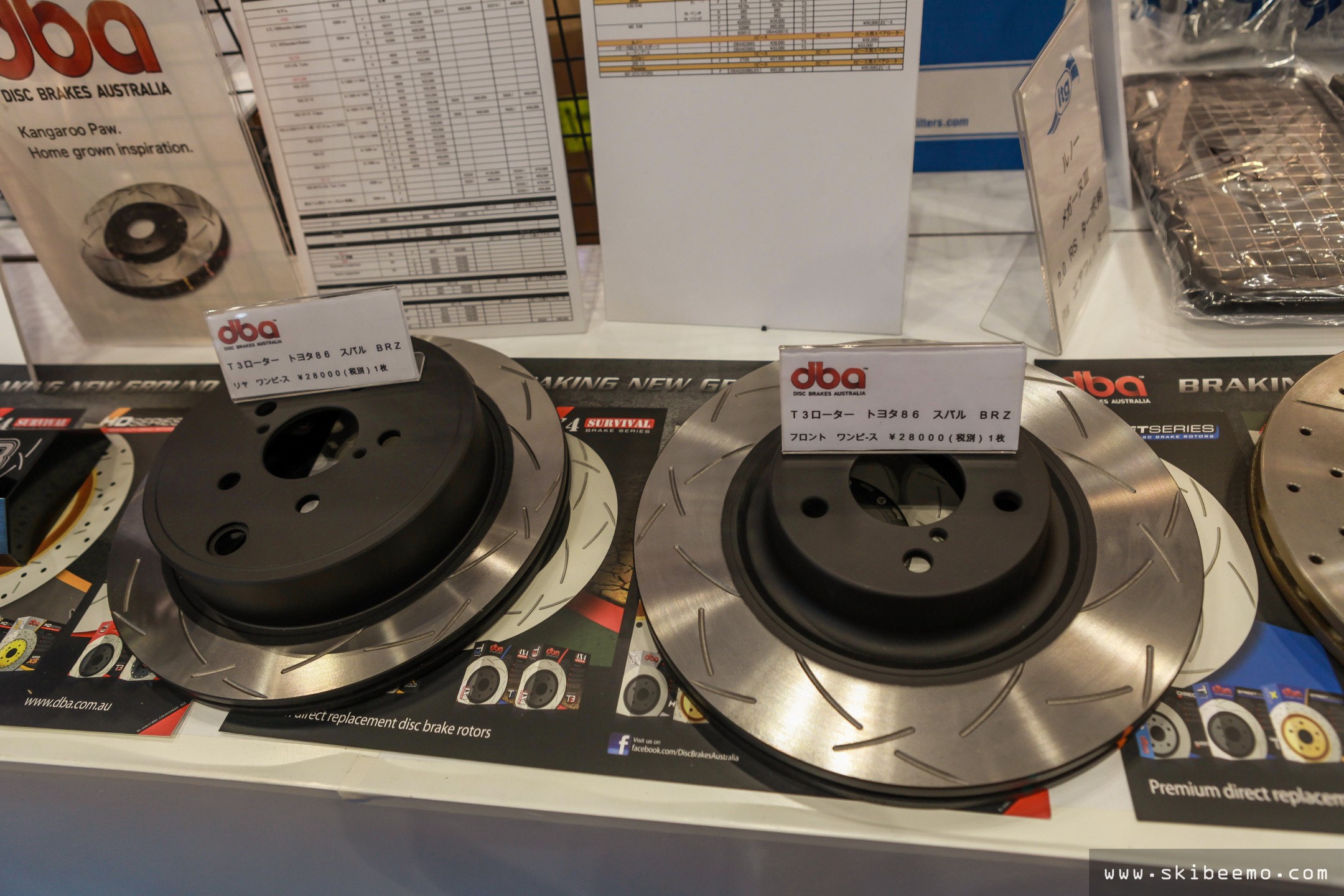
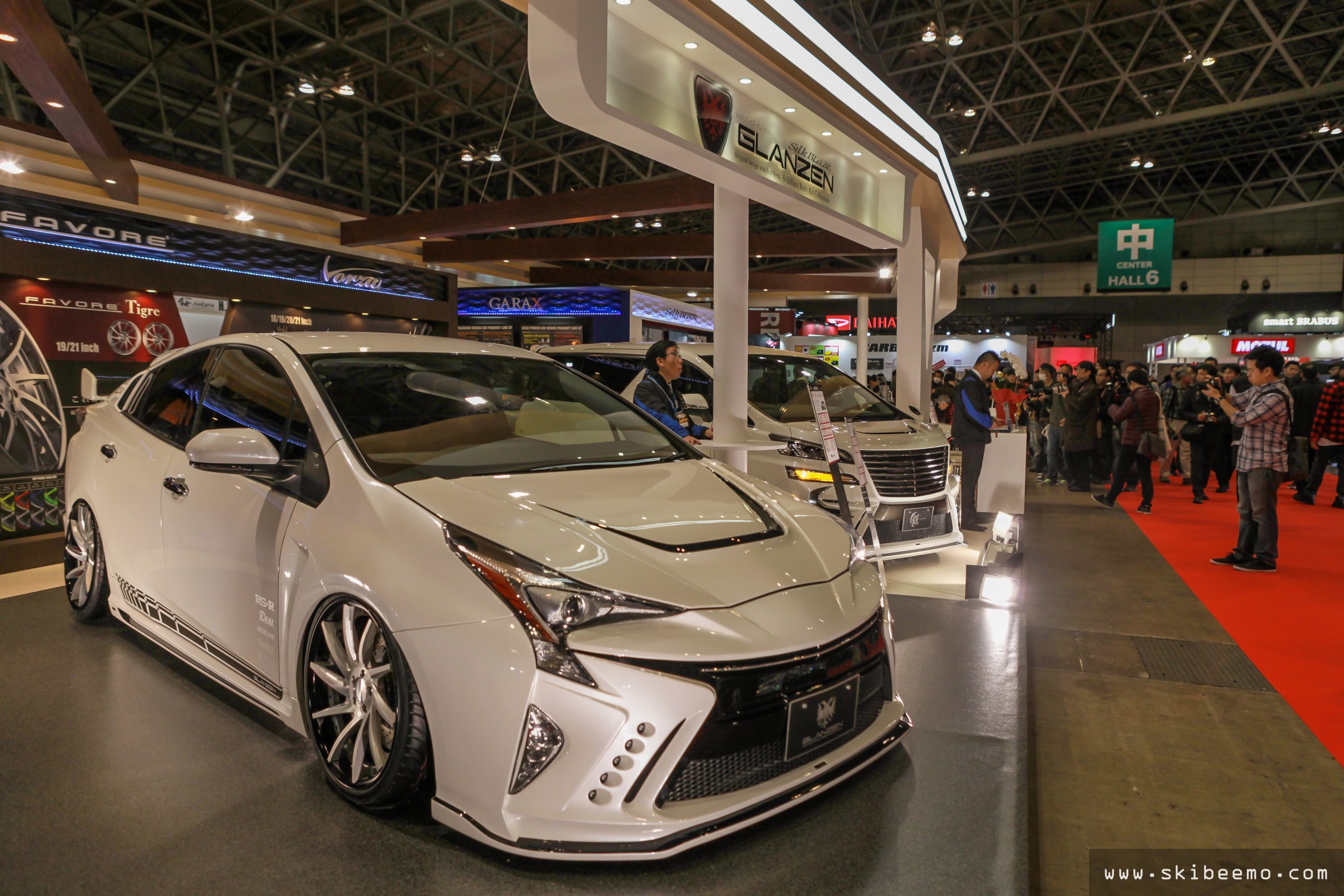
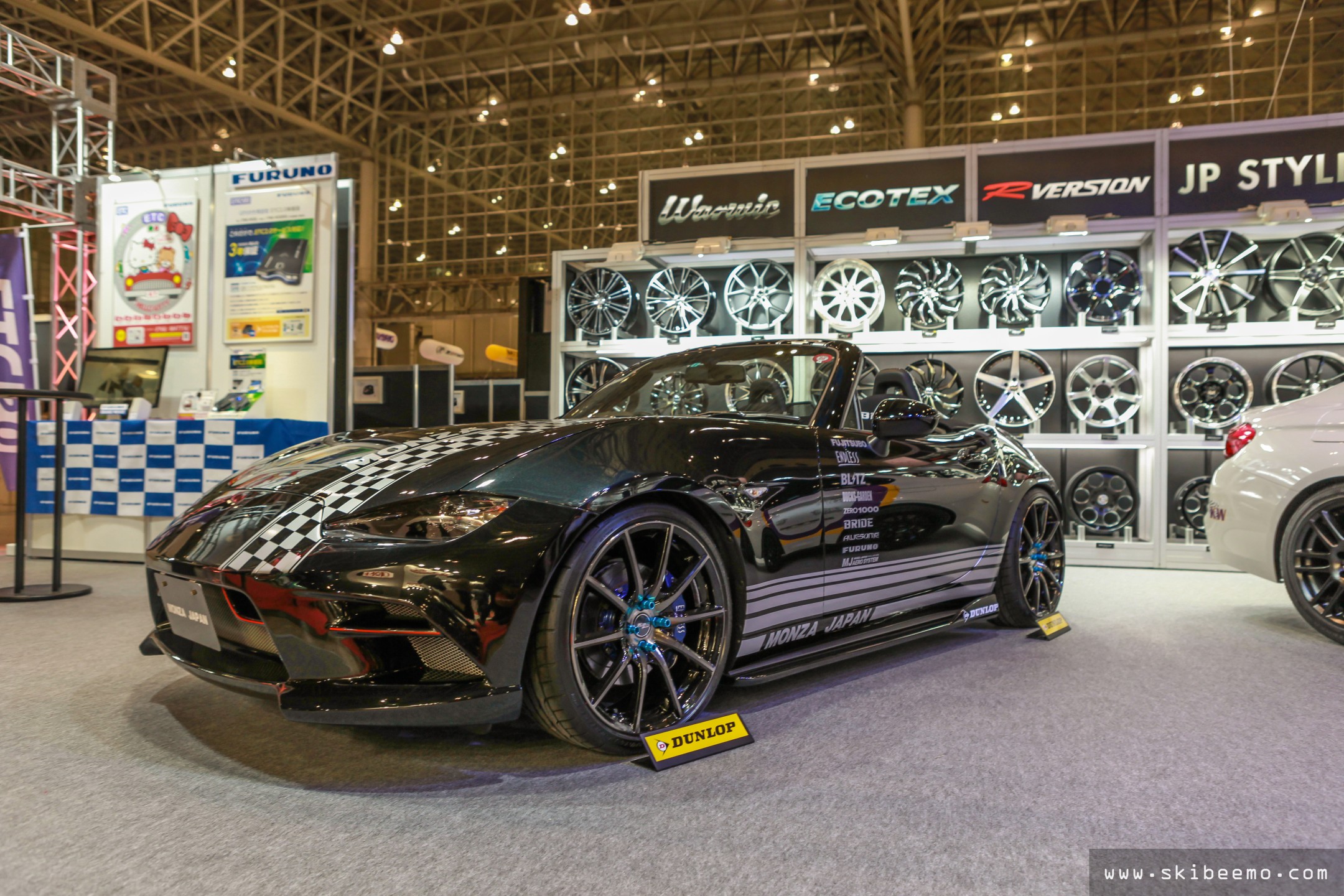
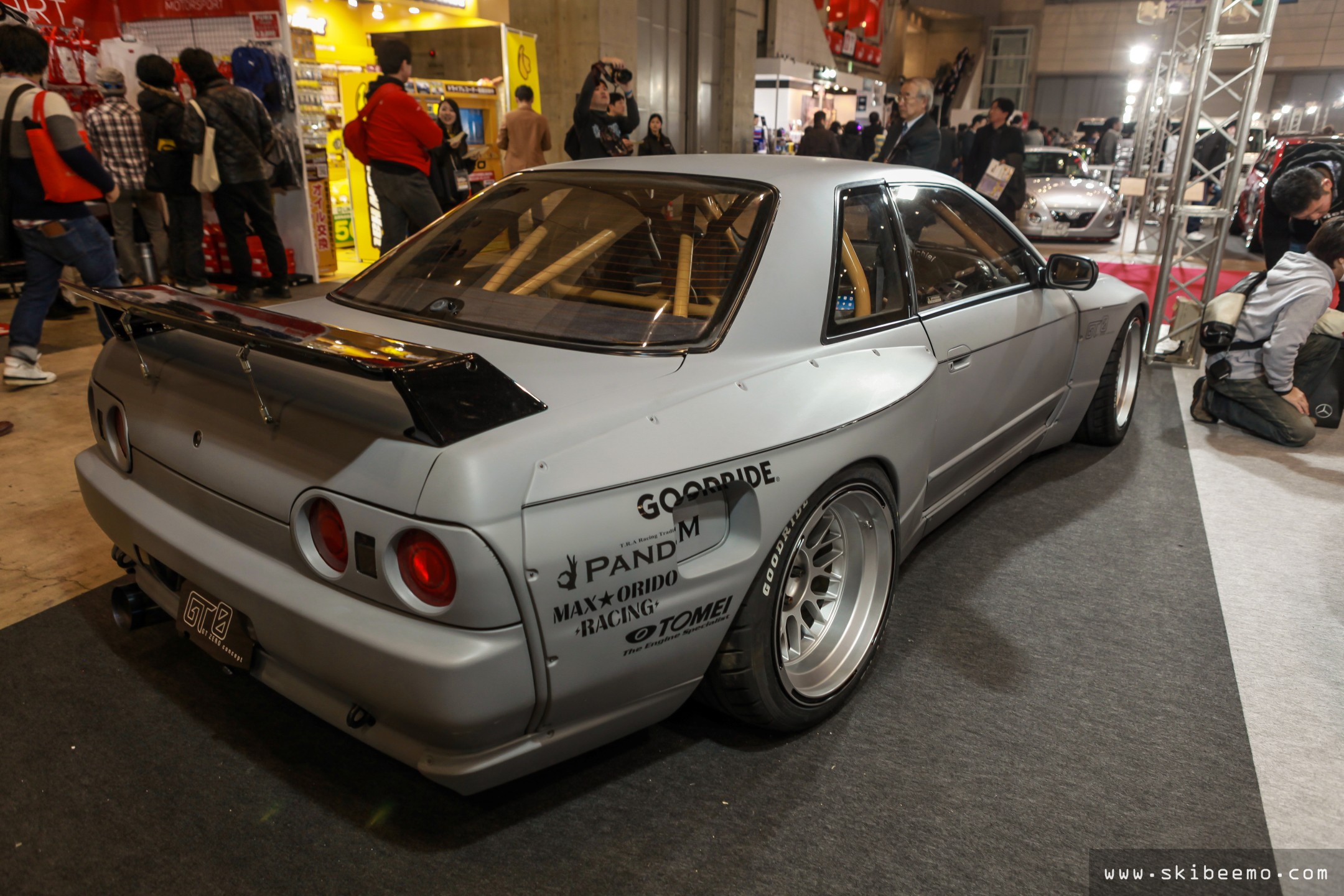
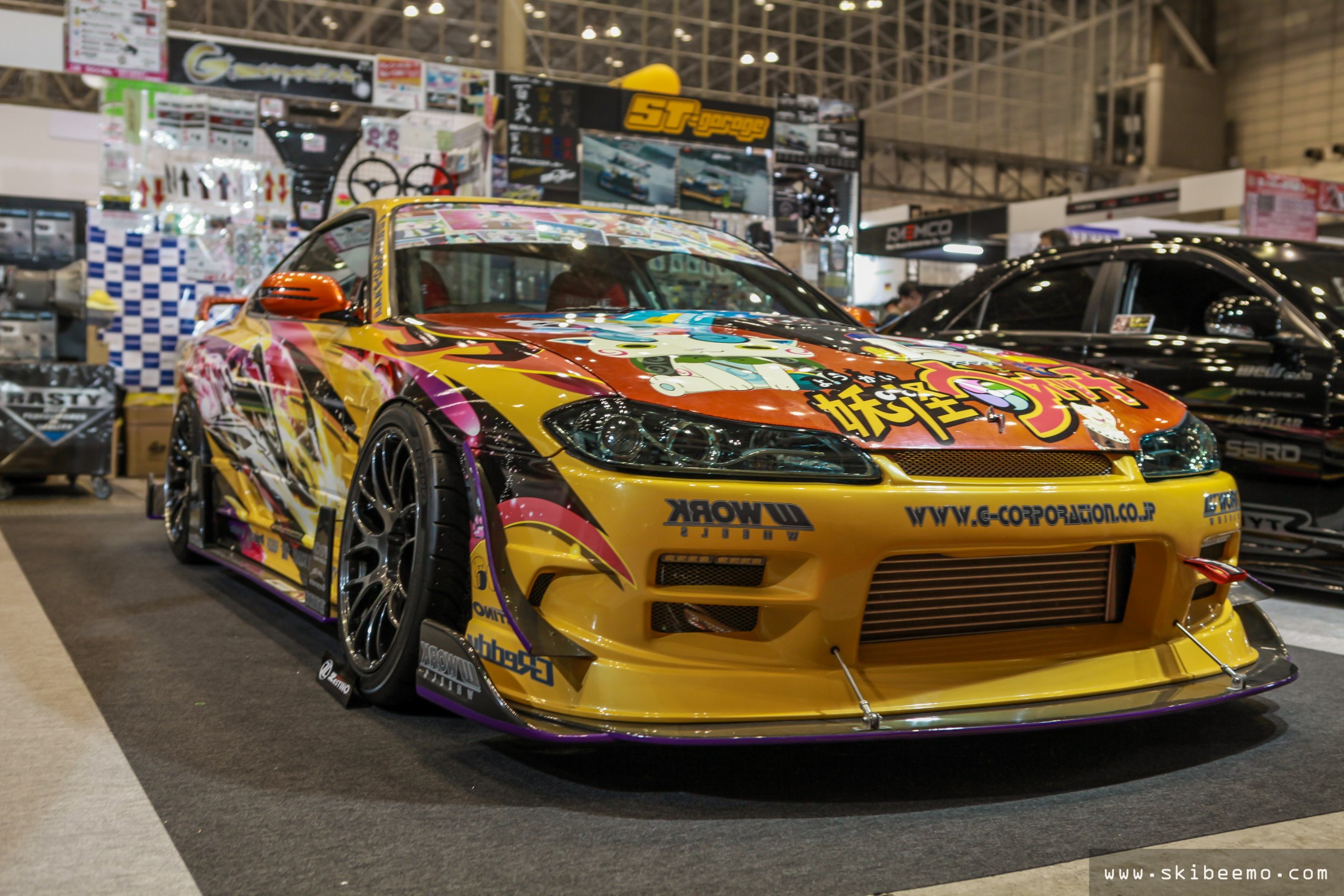
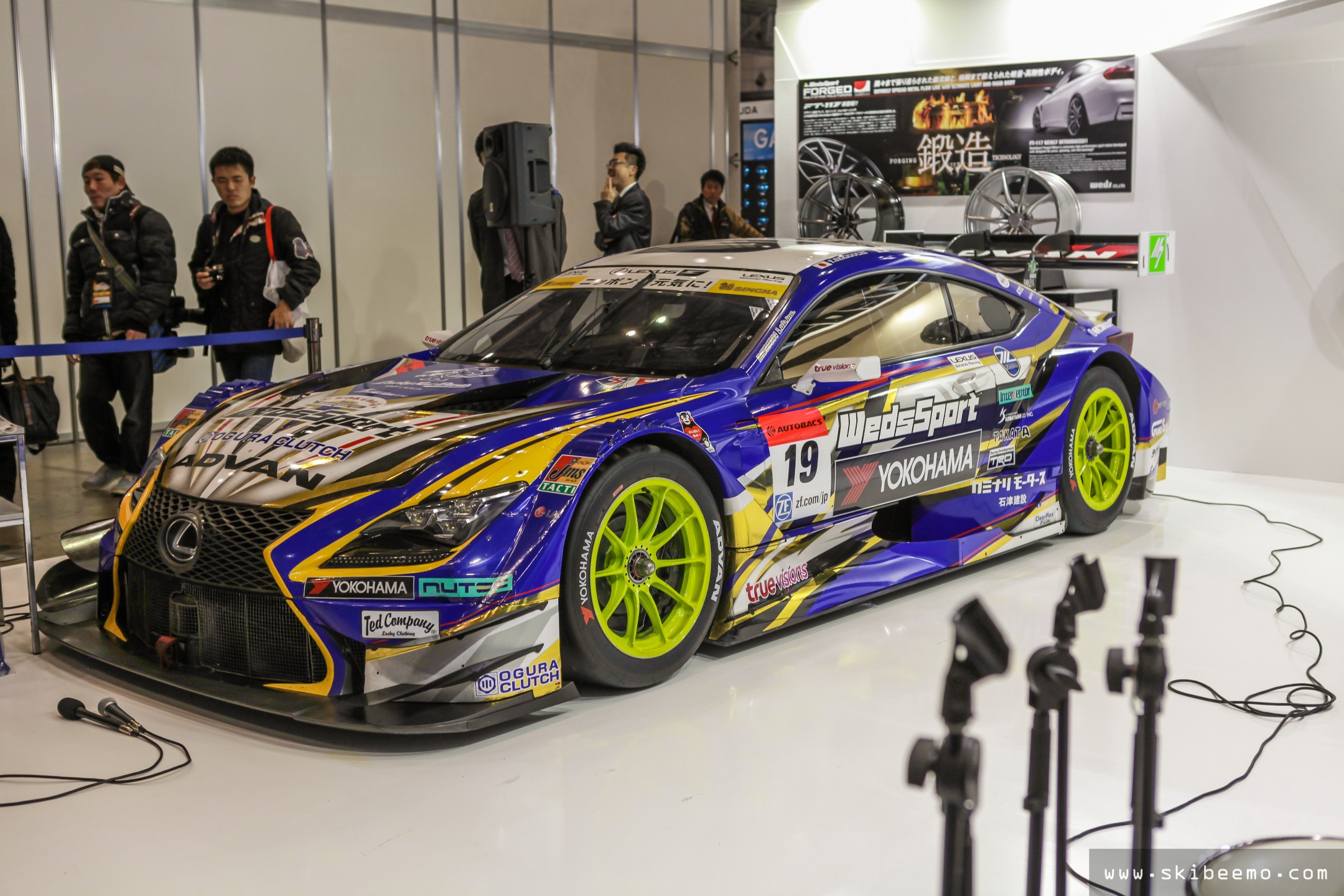
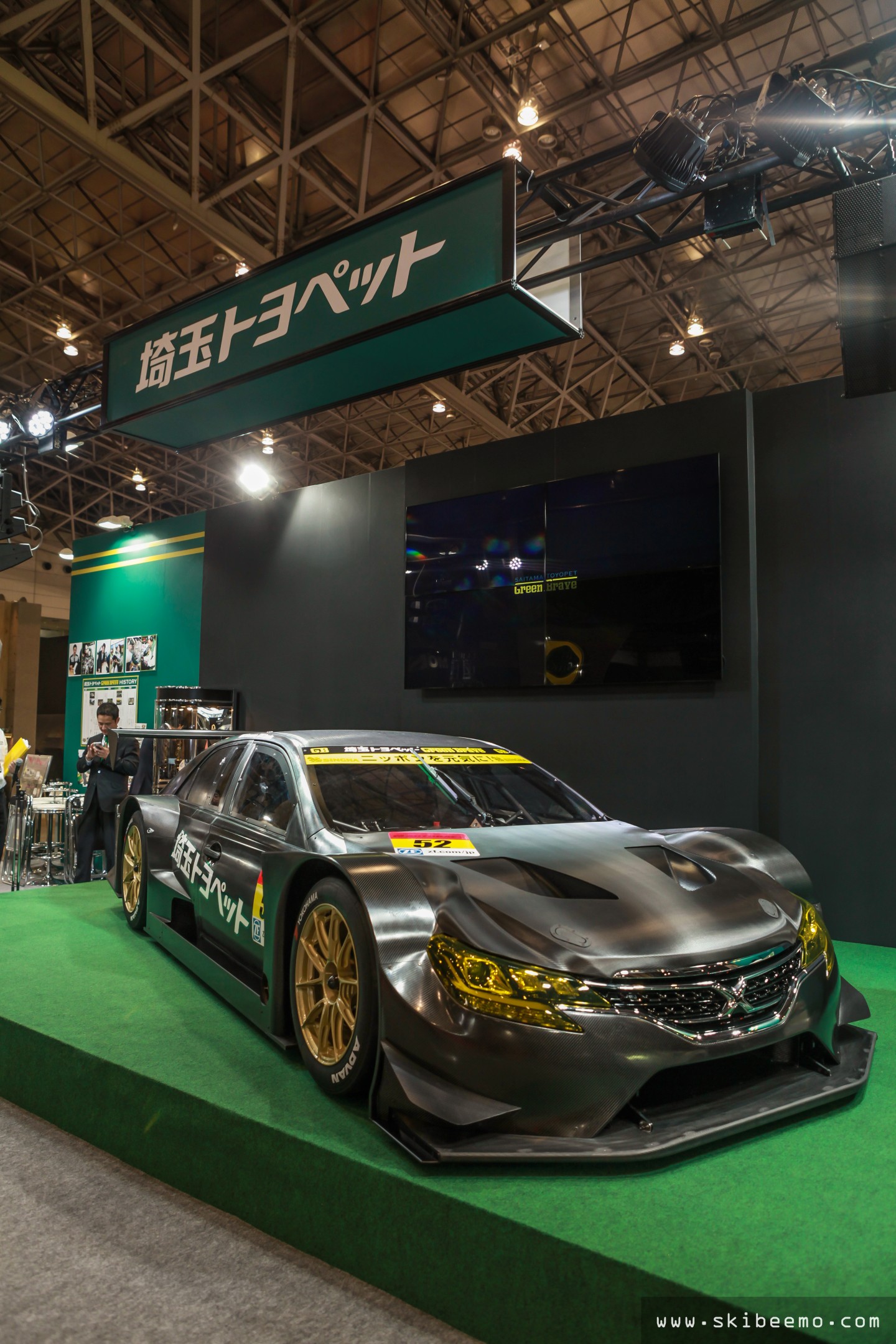
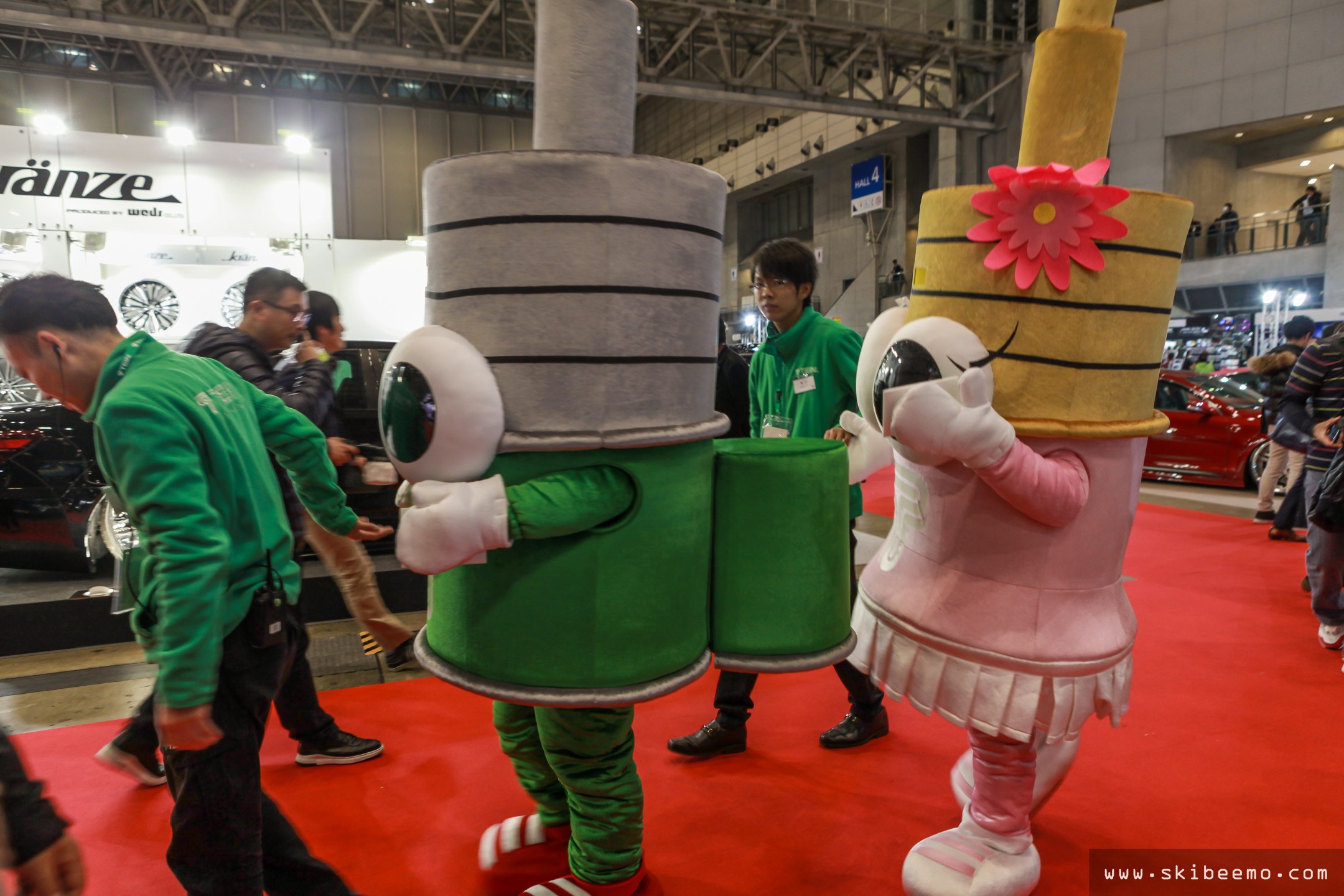
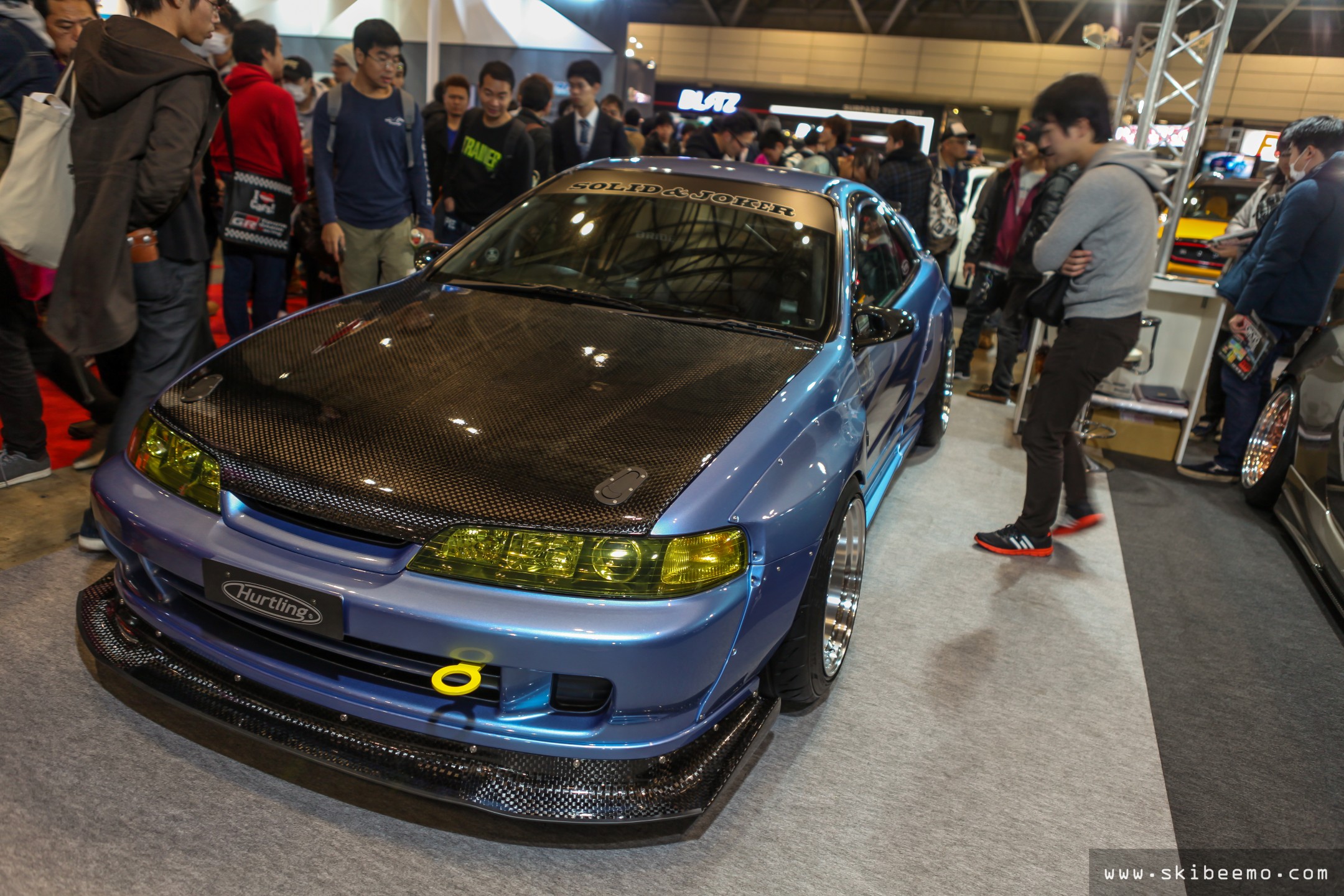
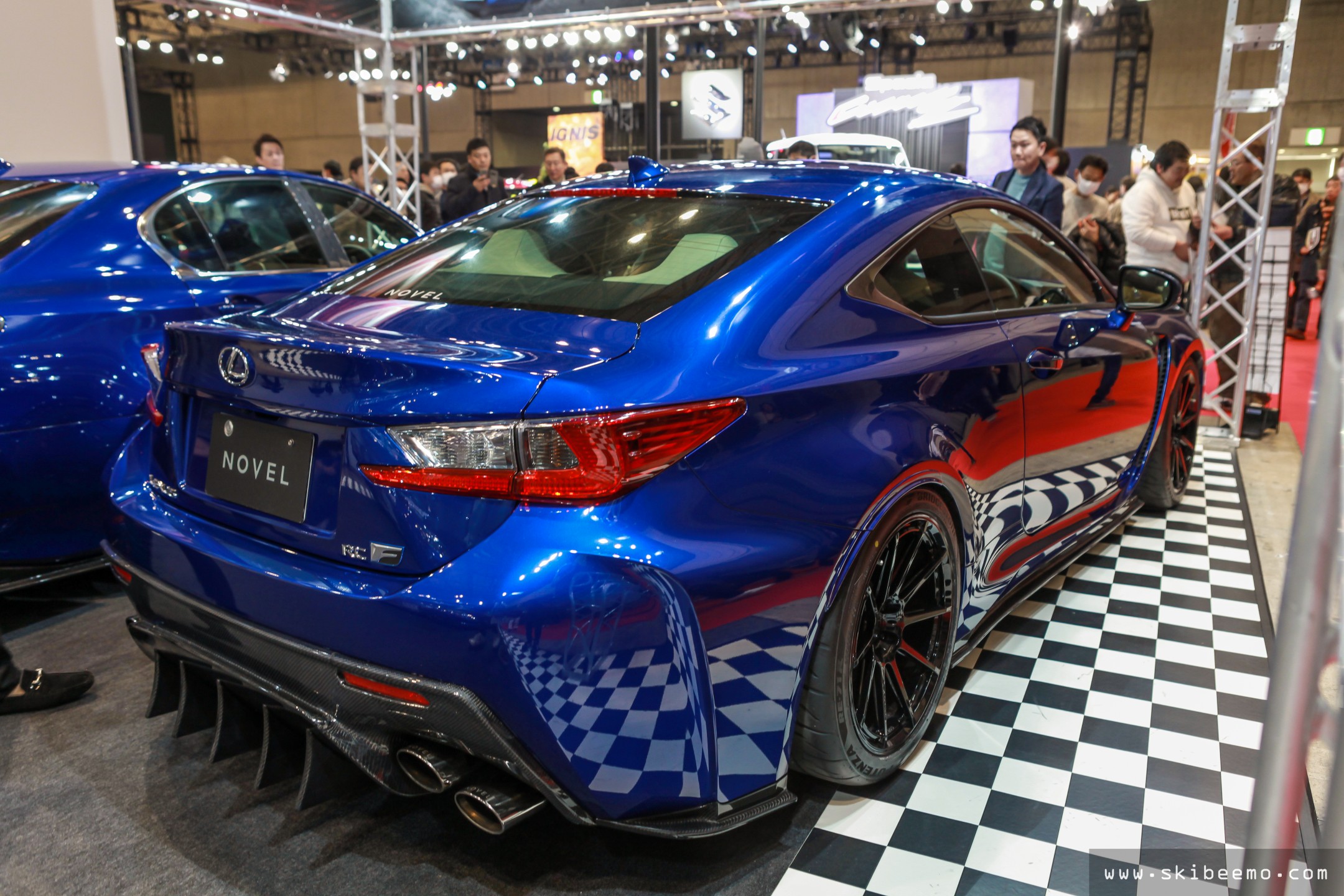
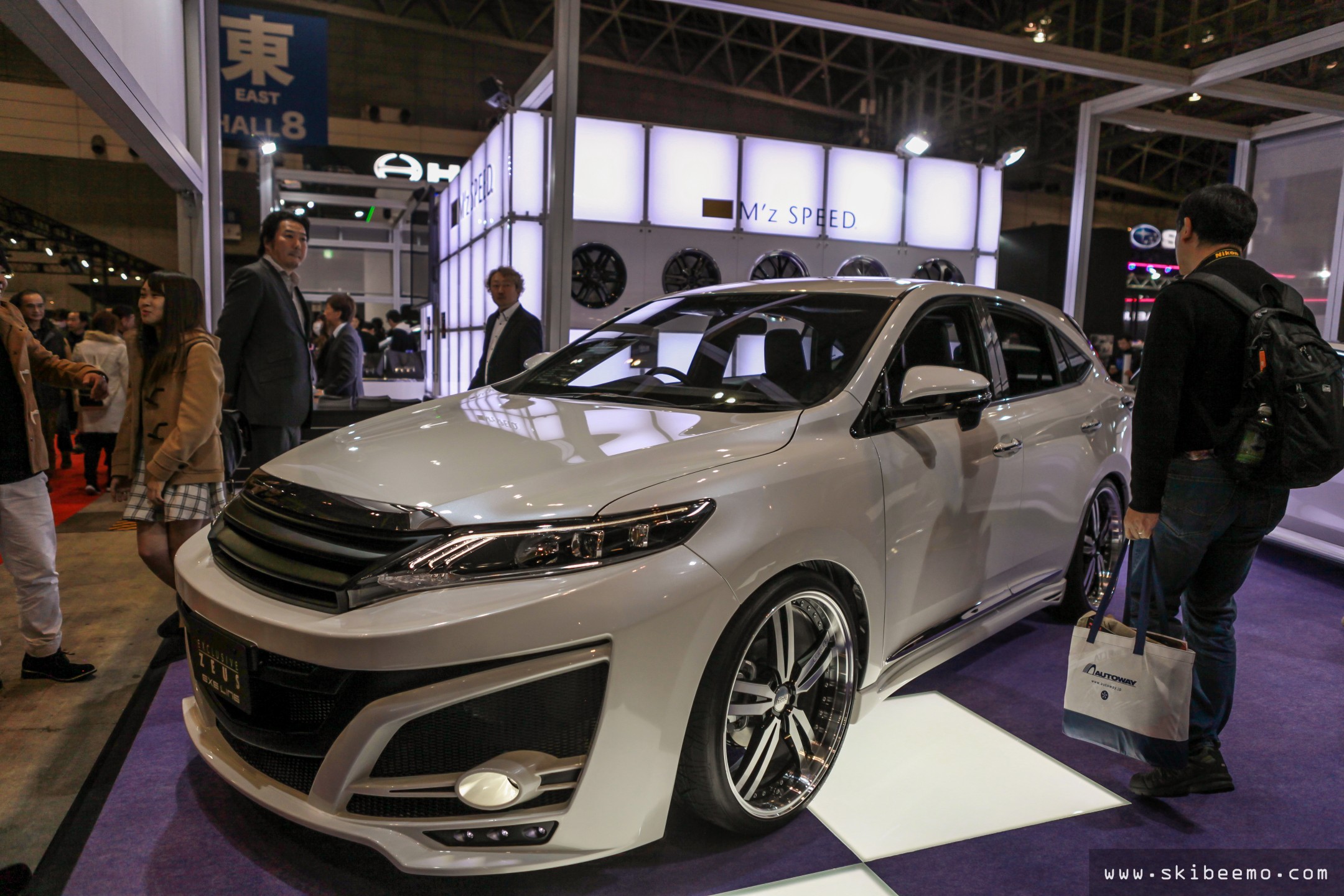
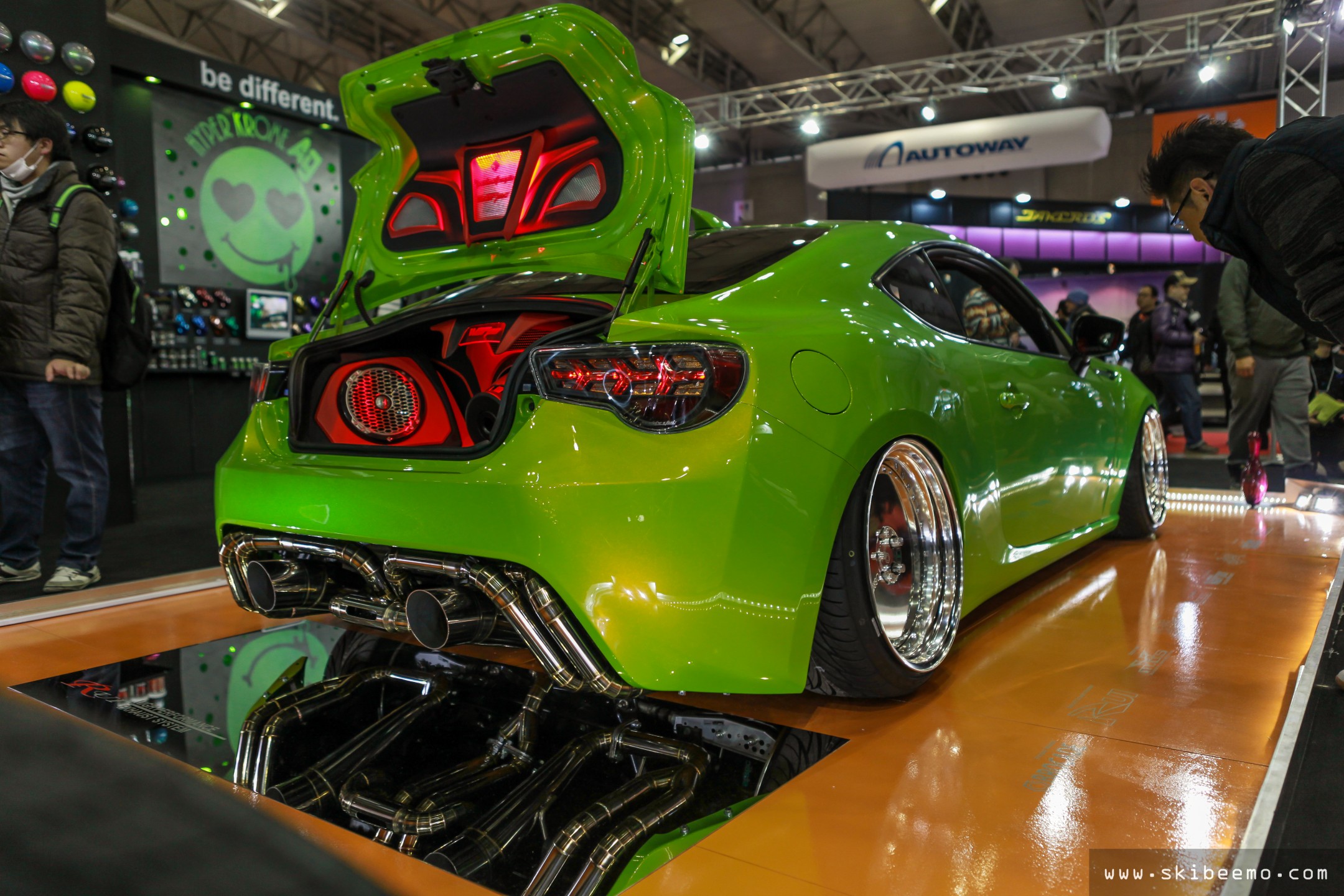
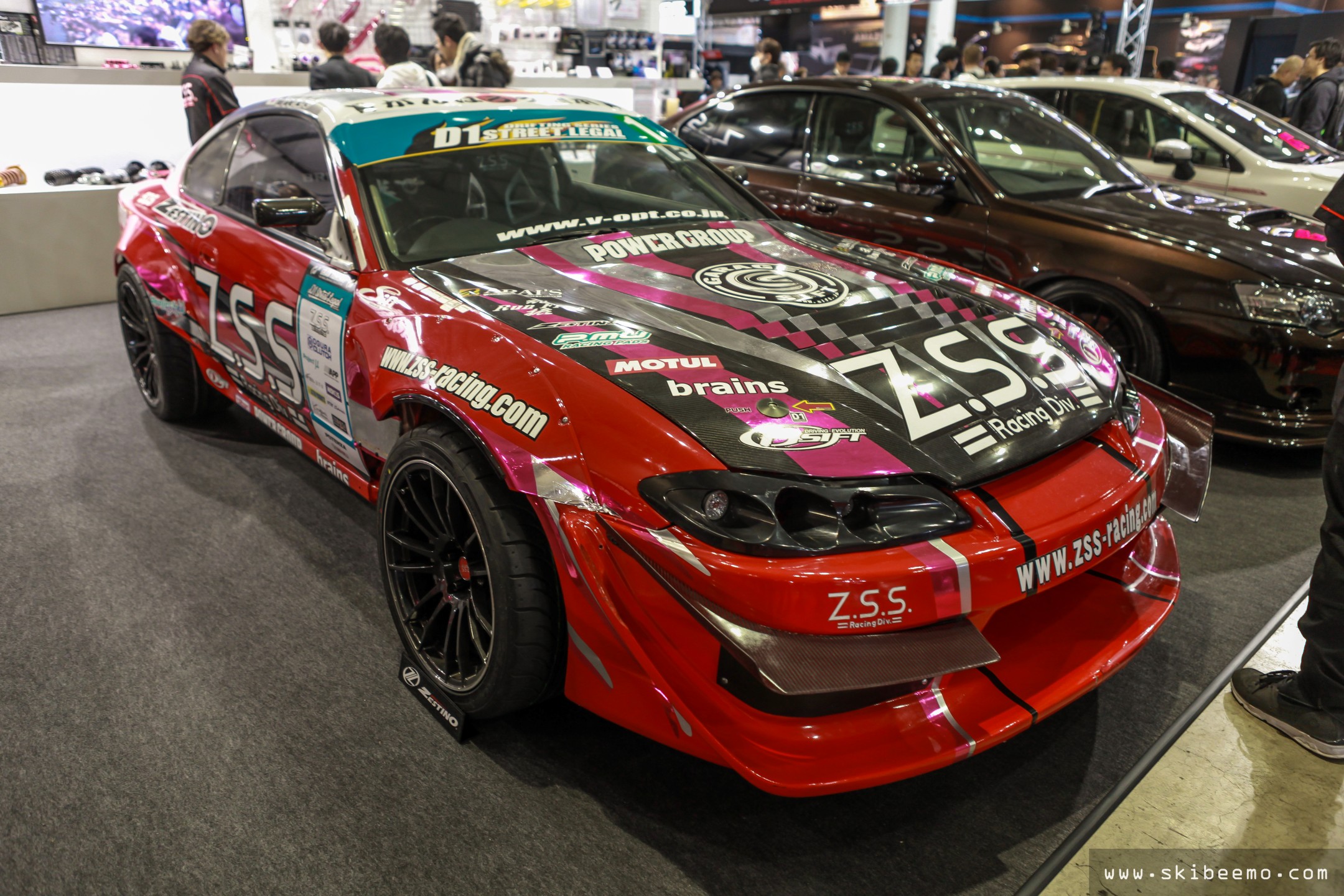
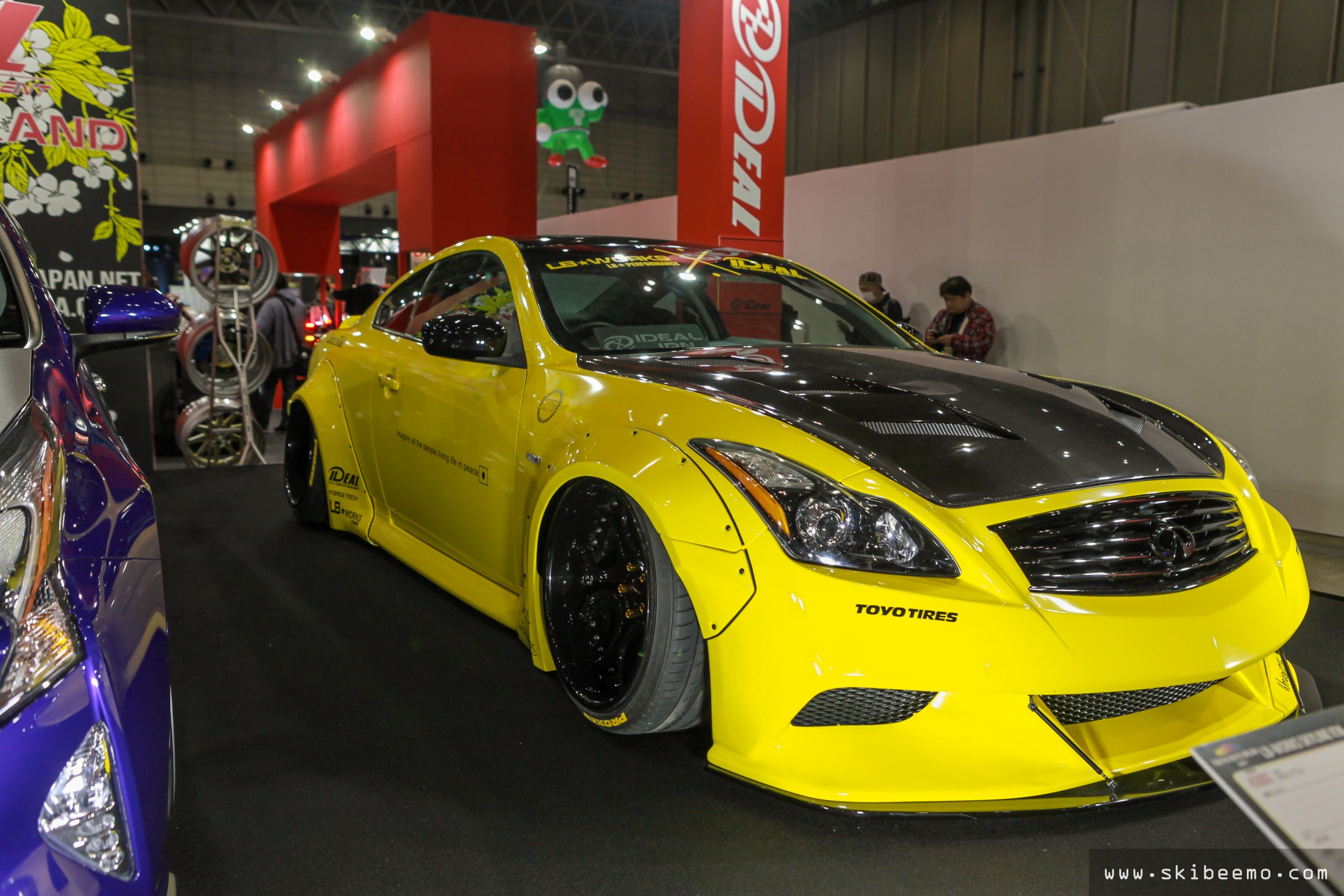
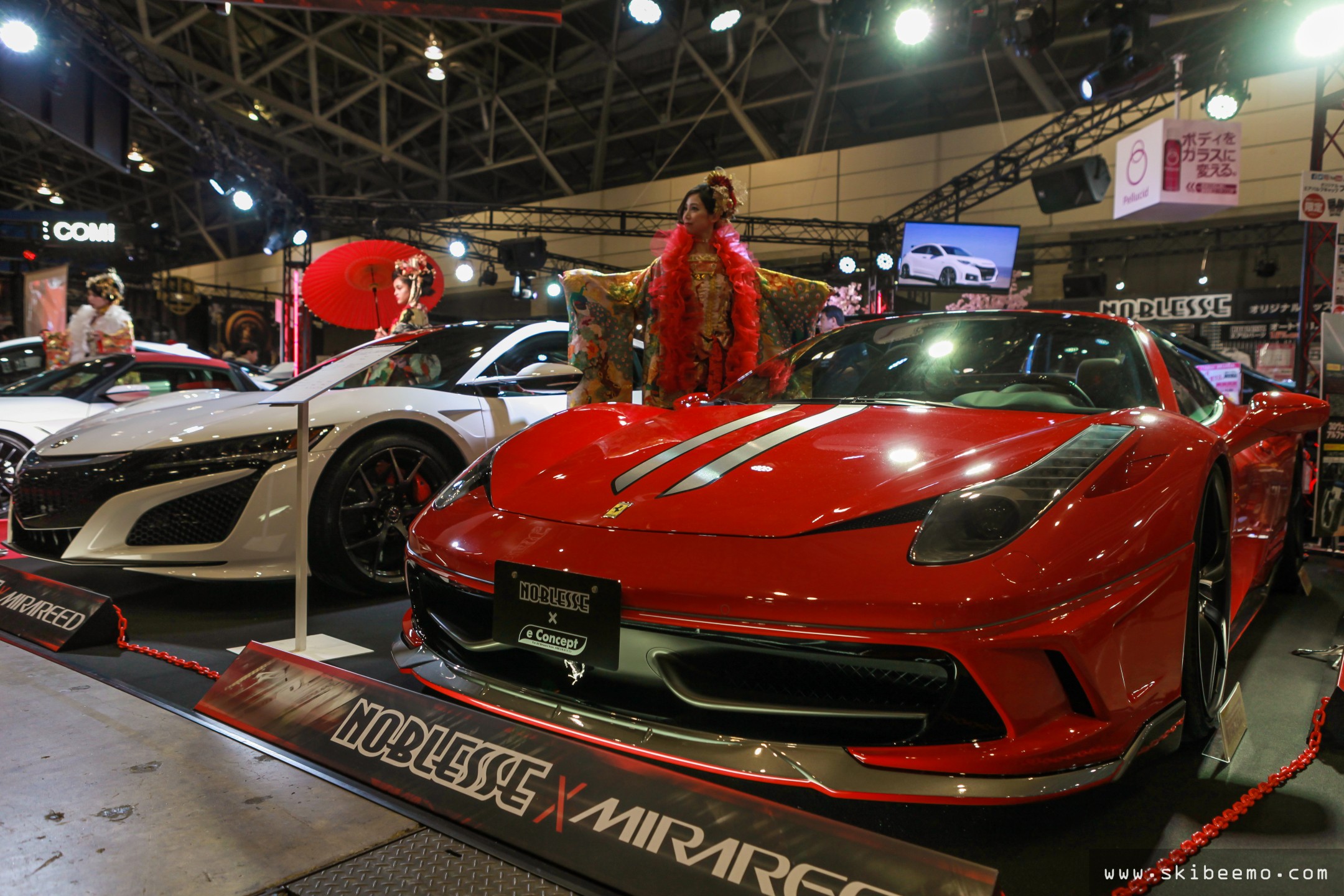
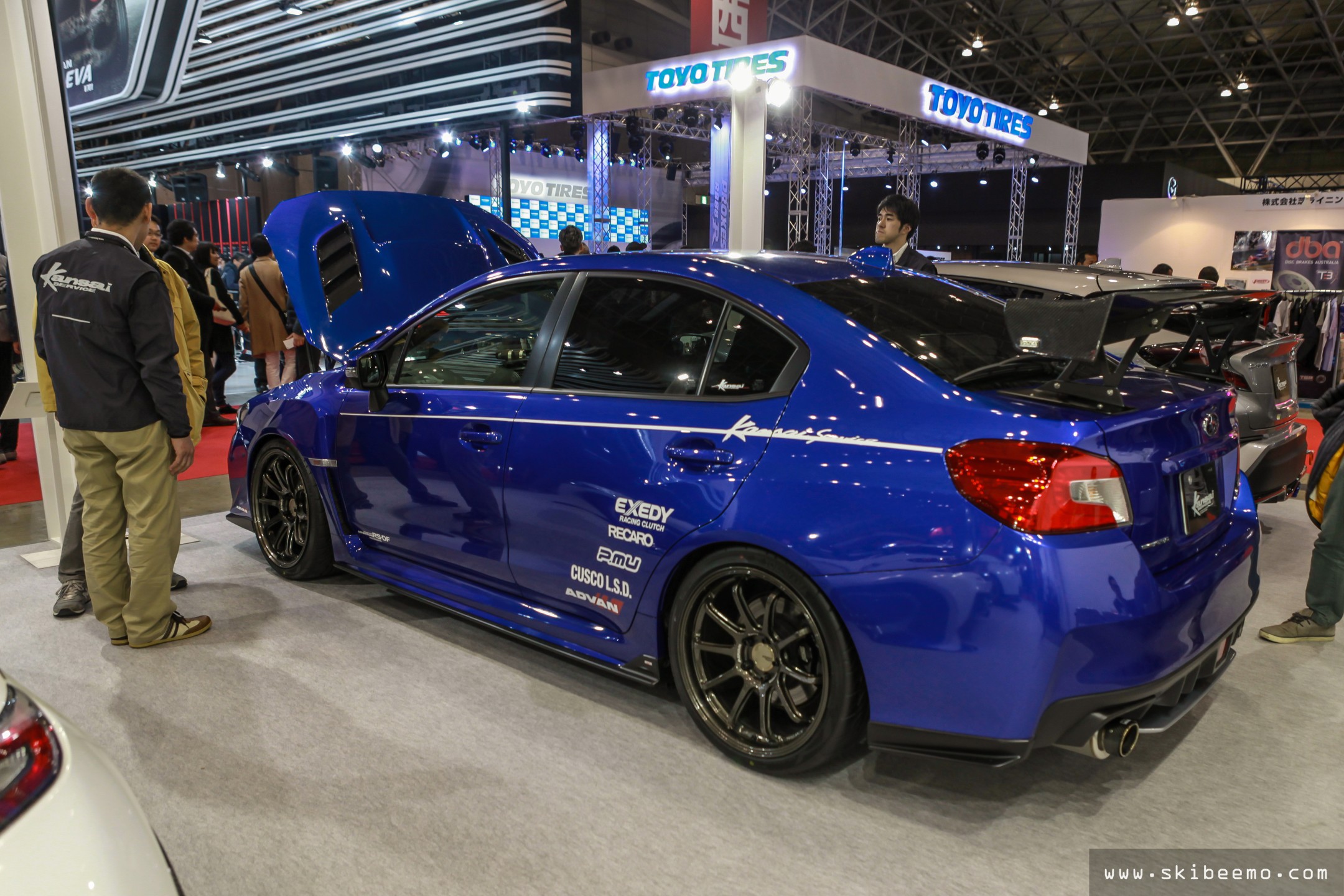

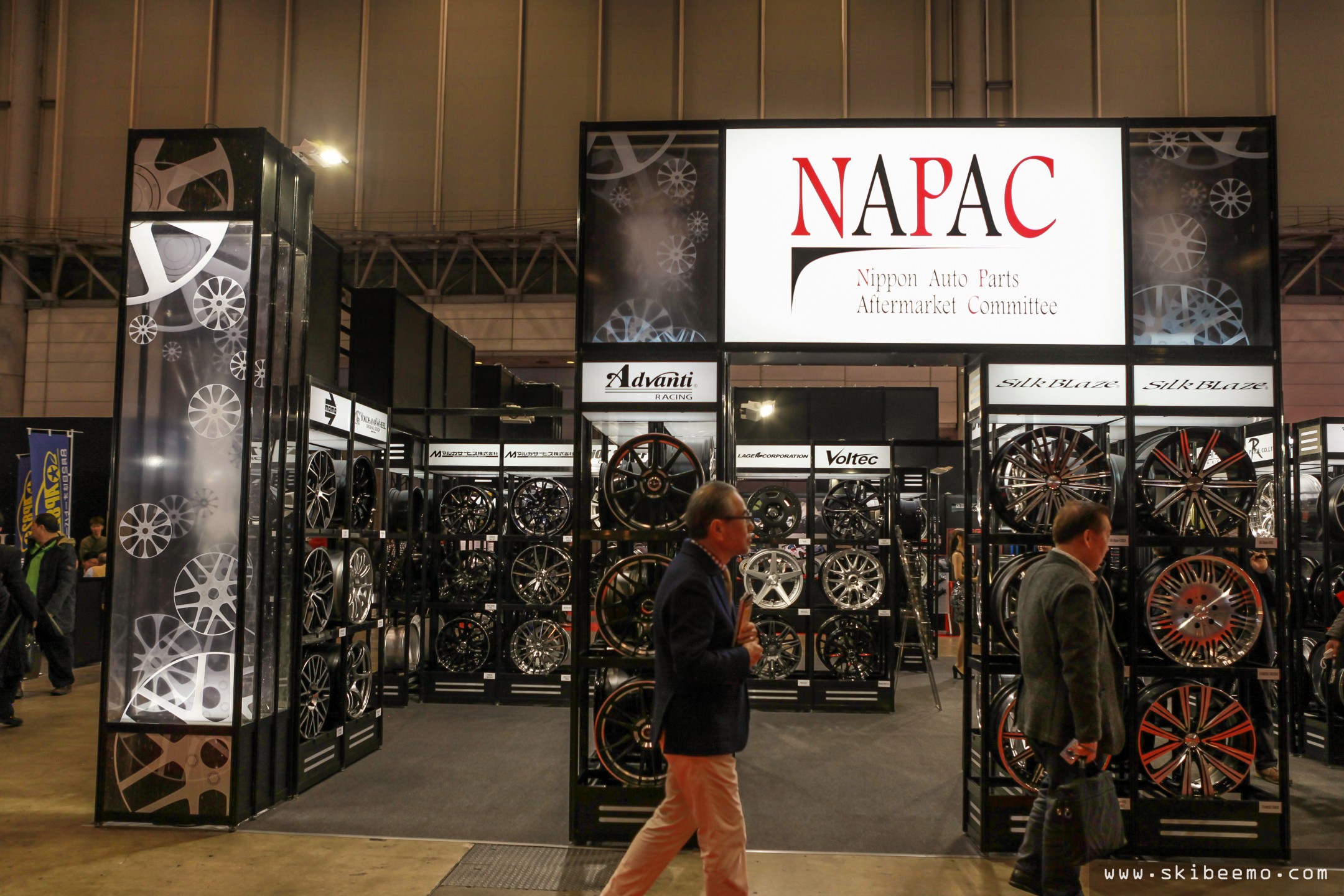
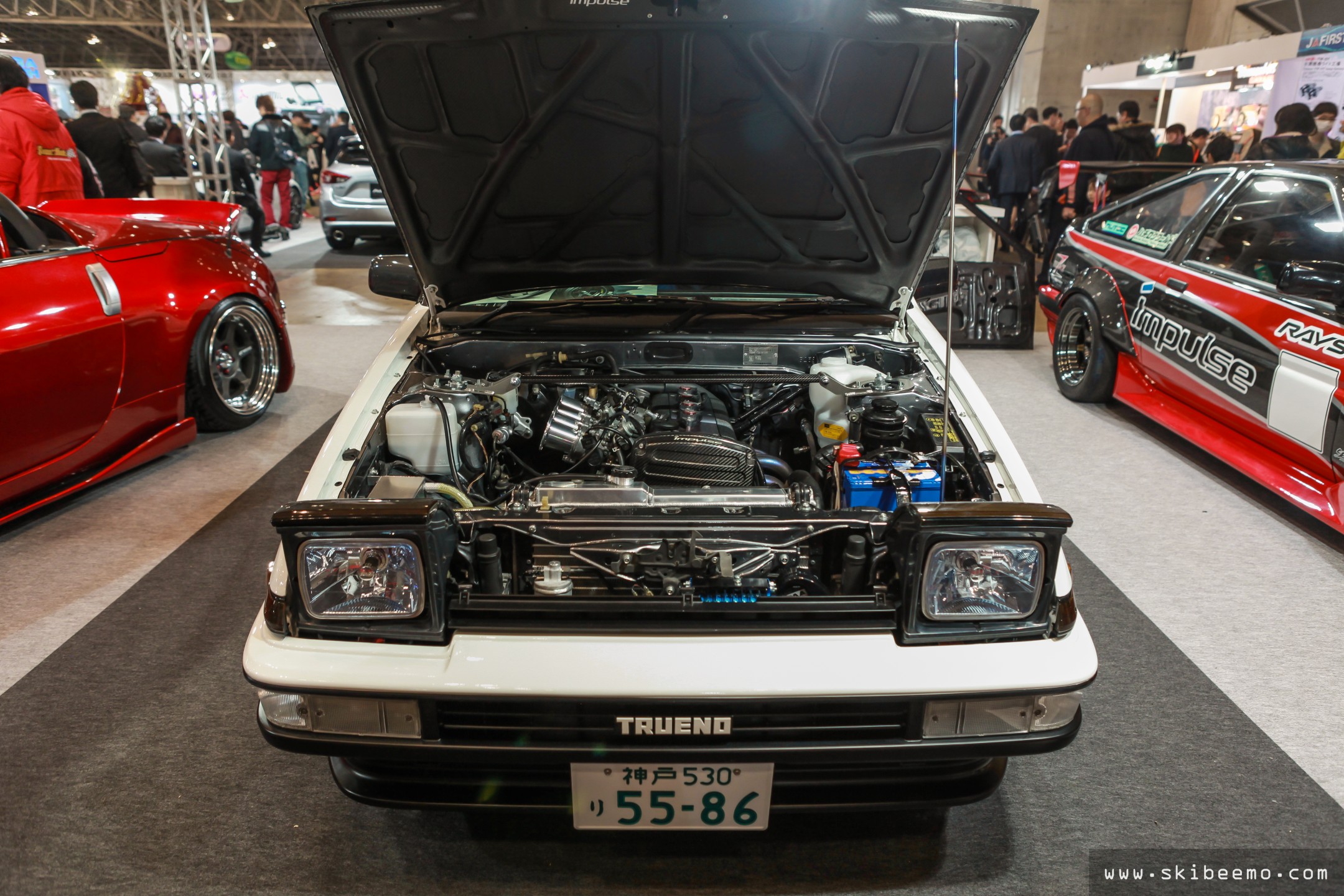
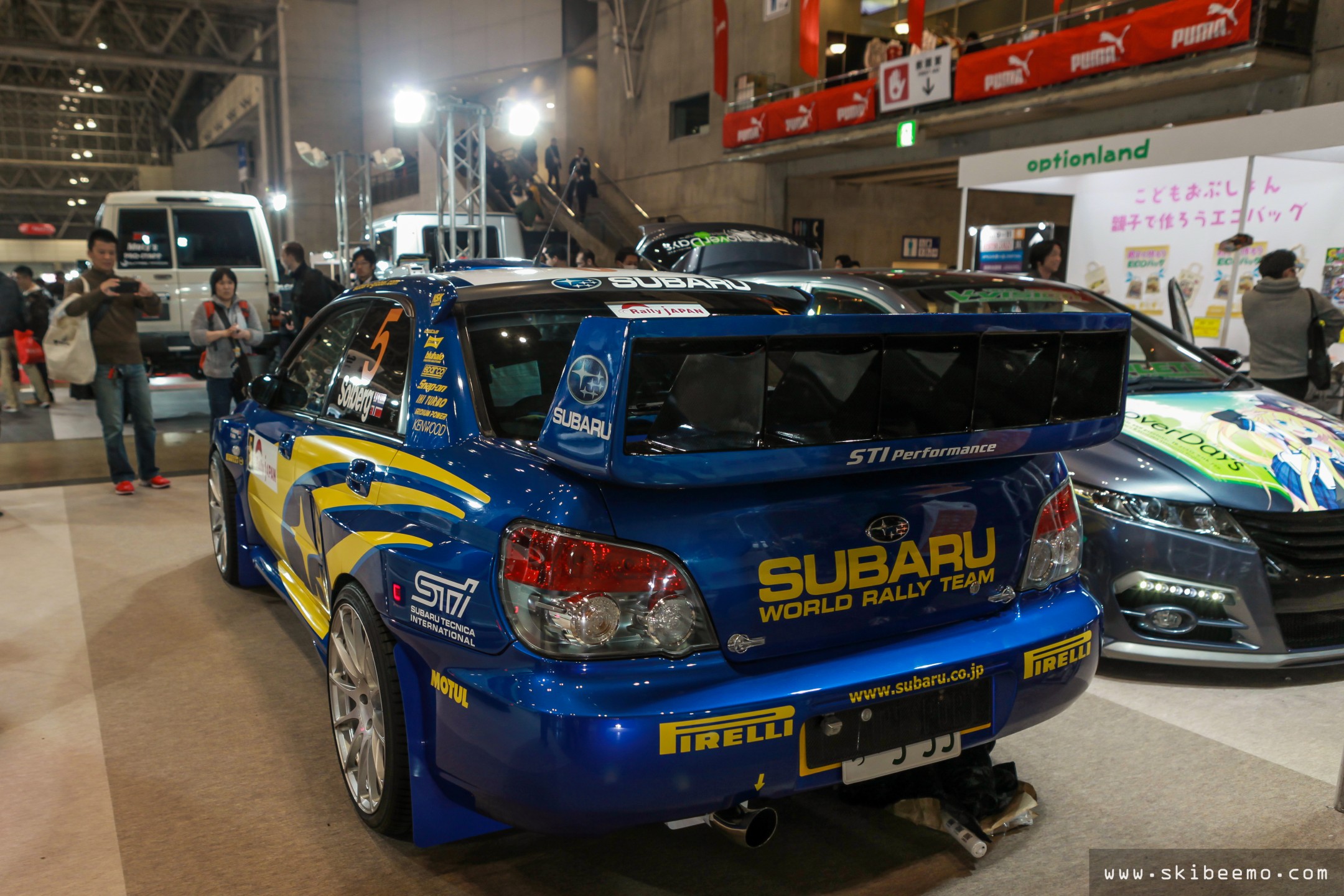
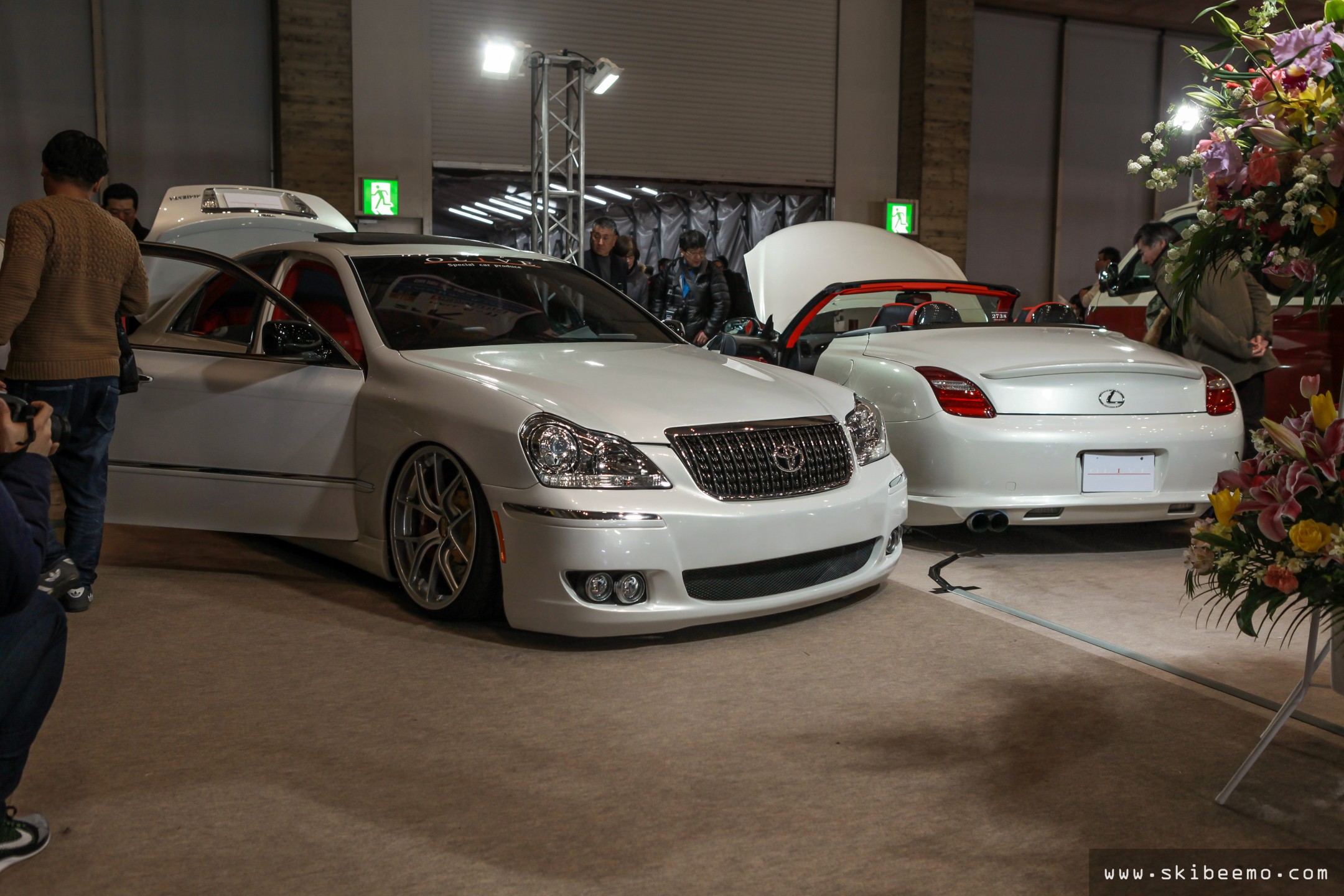
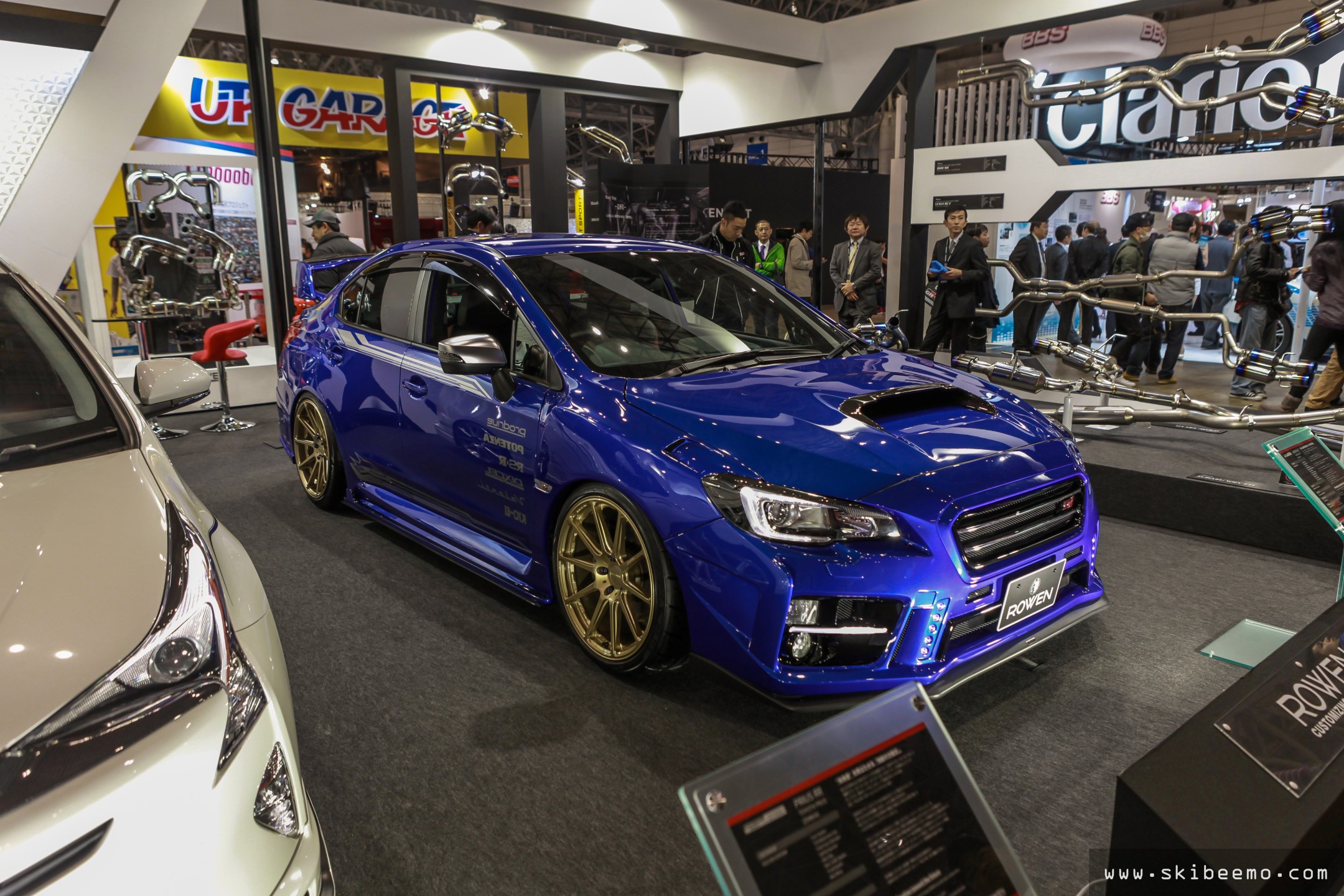
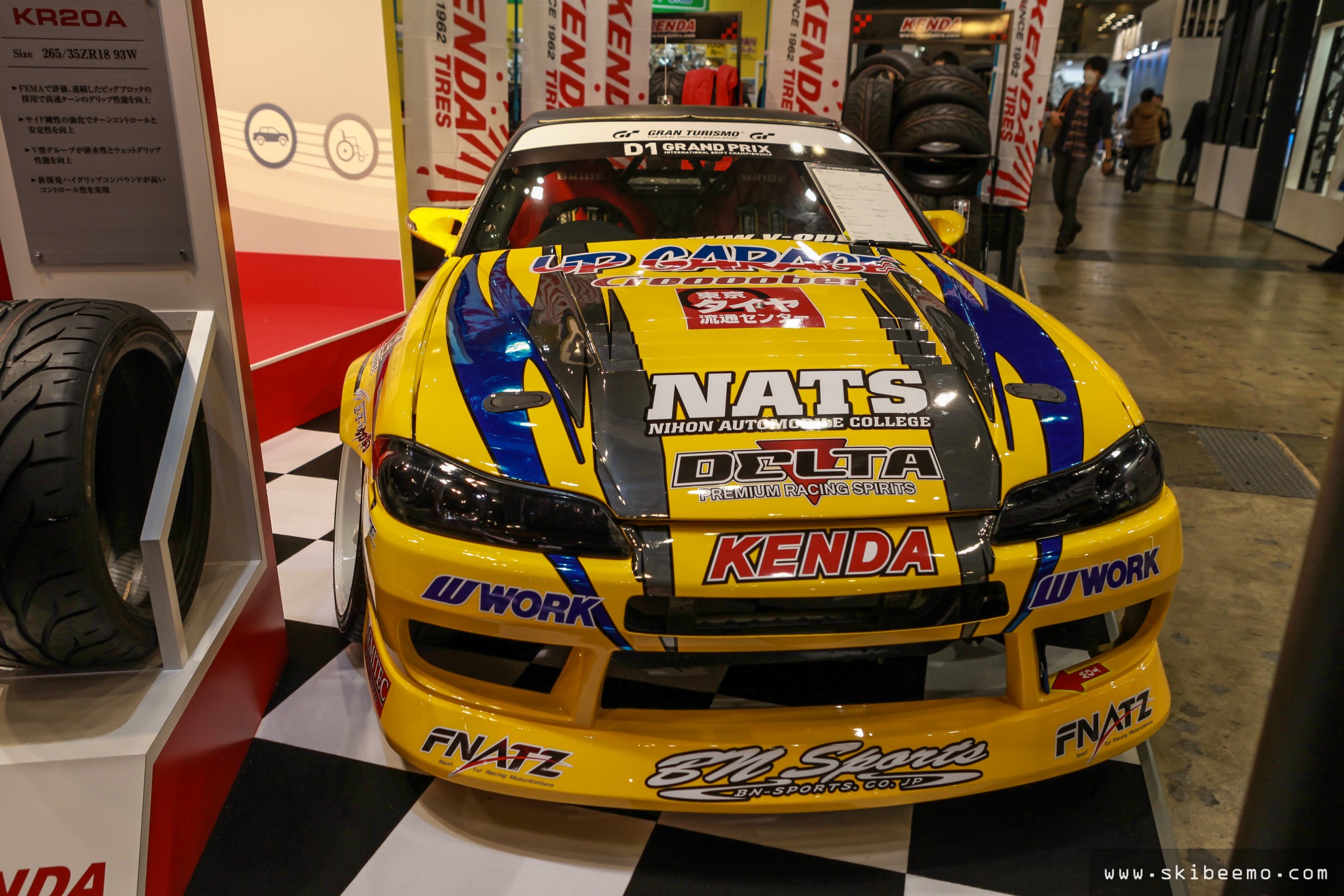
Most of the famous tuners were there, displaying their latest demo cars and products for 2017. Top Secret’s "VR32"- a BNR32 with R35 running gear and interior was one of my highlights. It was a shame that some of the bigger players such as HKS, A’PEXi and Spoon weren’t present.
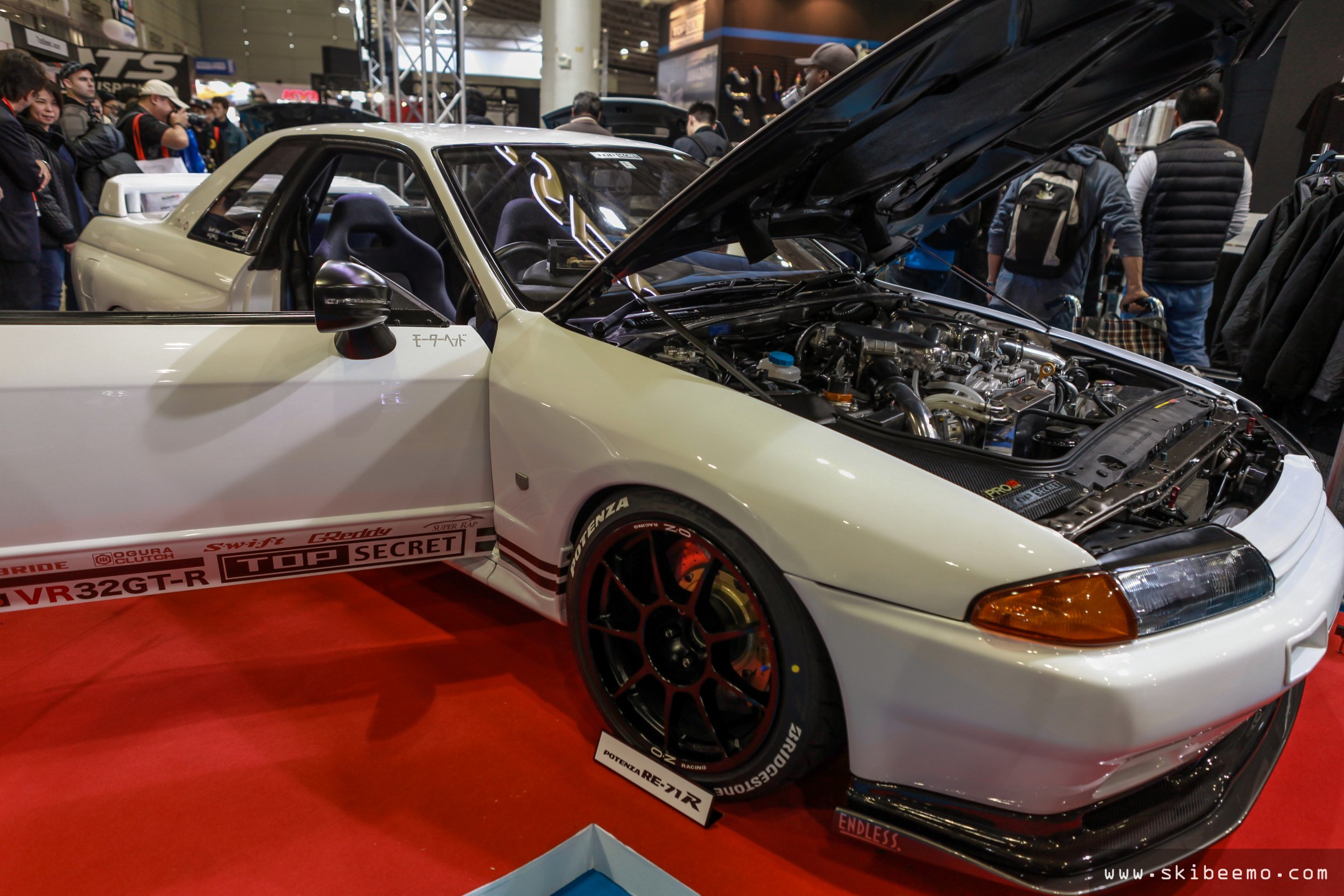
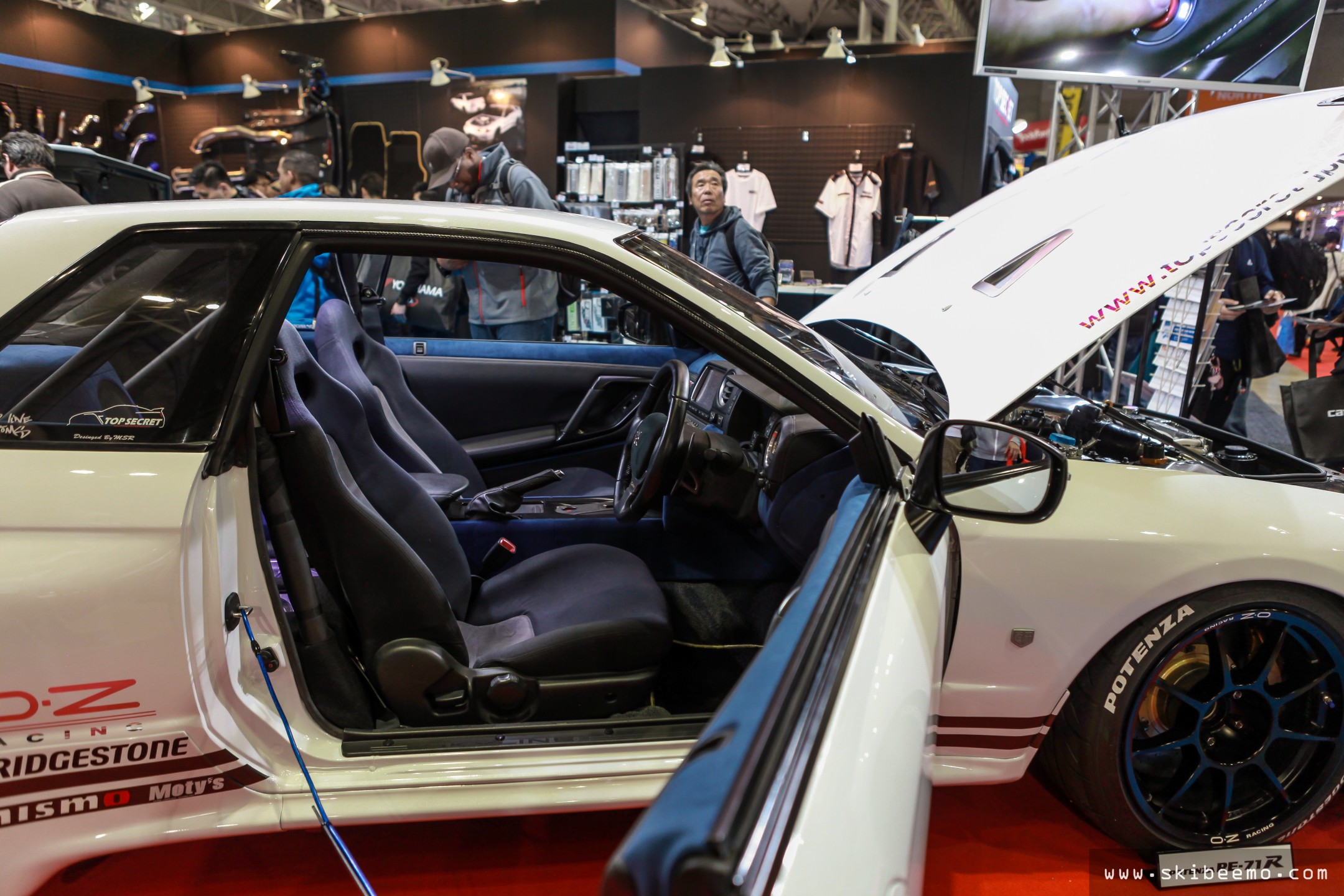
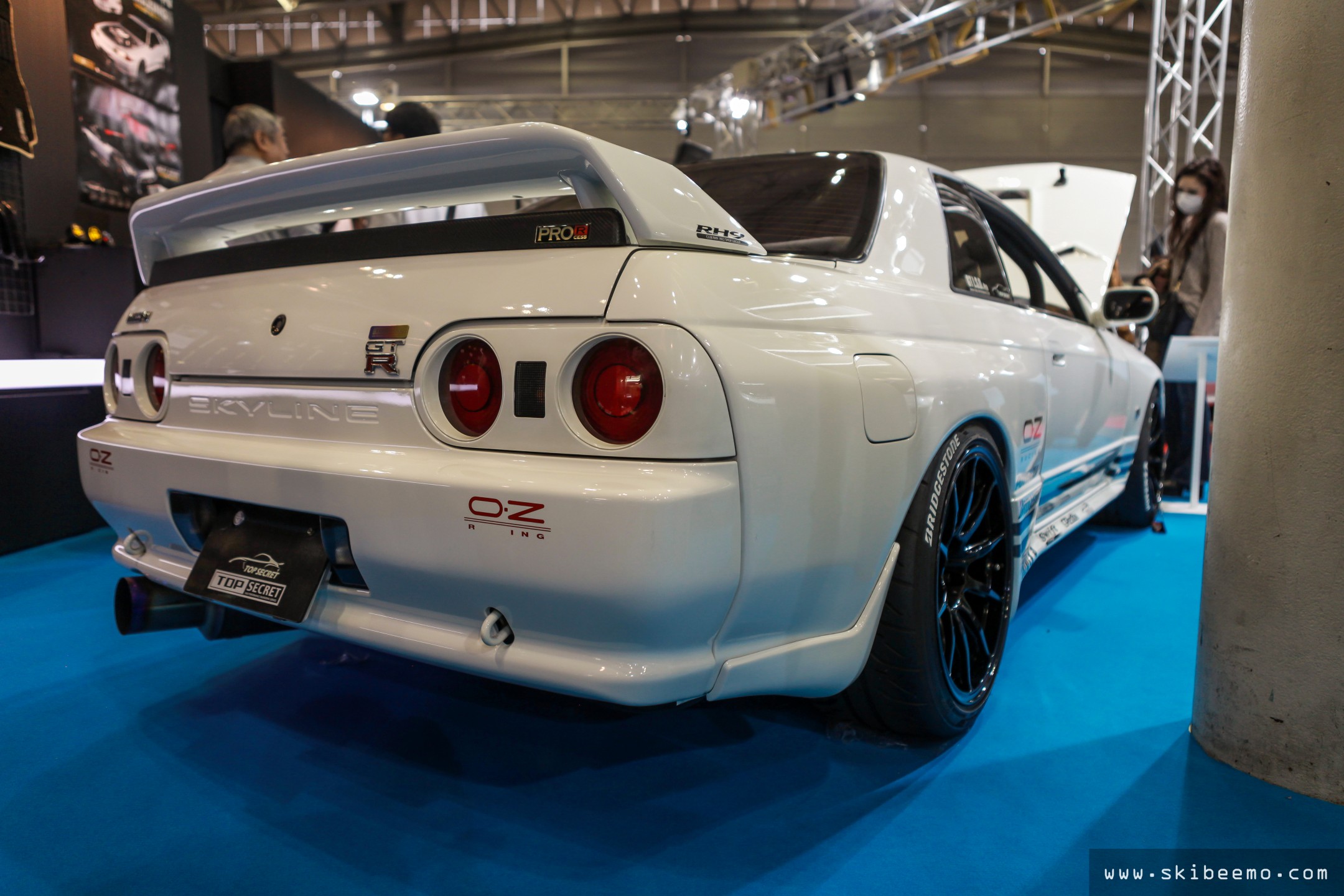
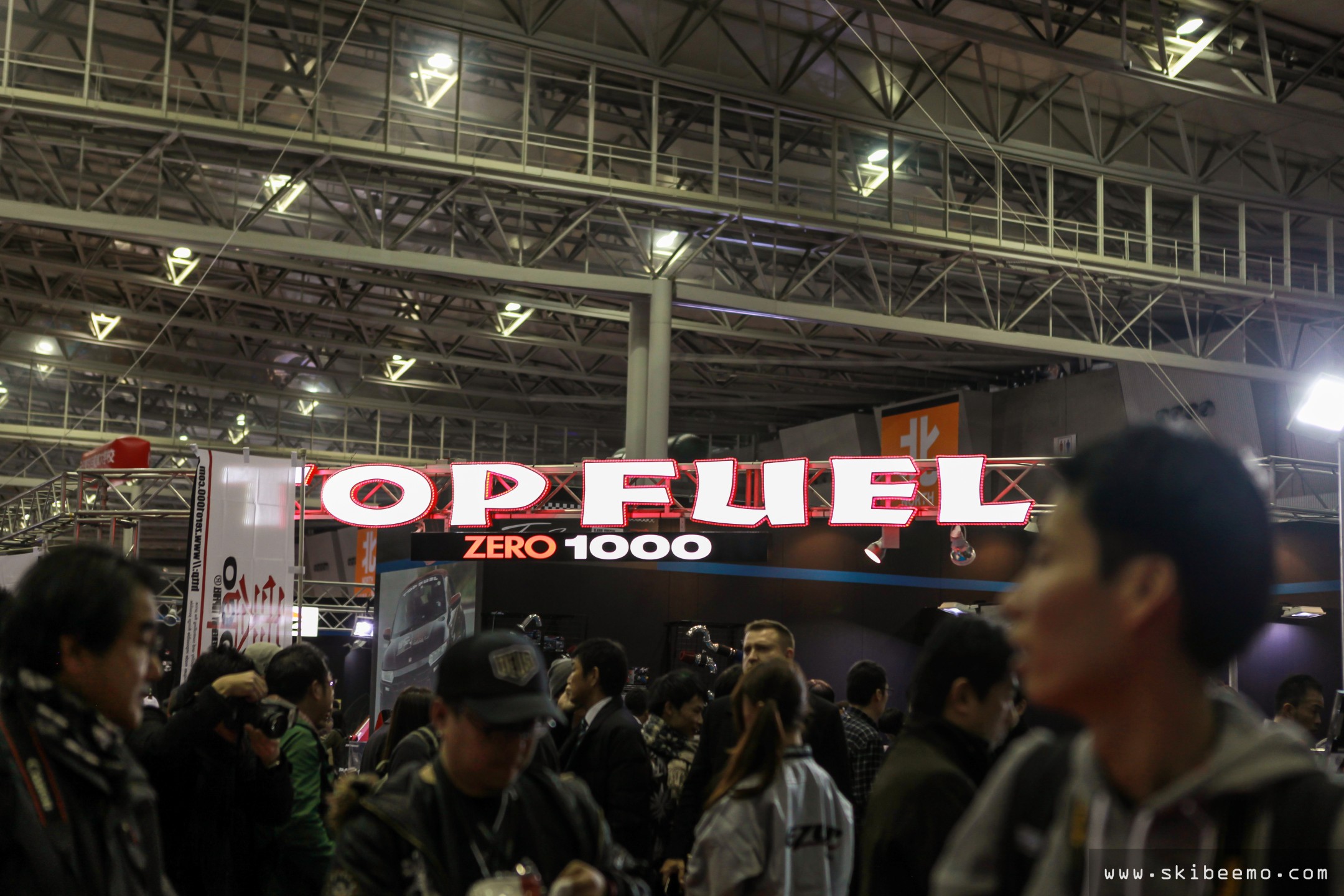
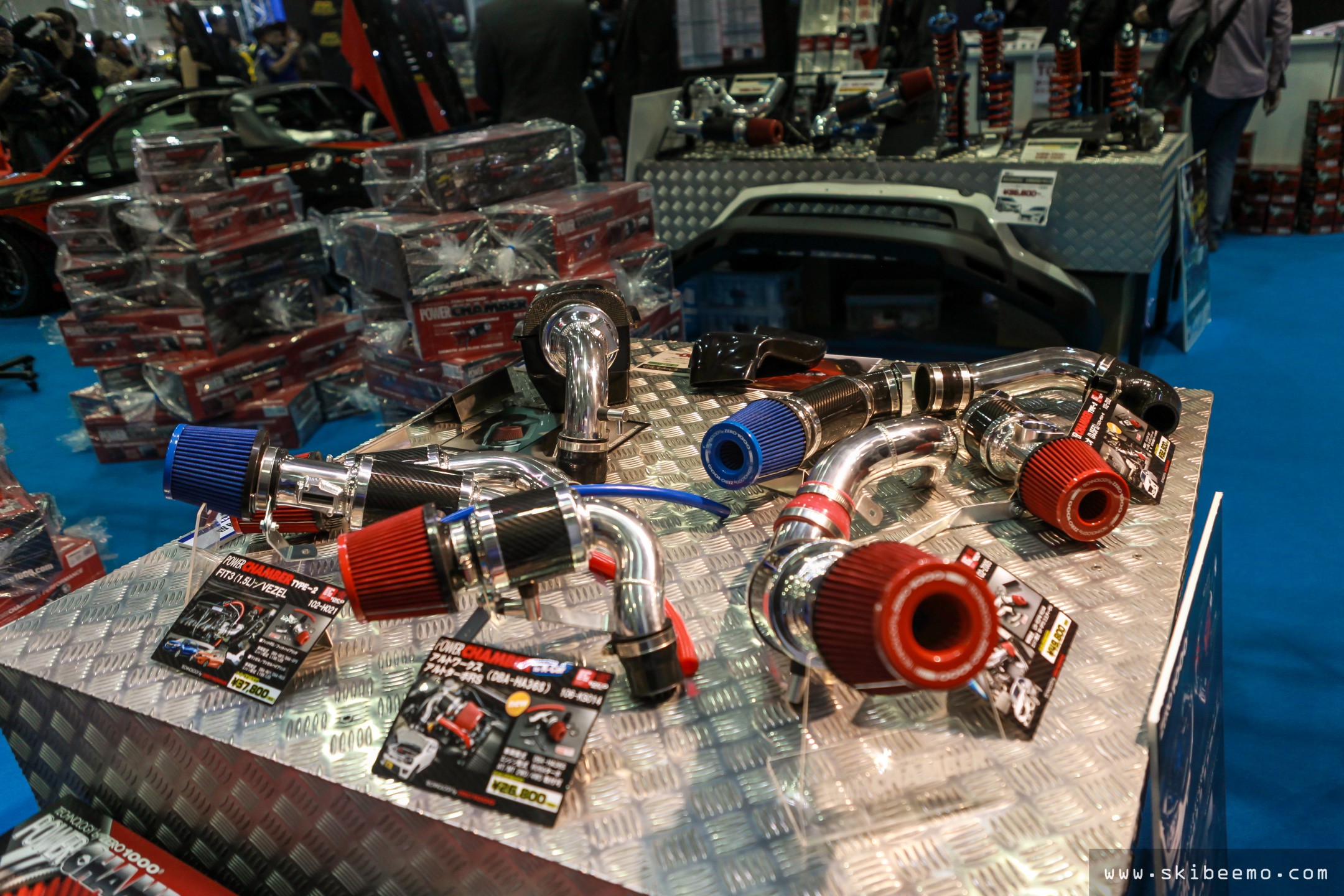

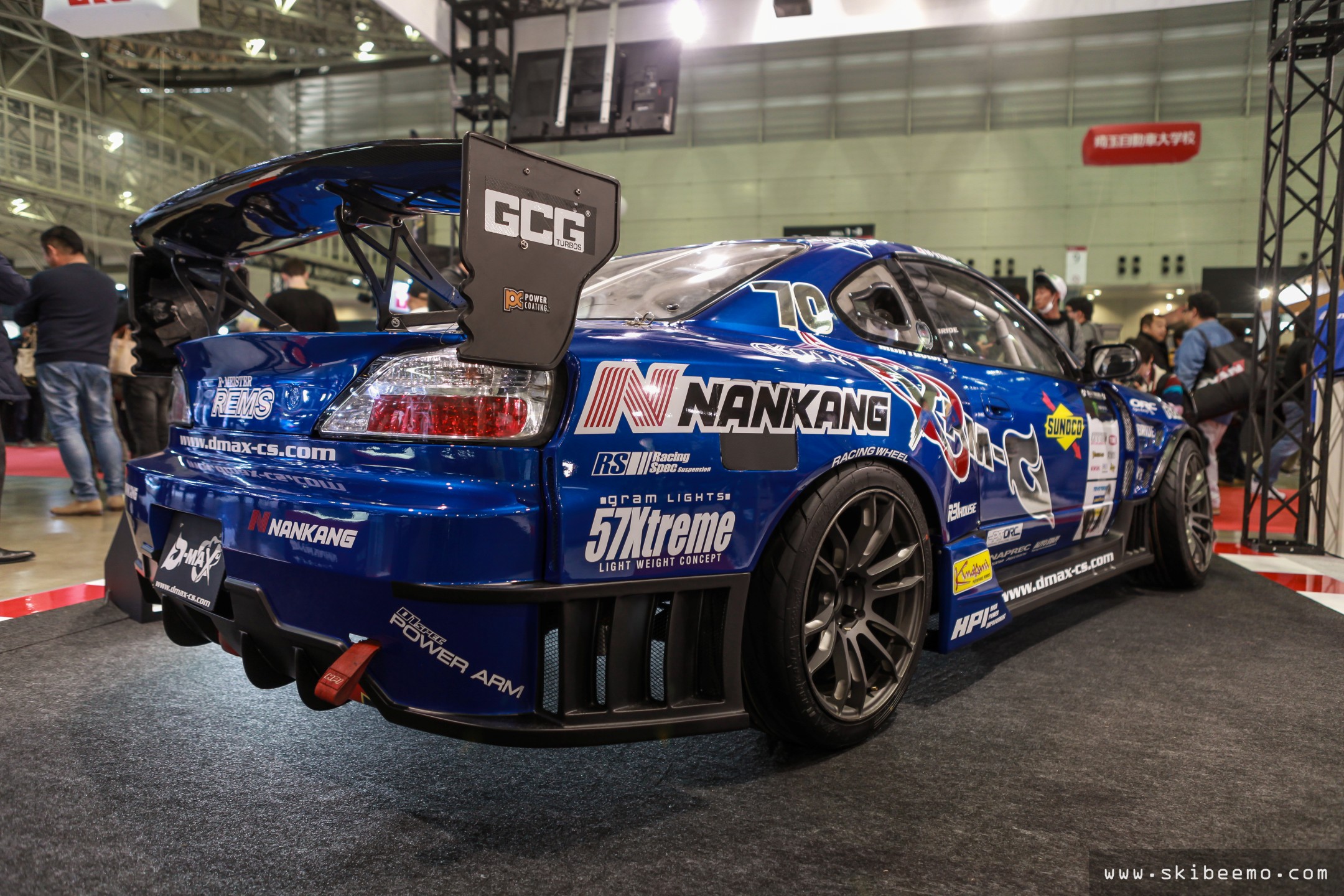
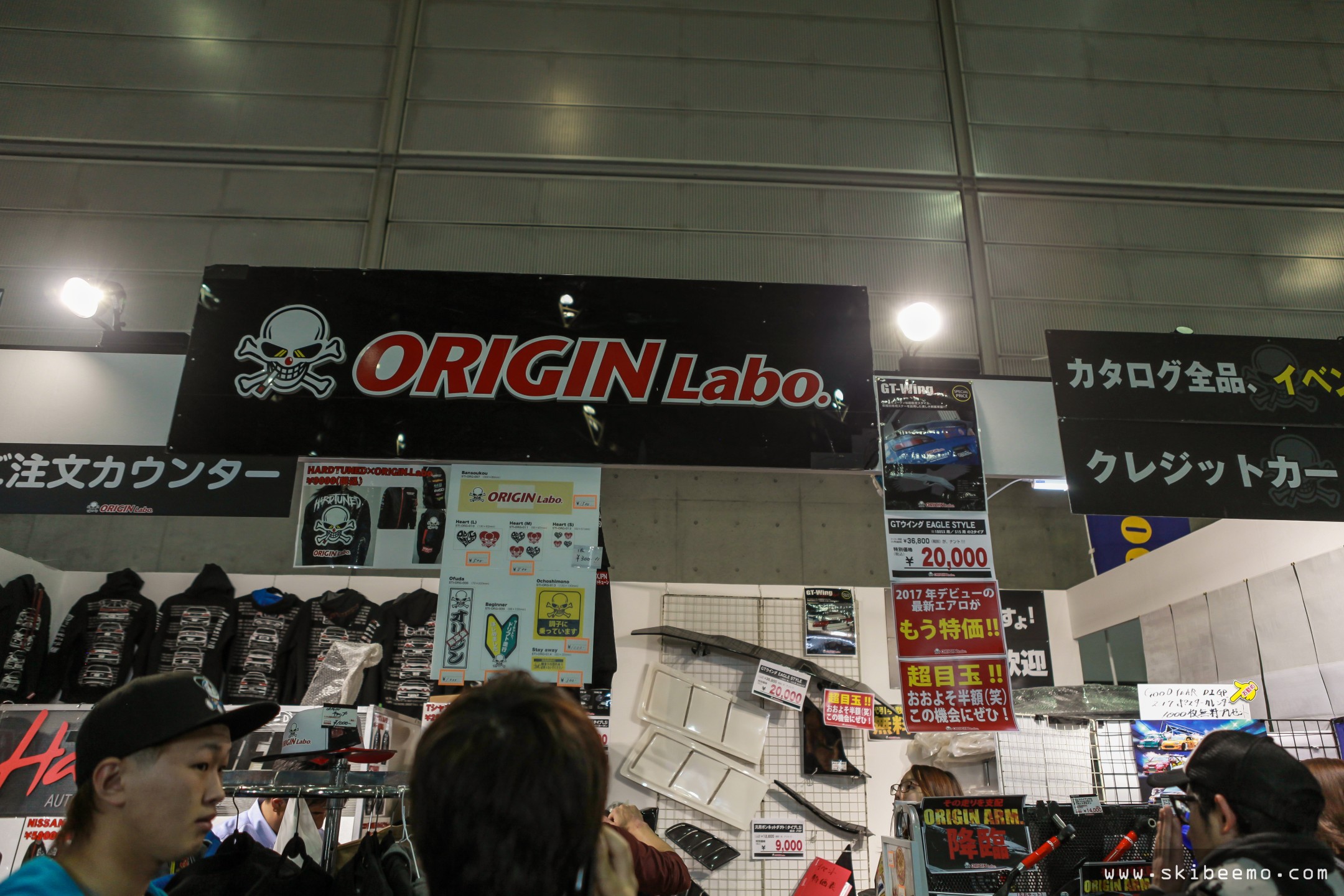
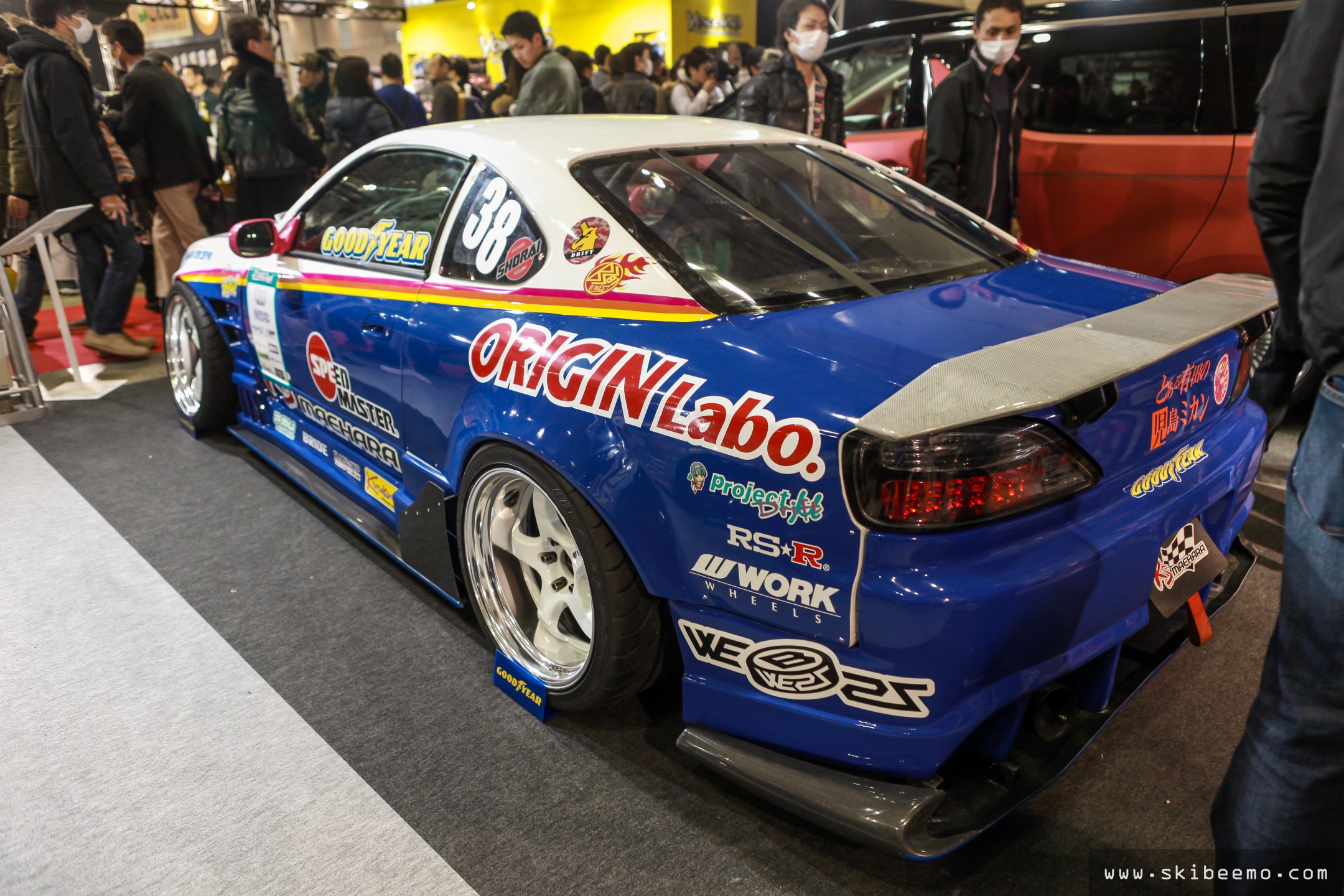
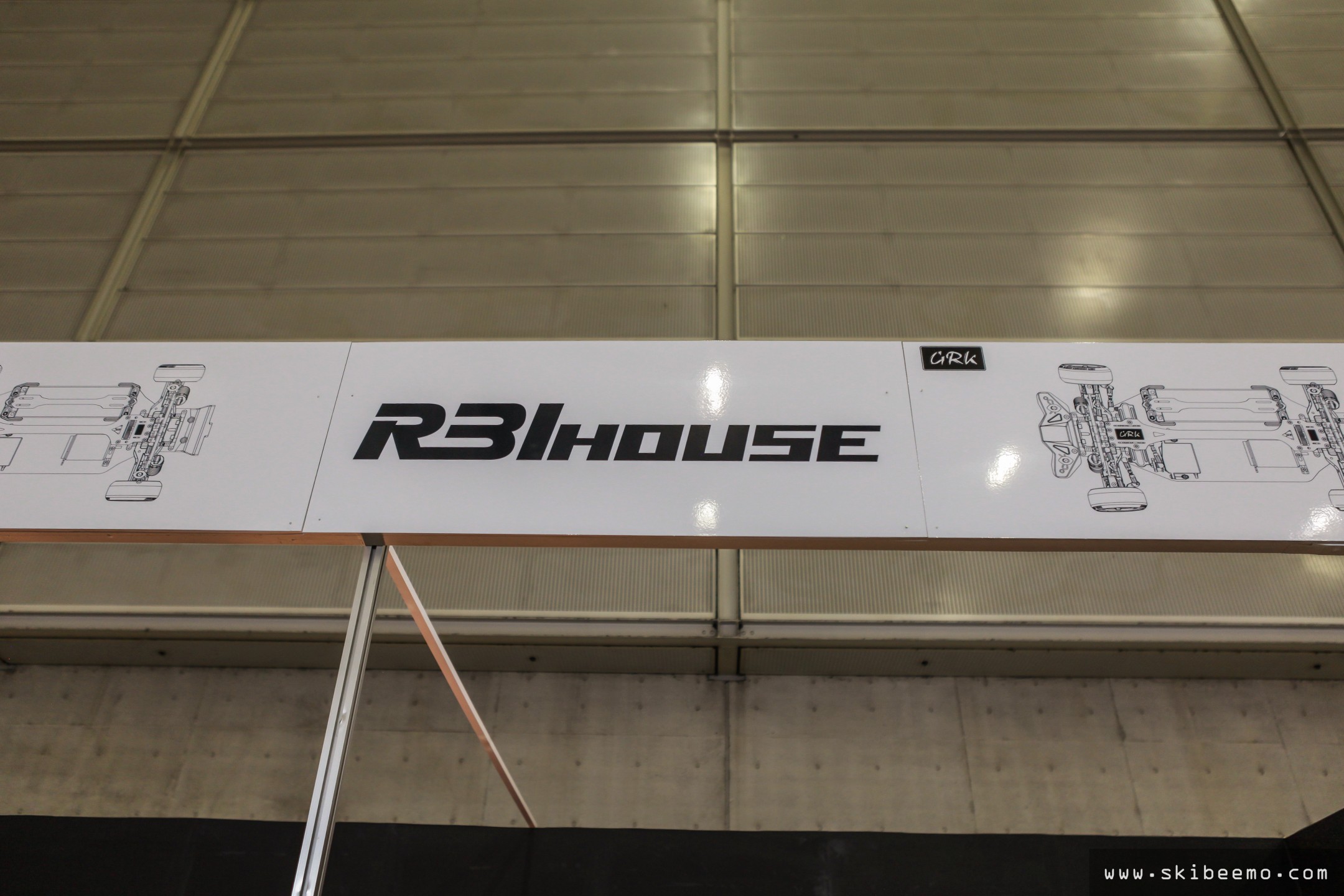
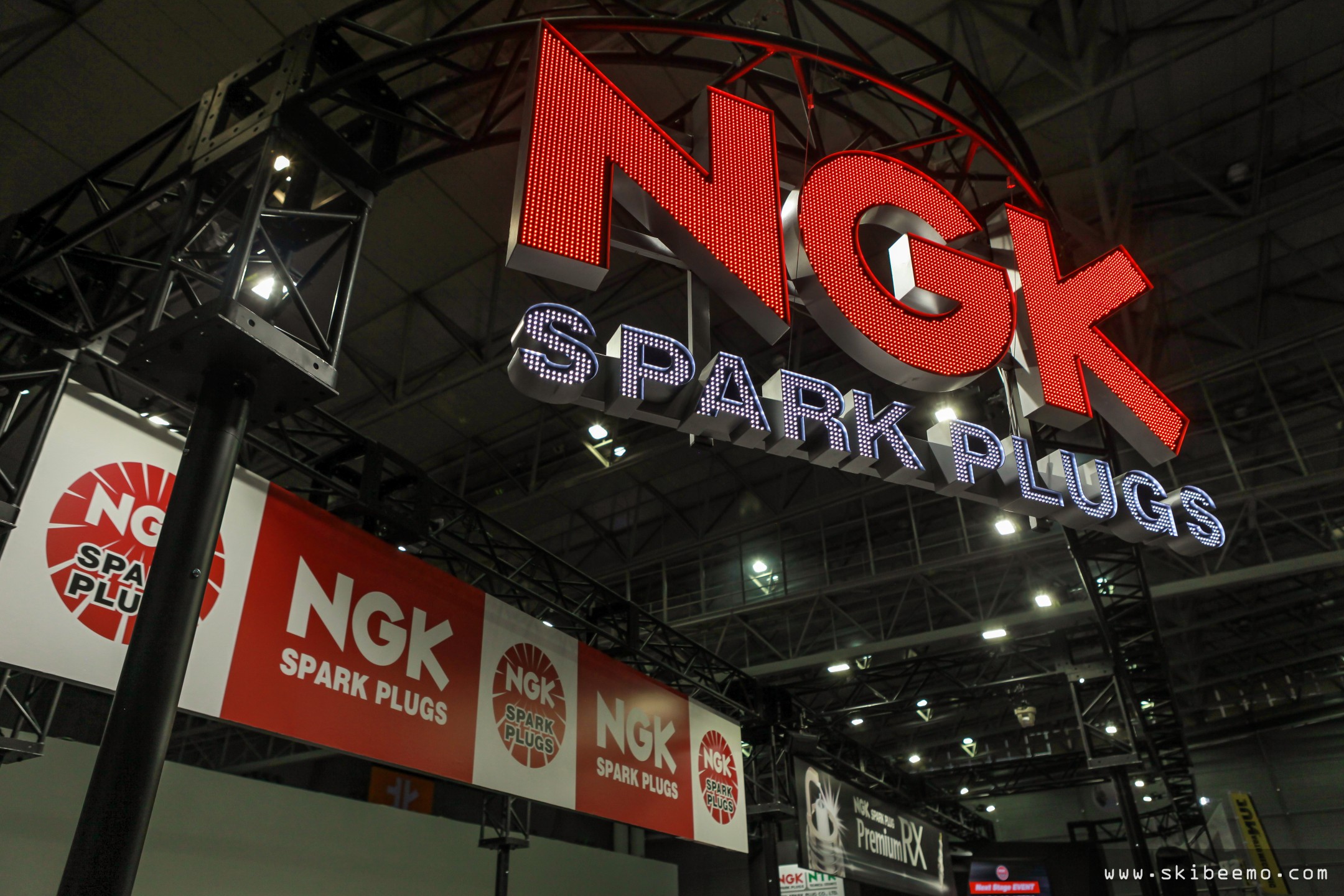

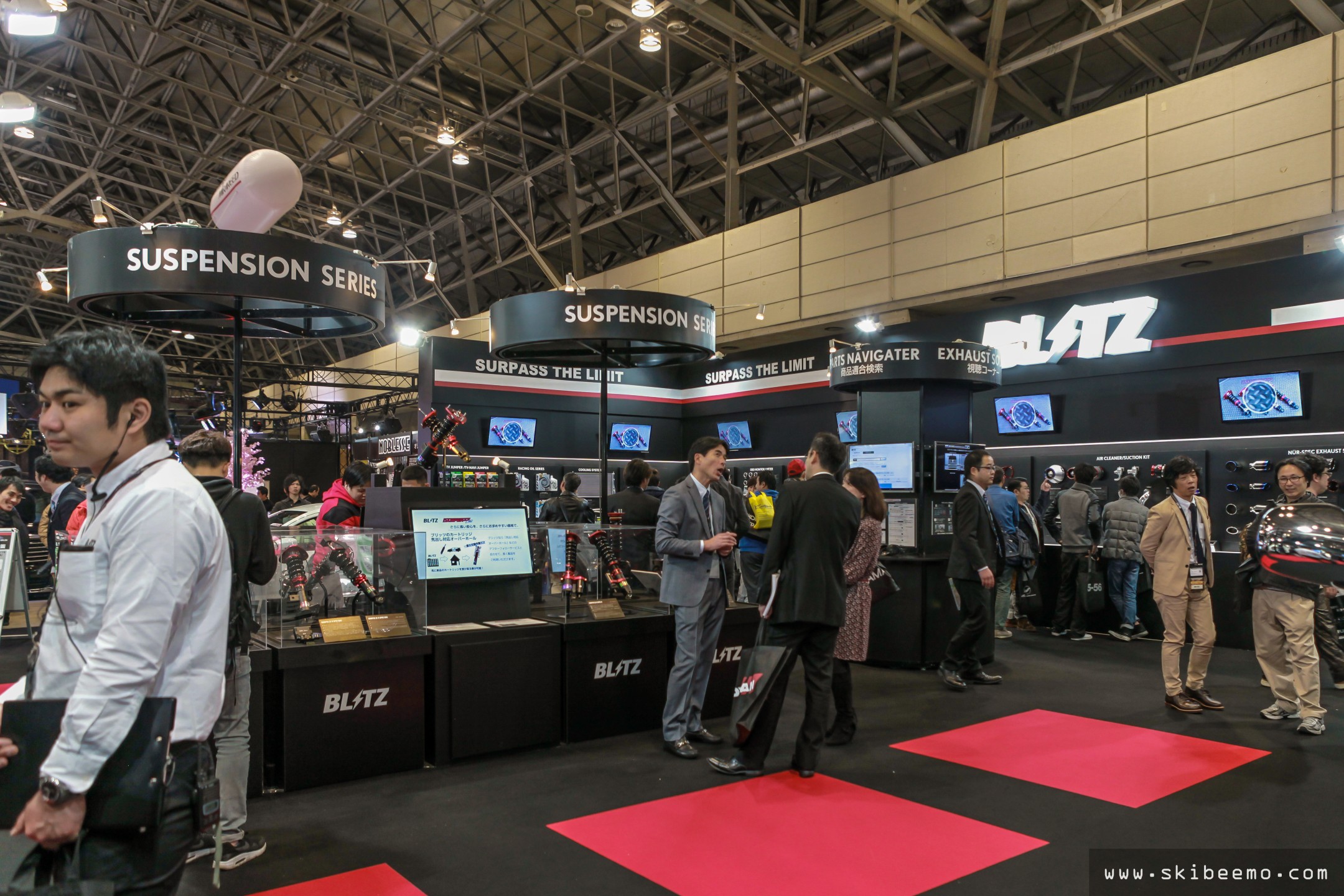
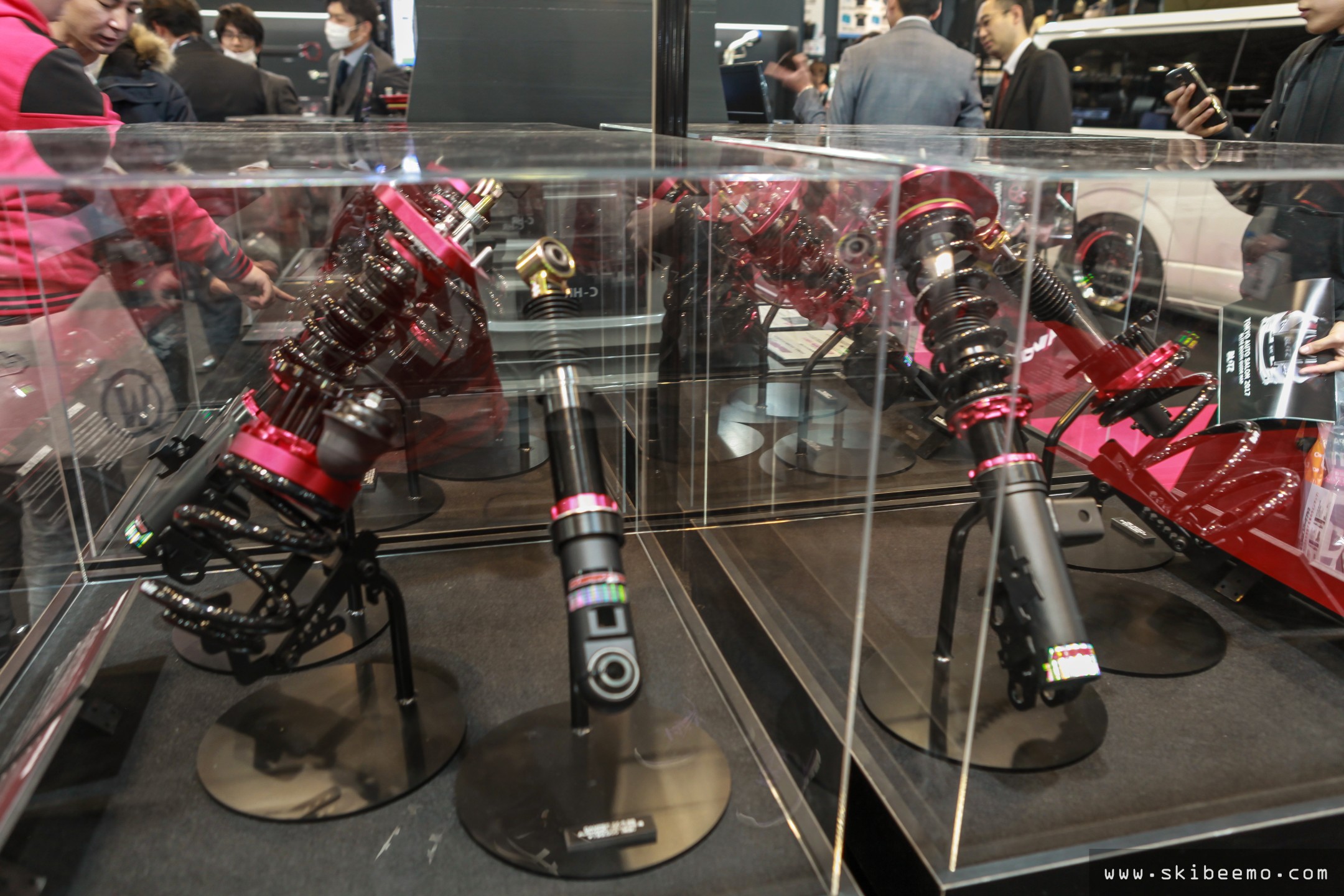

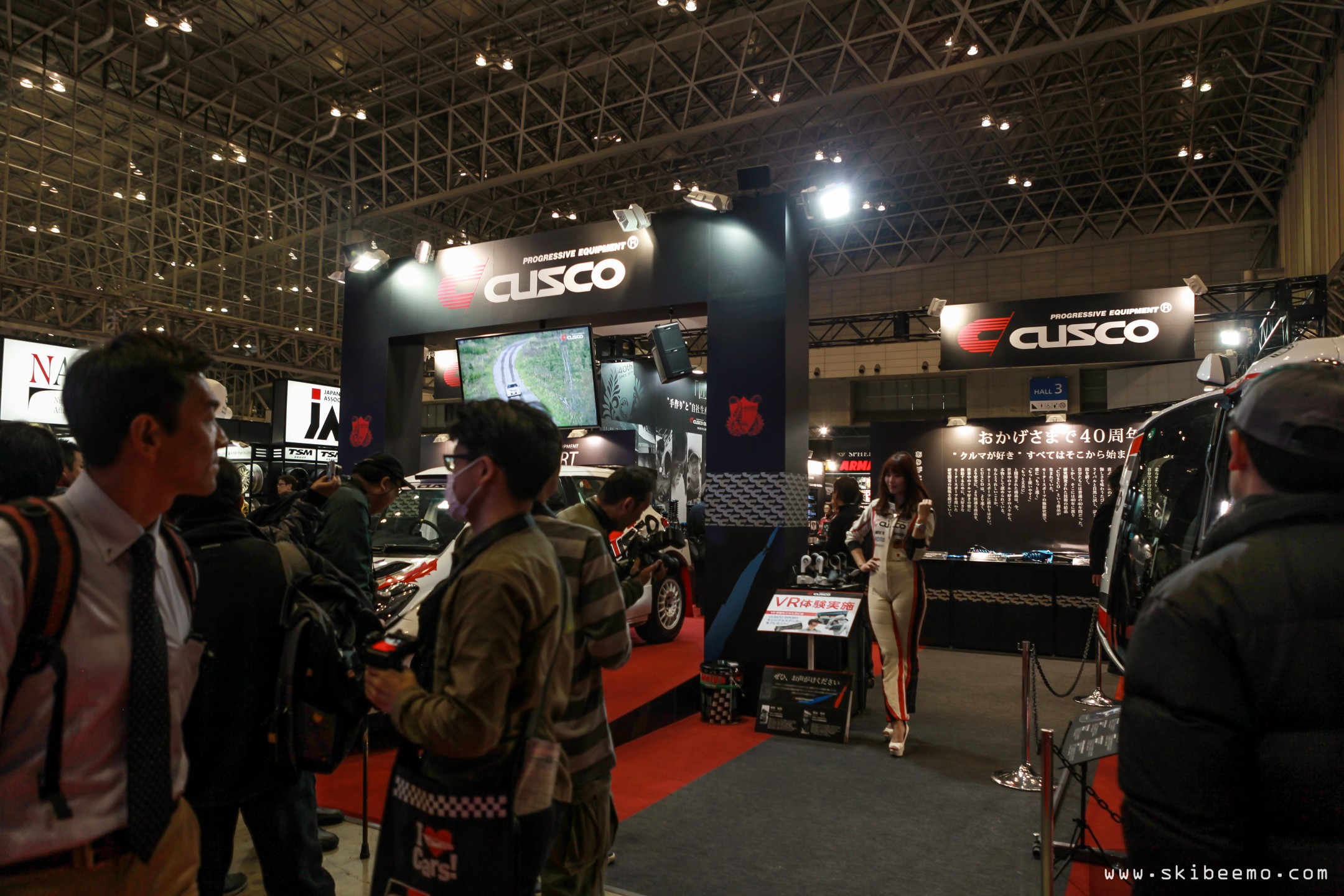
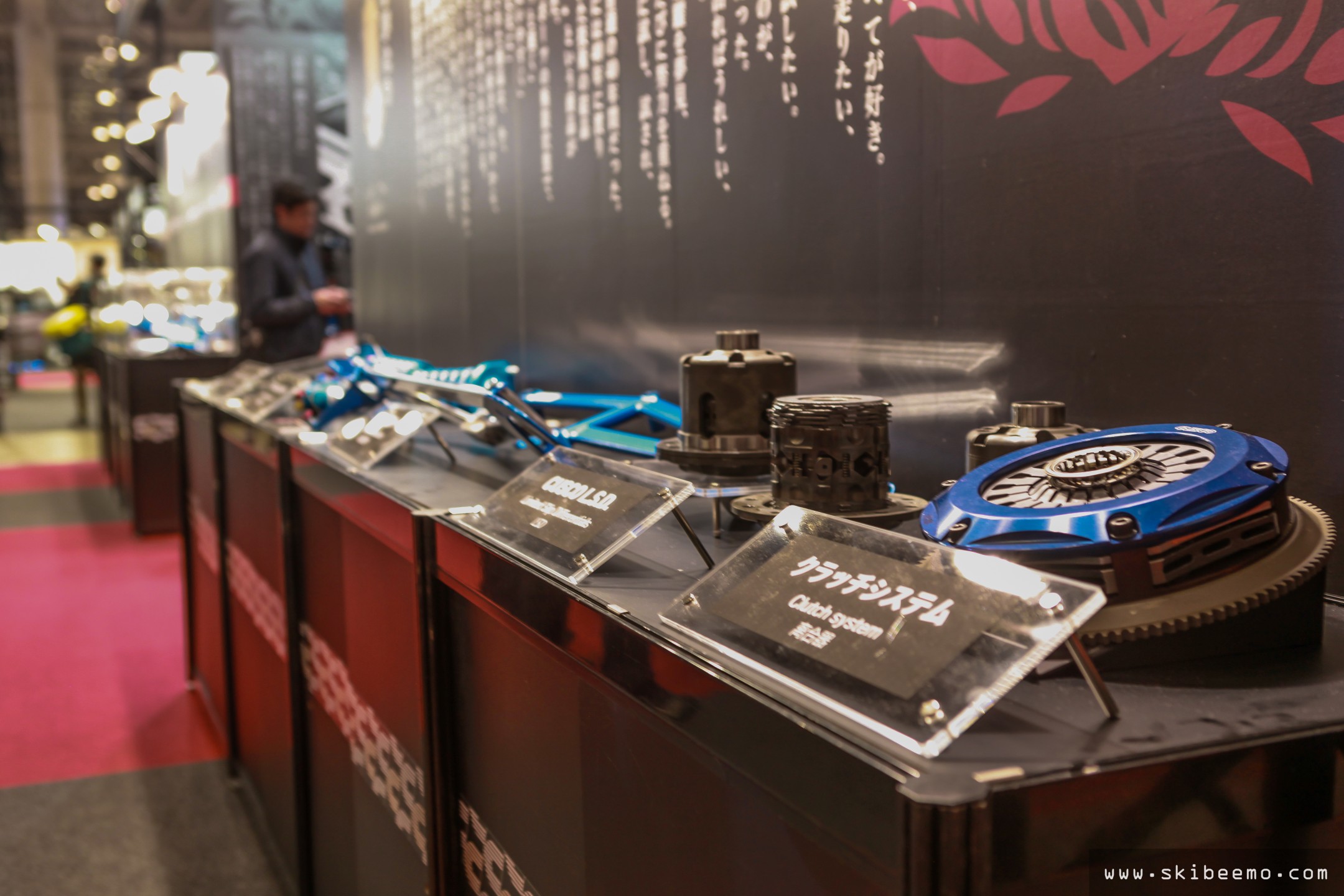
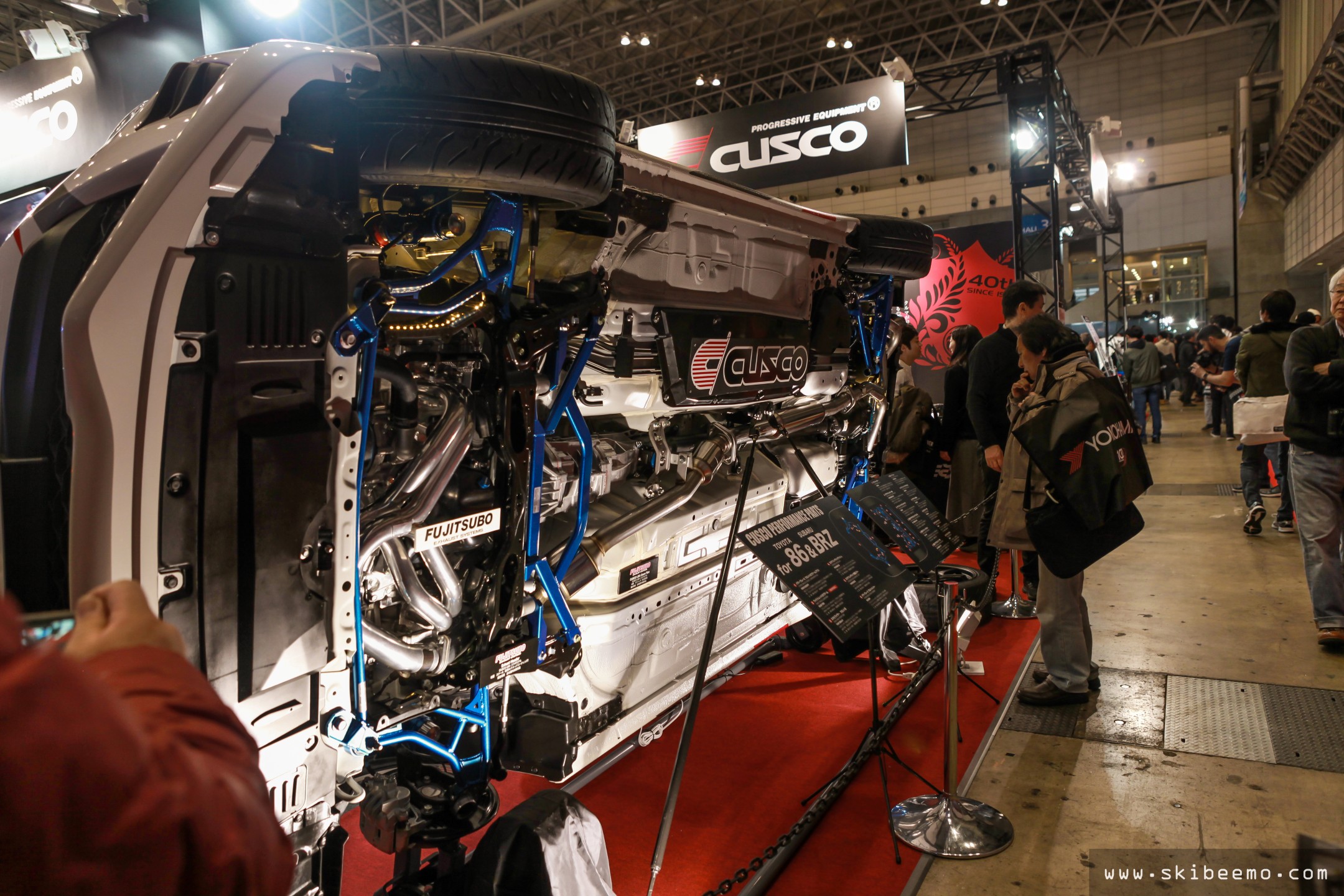
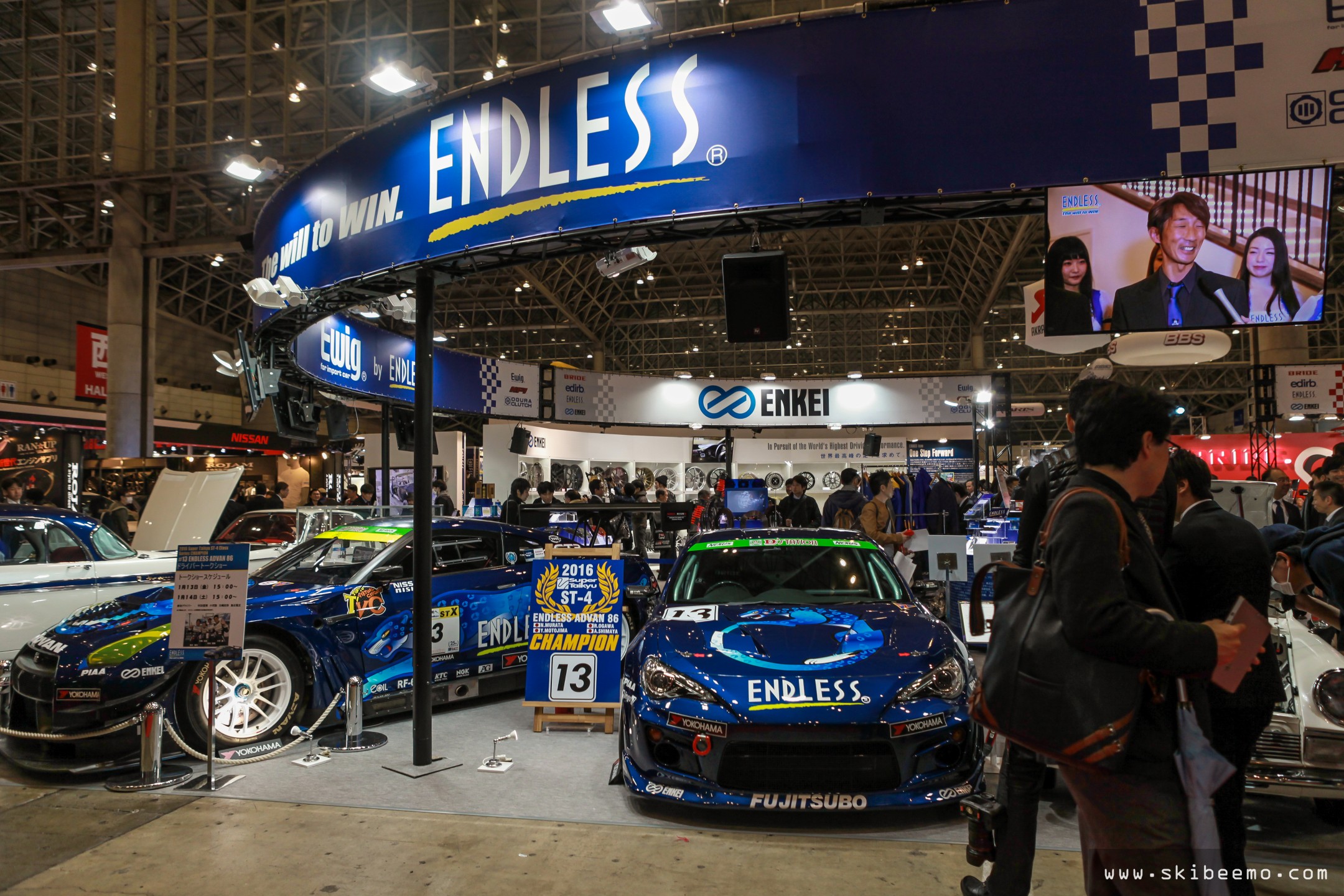
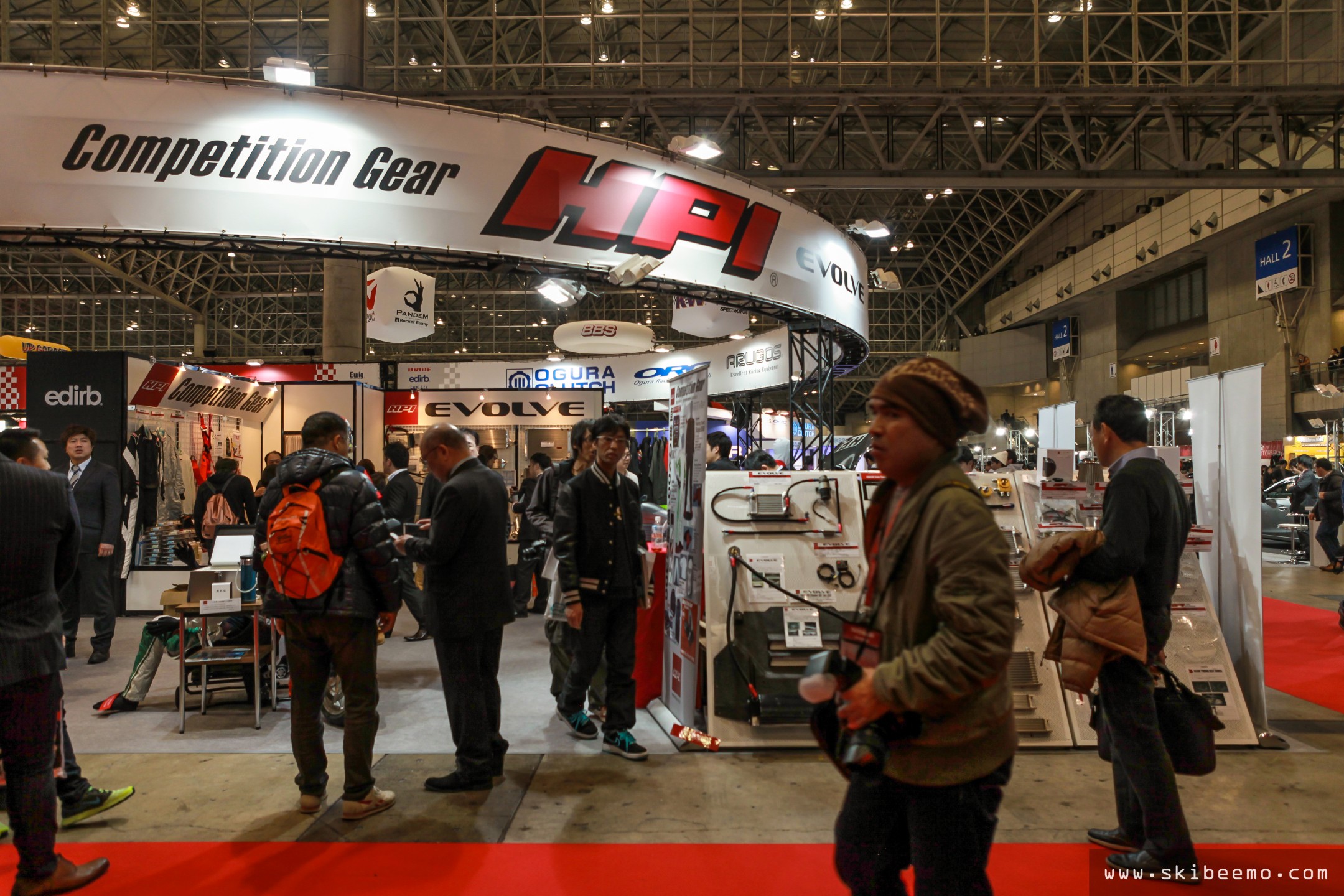
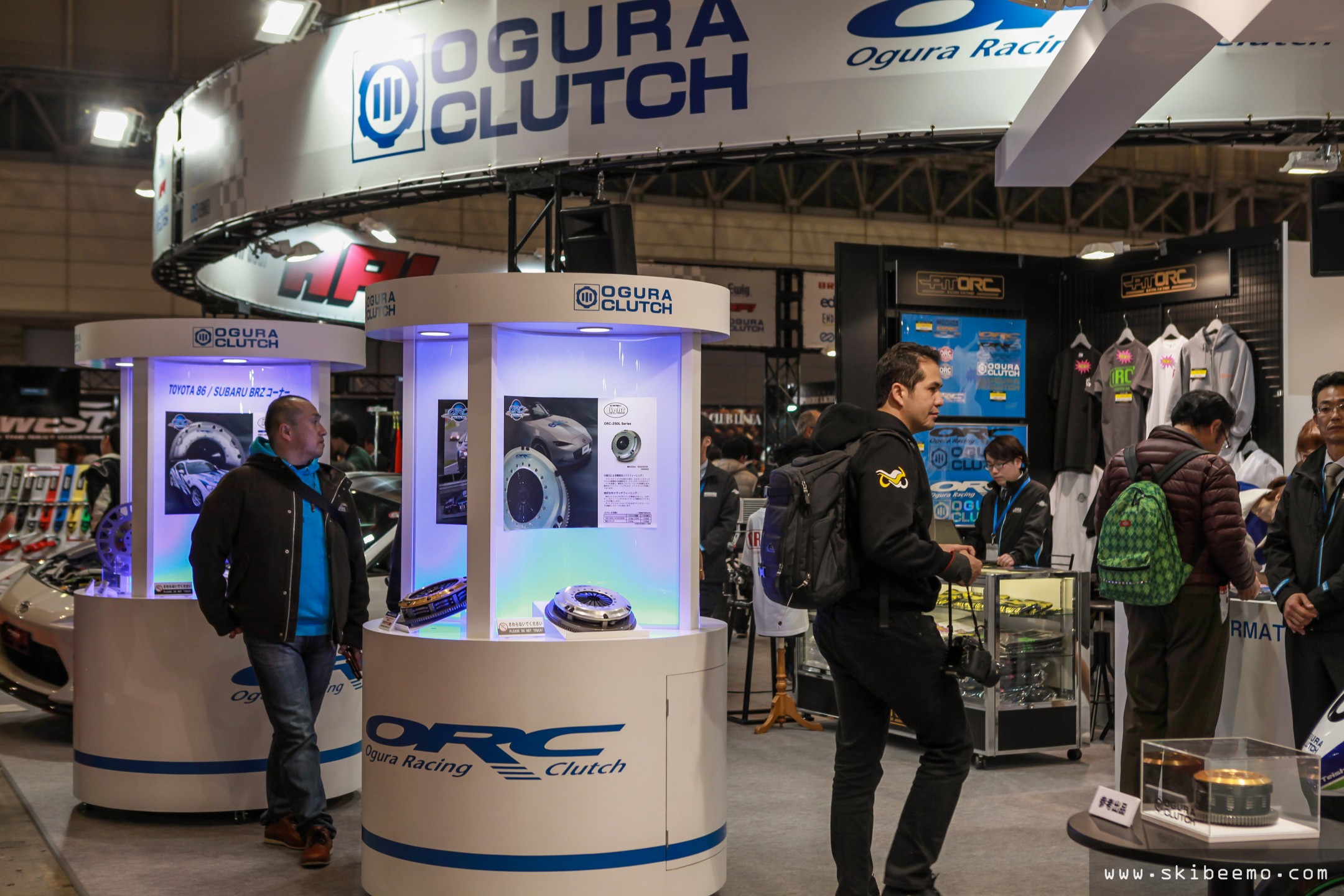
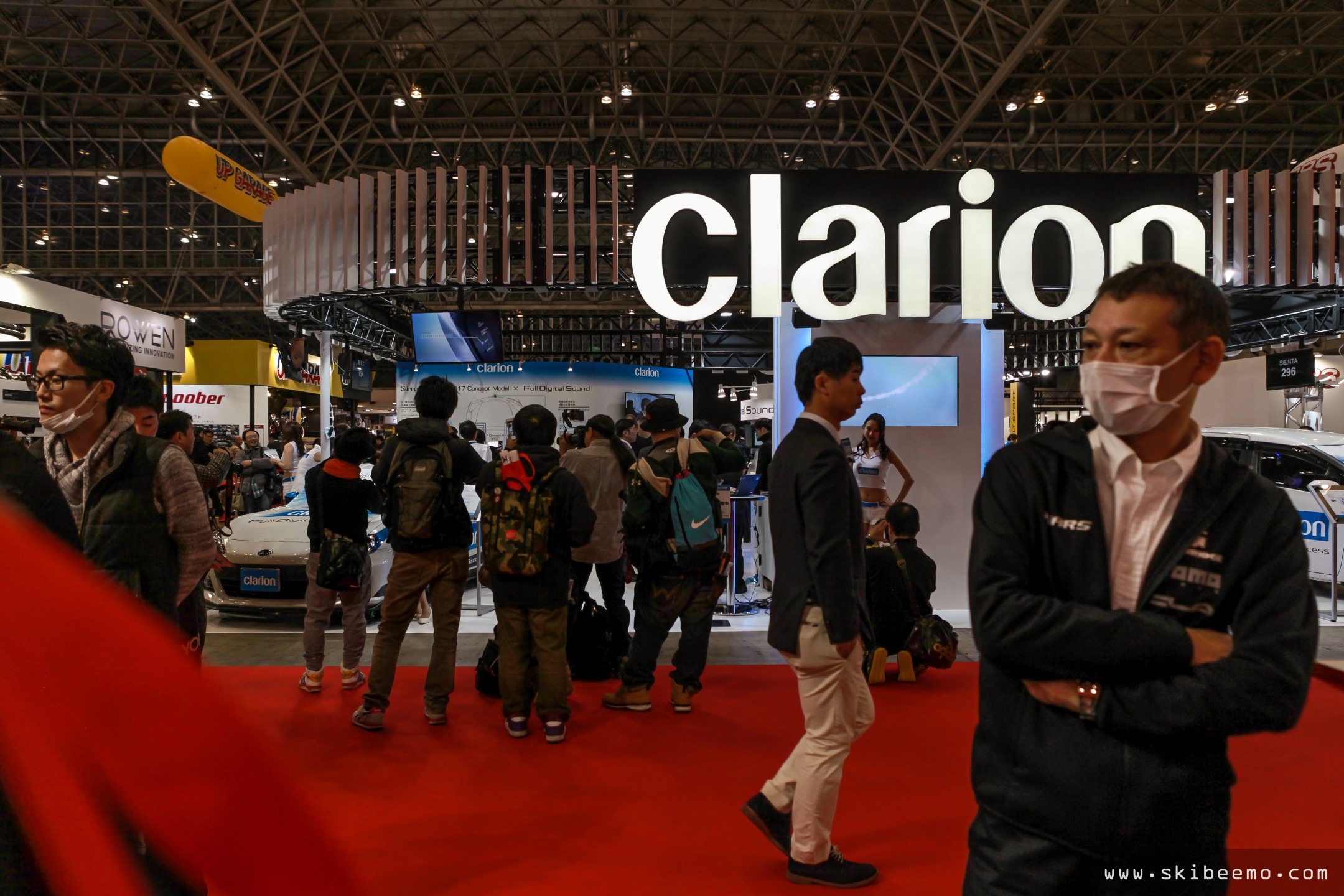
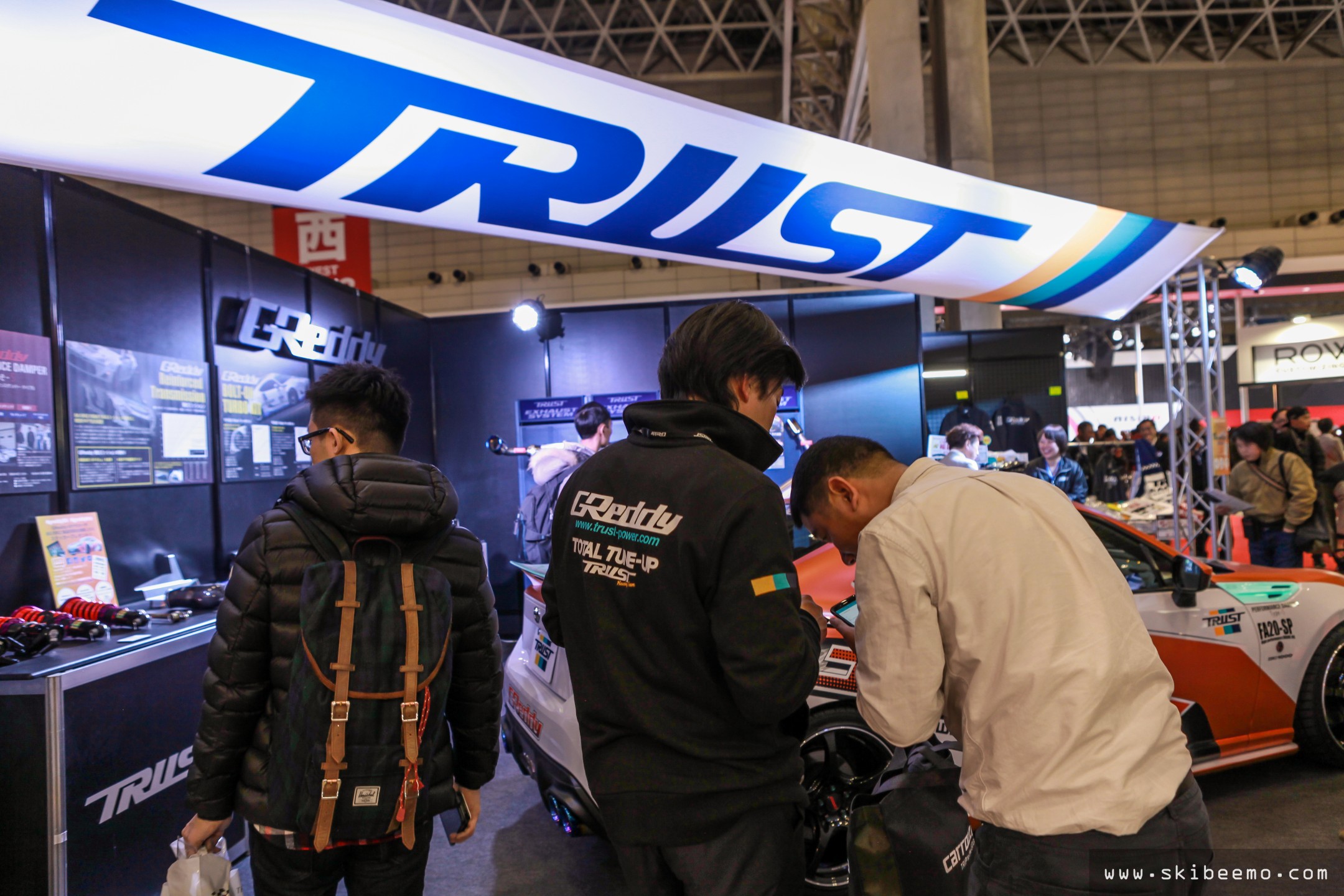
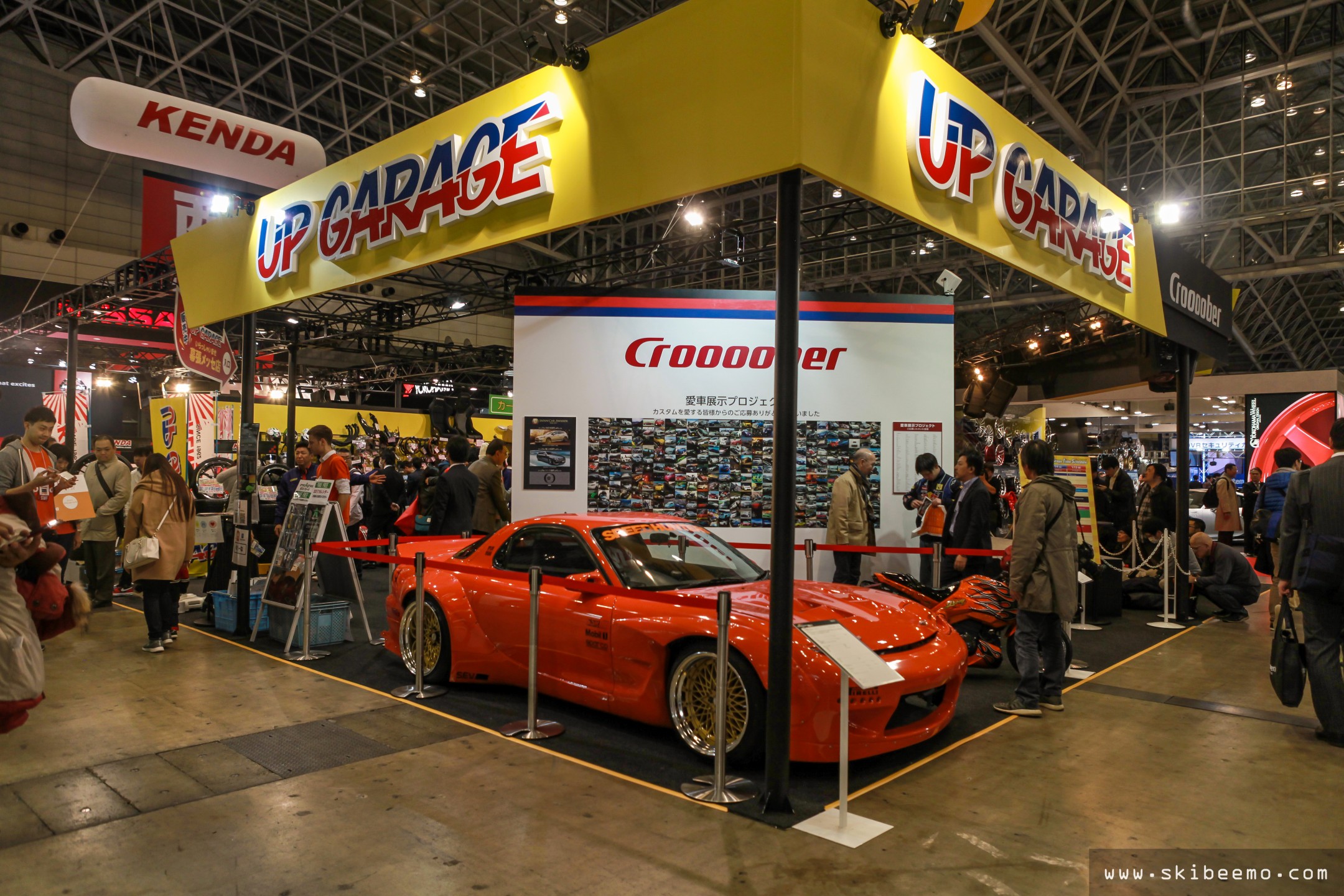
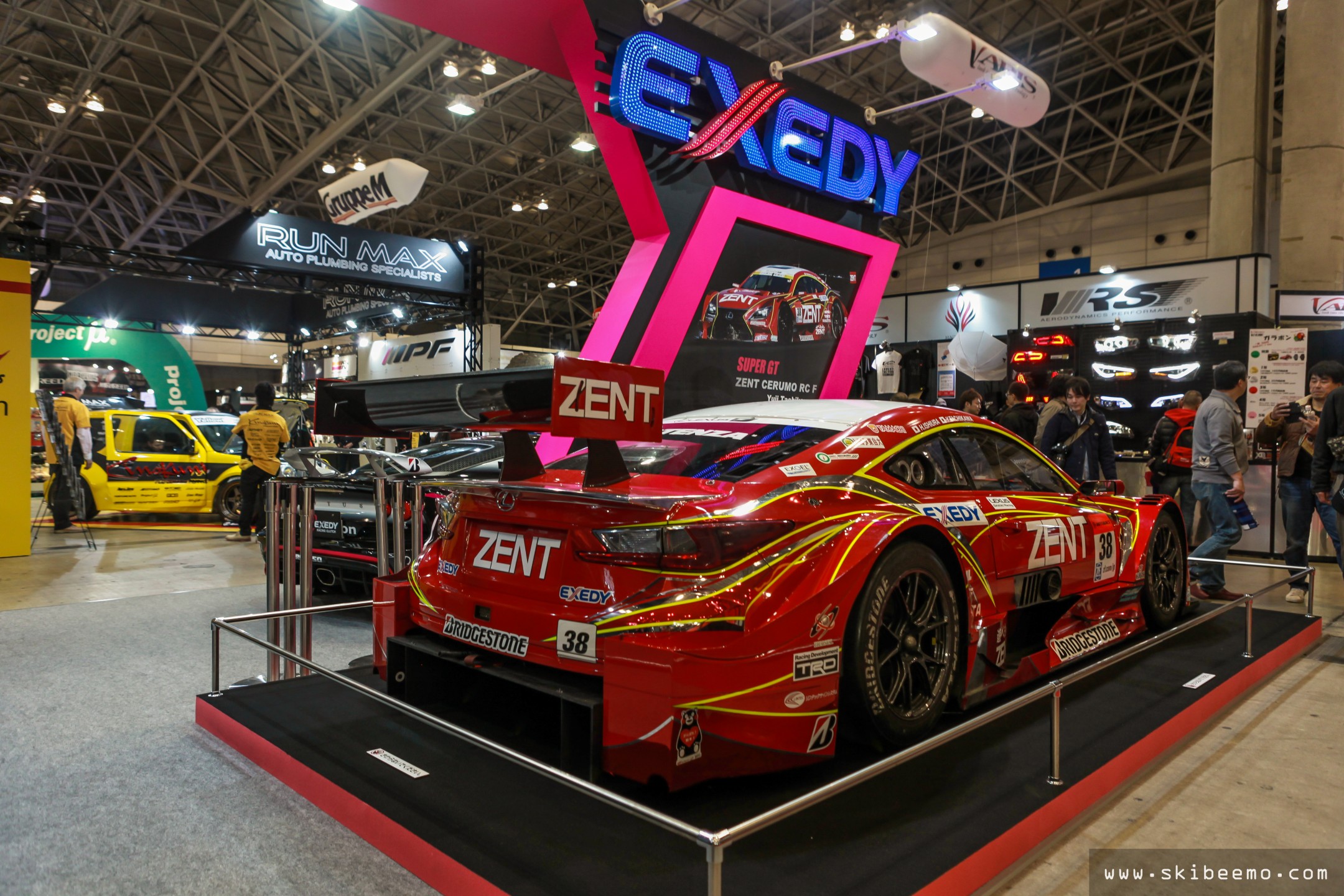
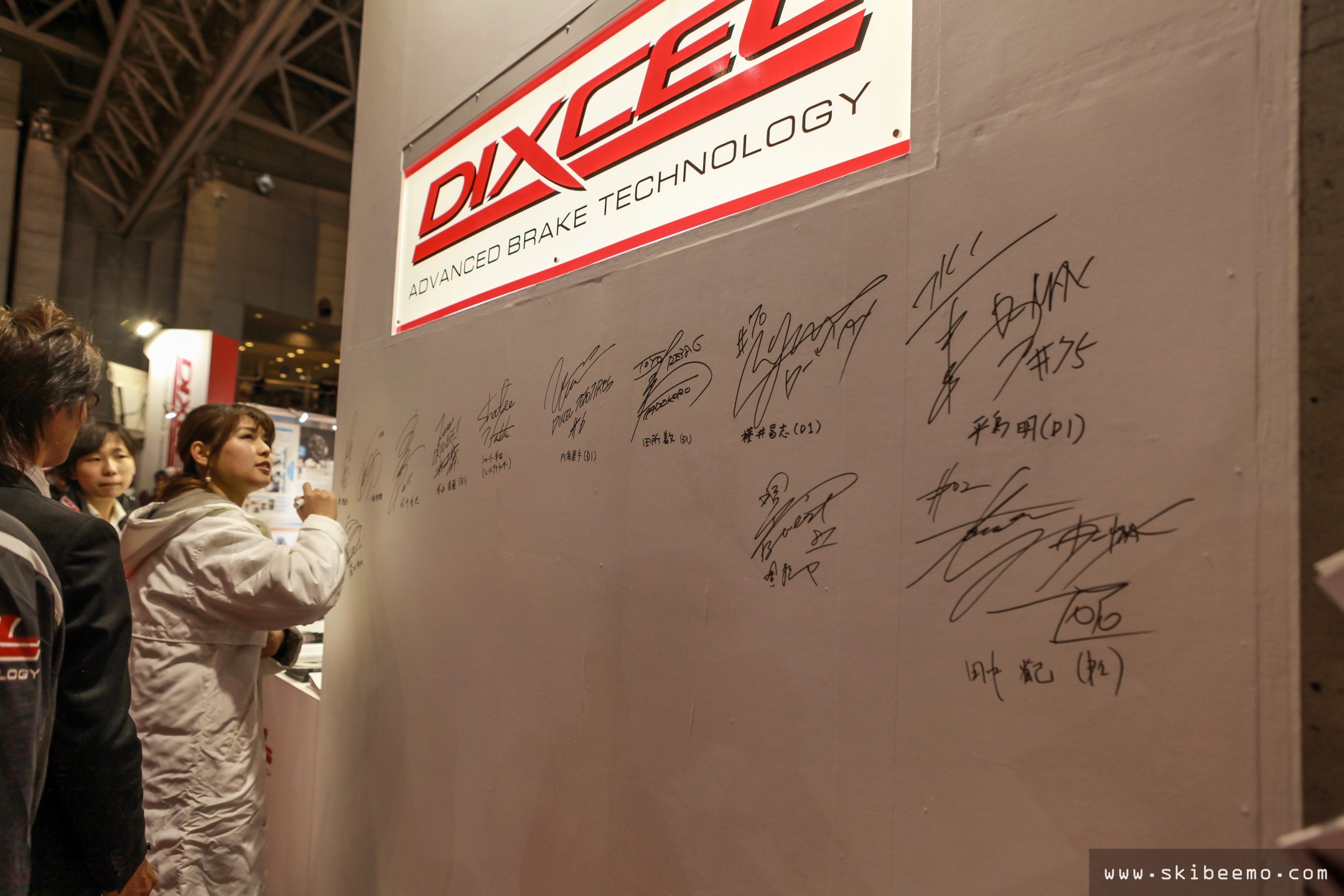
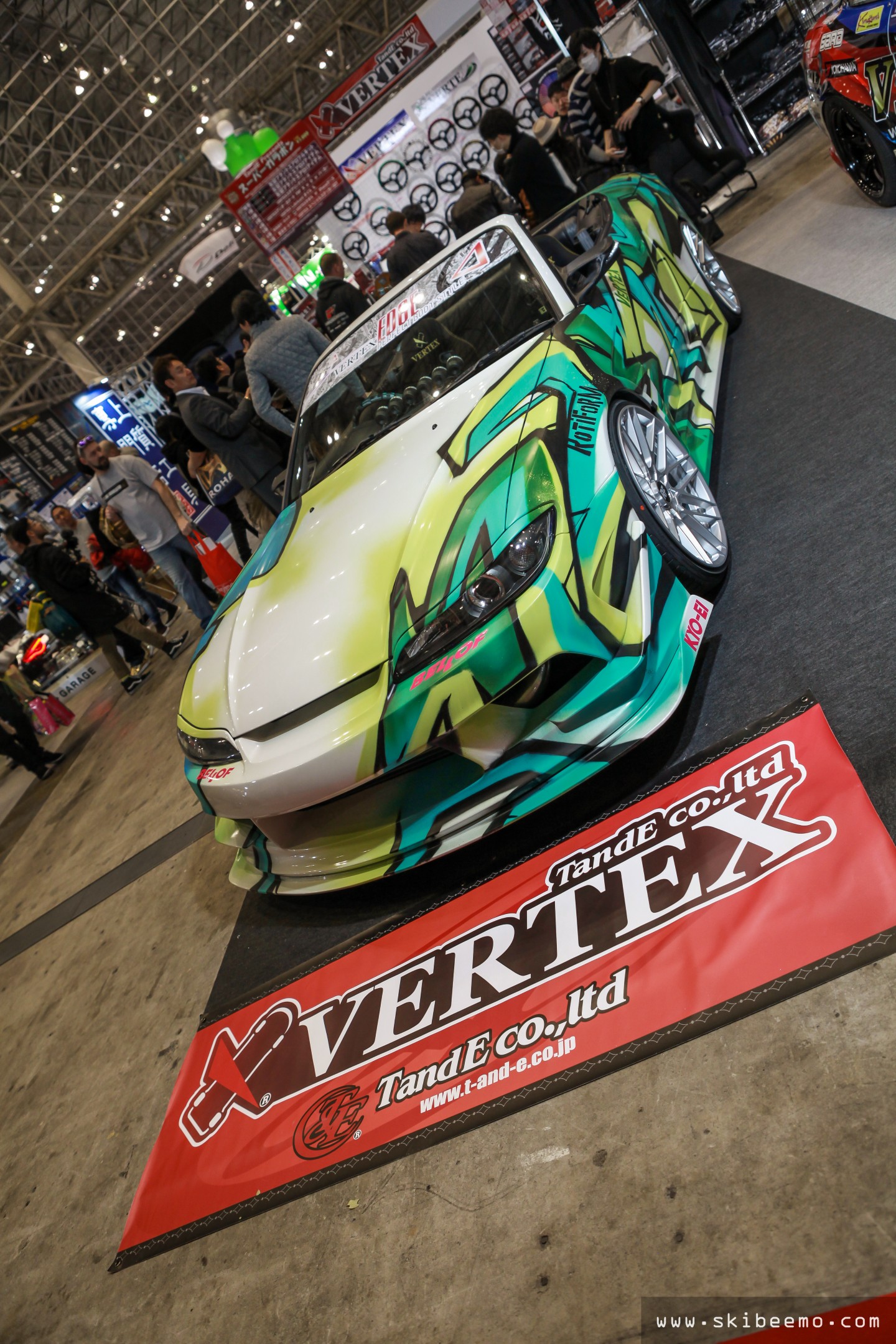
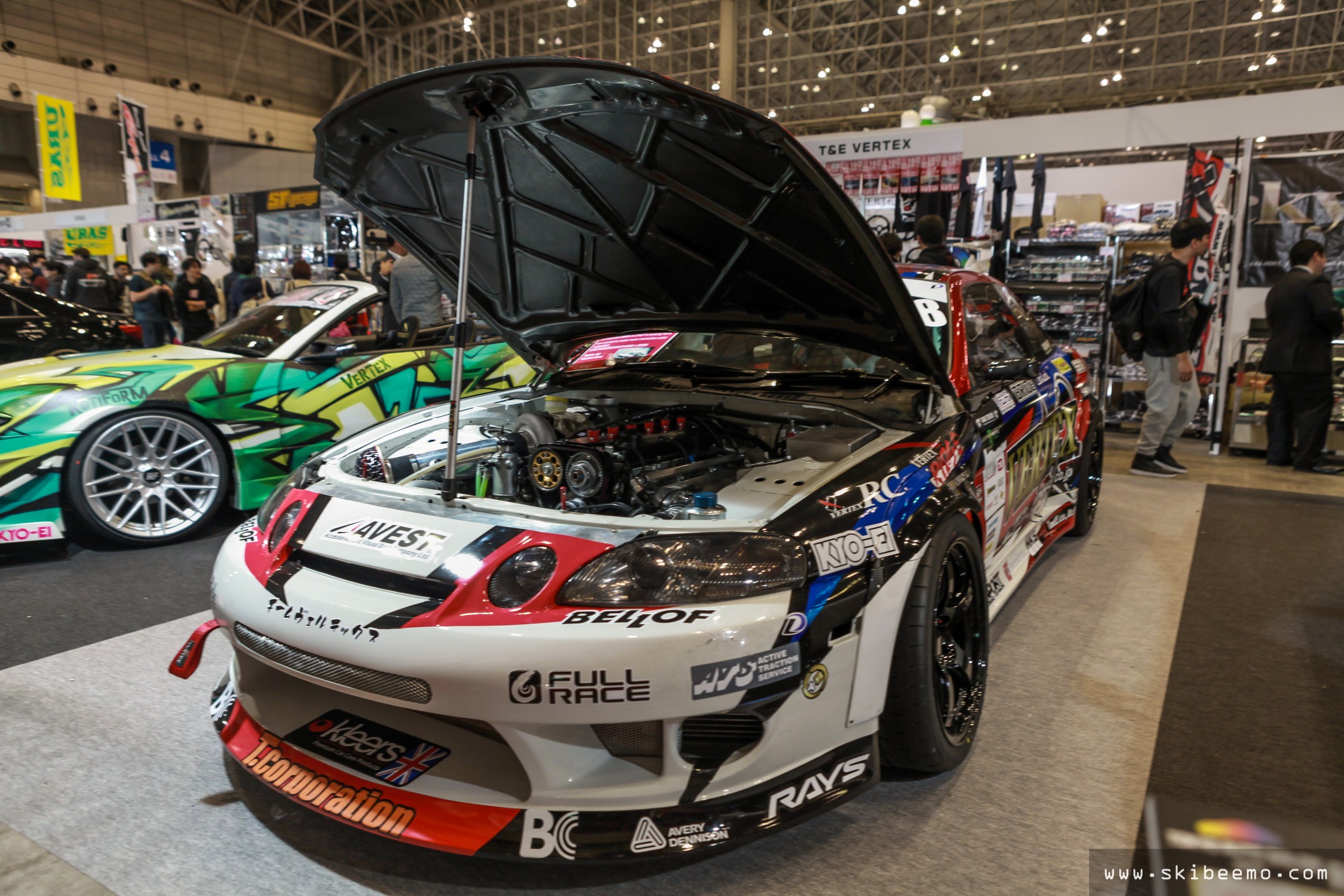
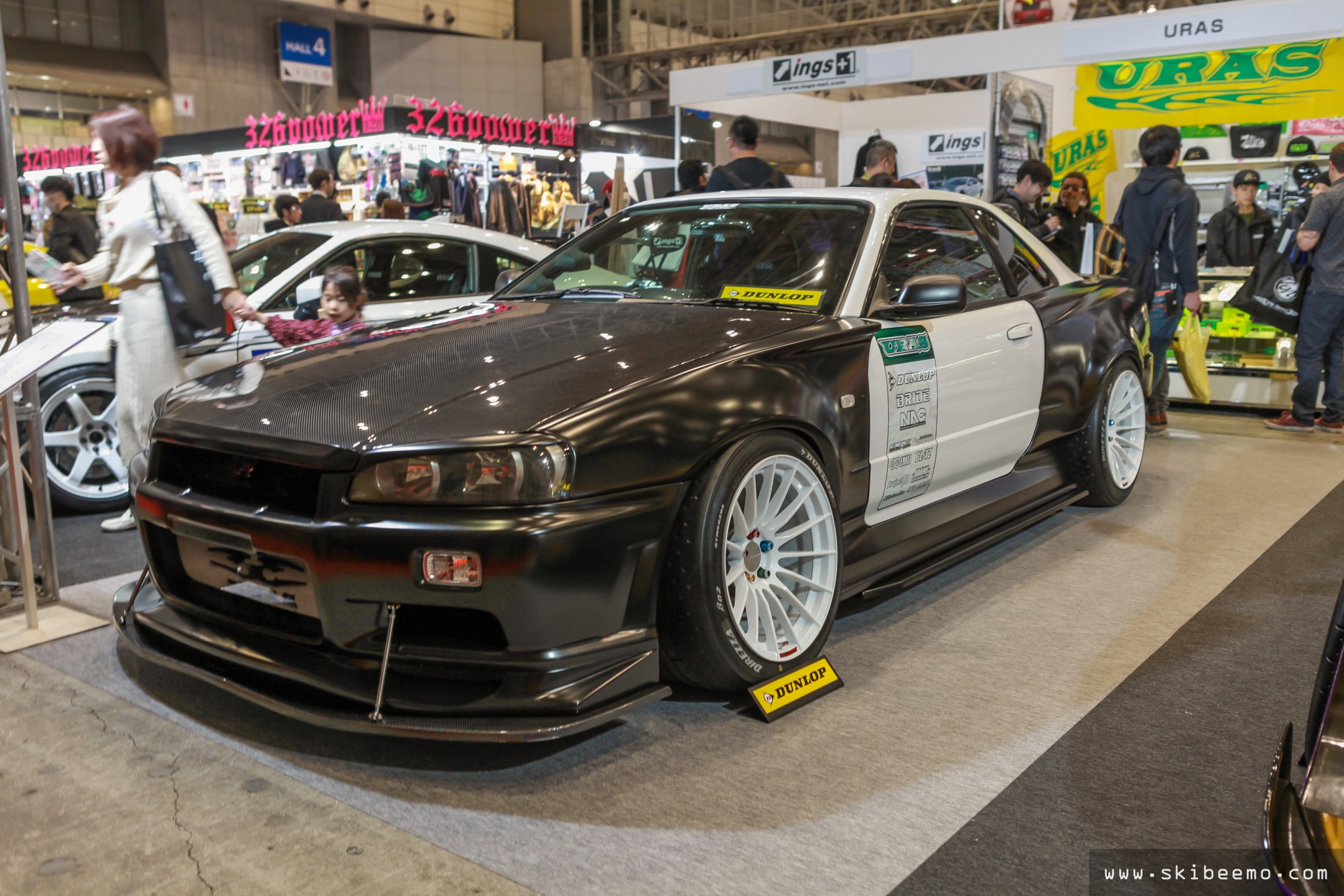
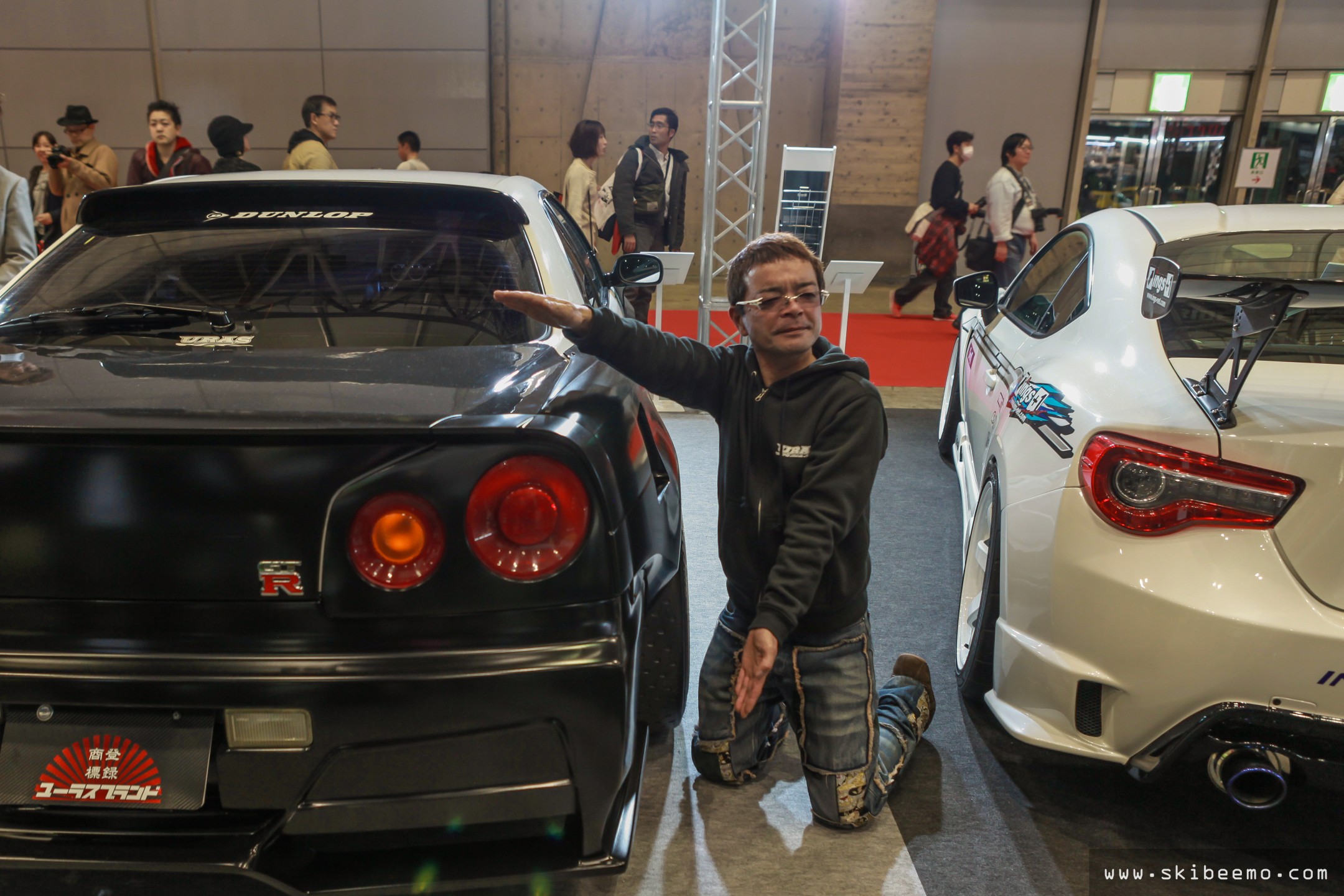
Workshops and tuners typically focus their products and service development for the latest cars available to the domestic market and no doubt for TAS 2017, the most popular chassis were the Nissan GT-R R35, Toyota 86/Subaru BRZ and surprisingly, the Honda S660. Every booth had at least one of these chassis, if not all three, modified and on display for all to marvel at.
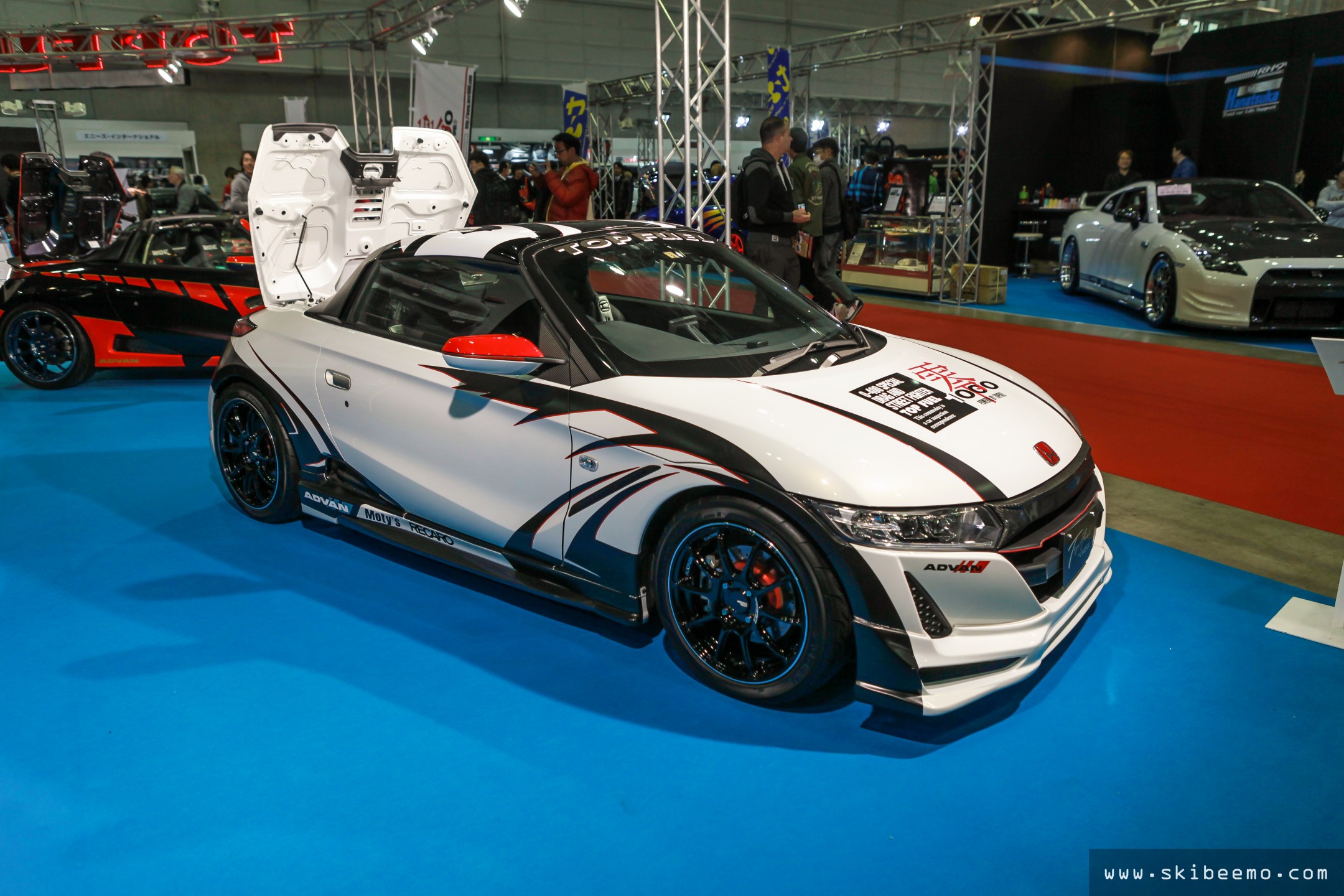
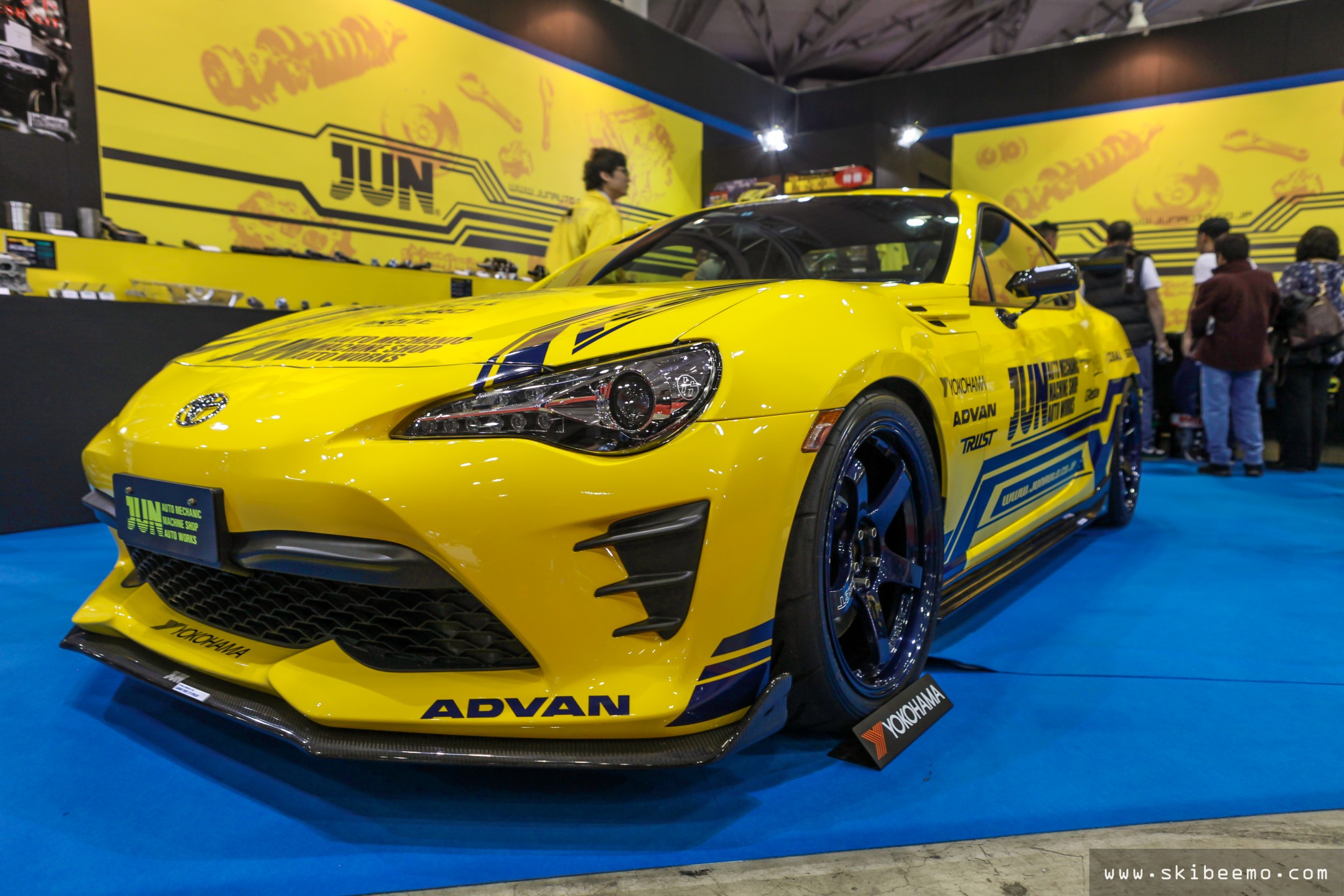
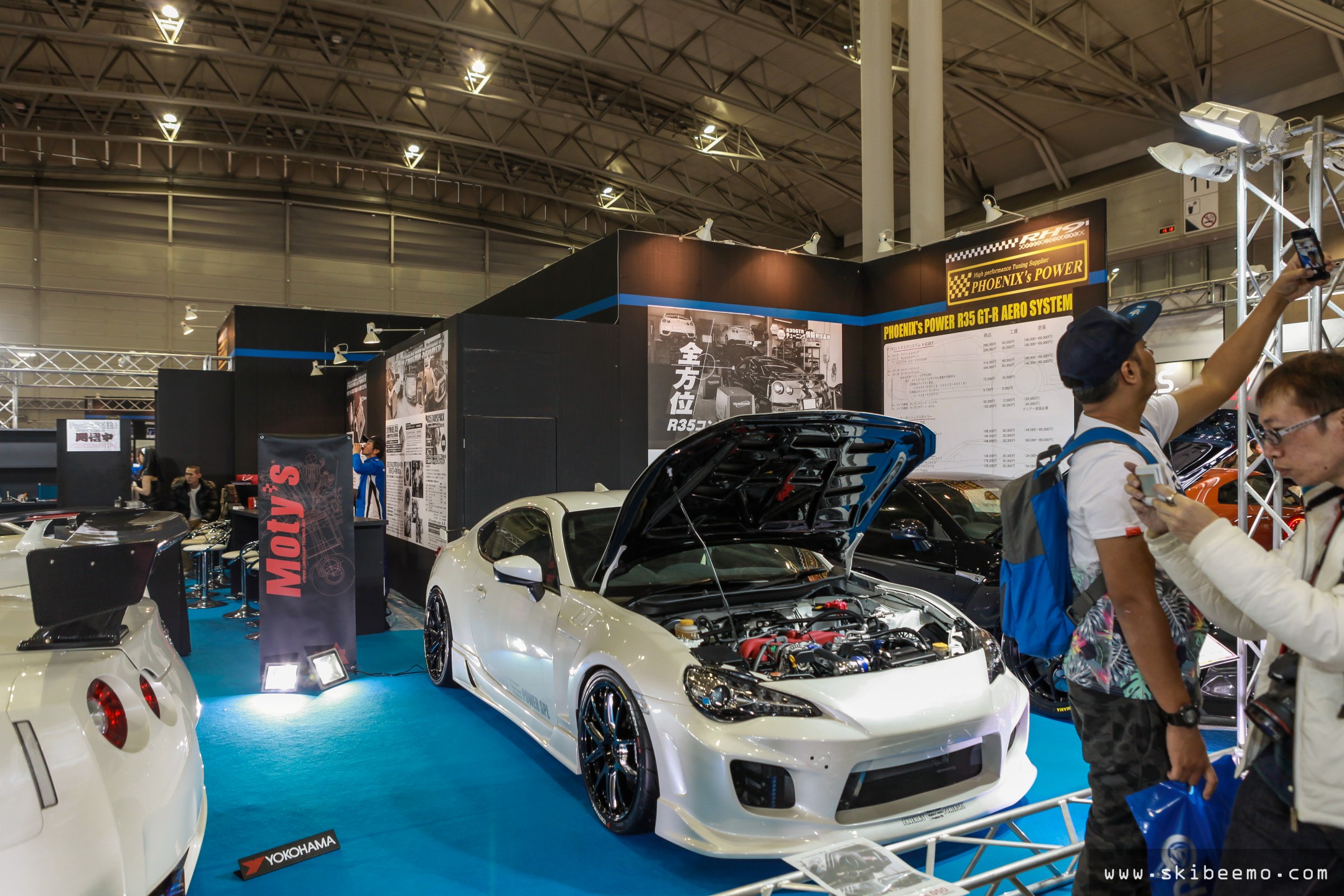
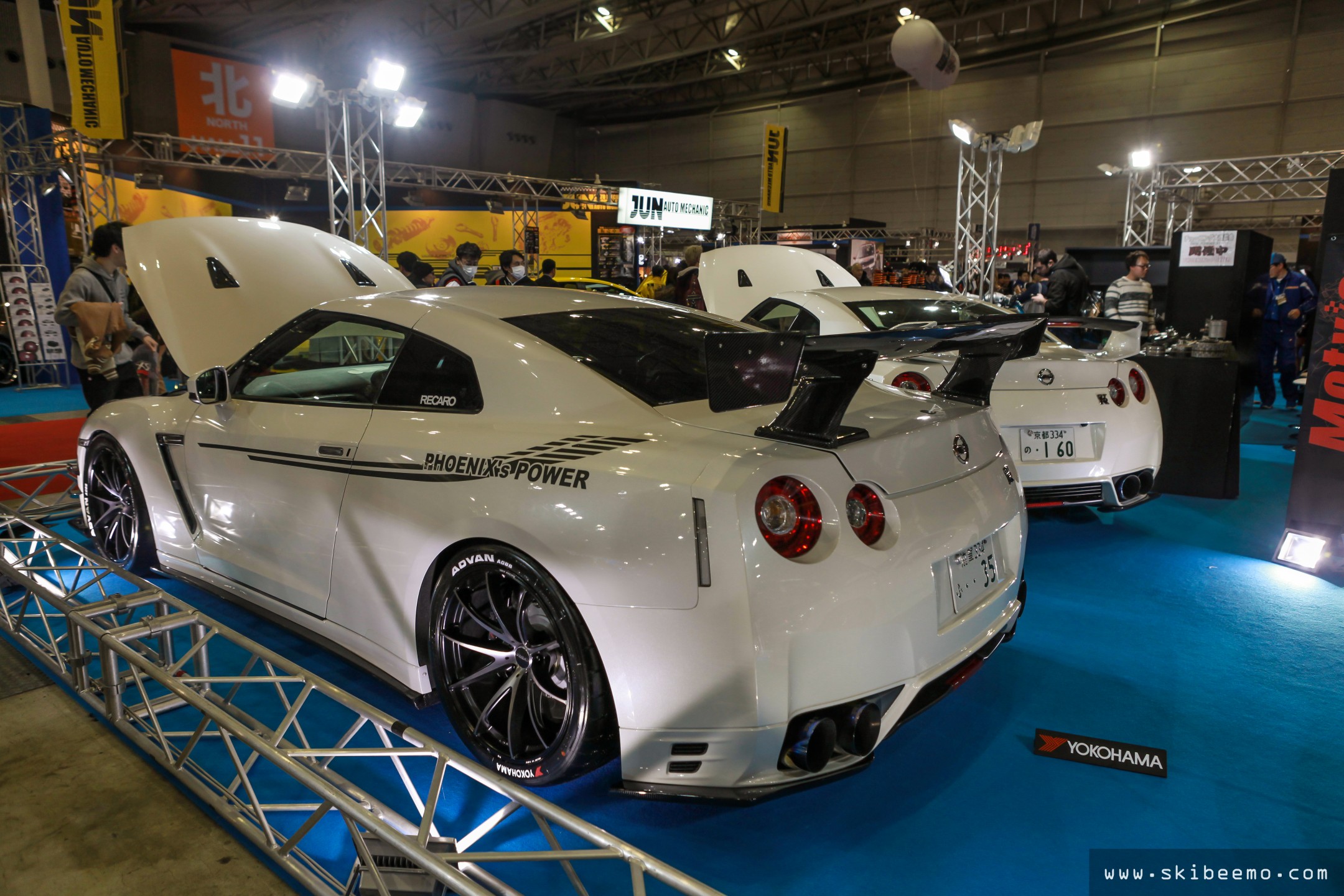
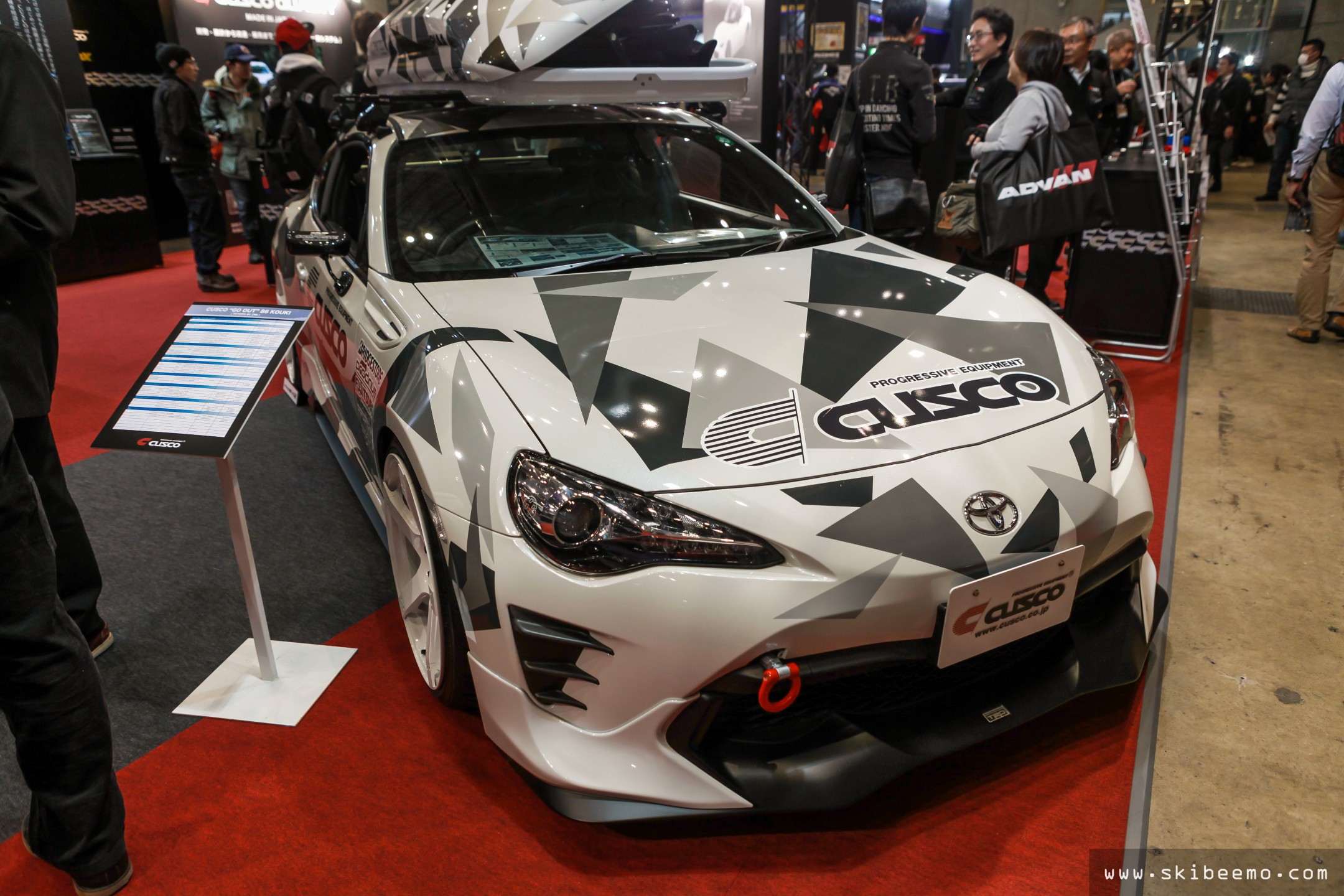

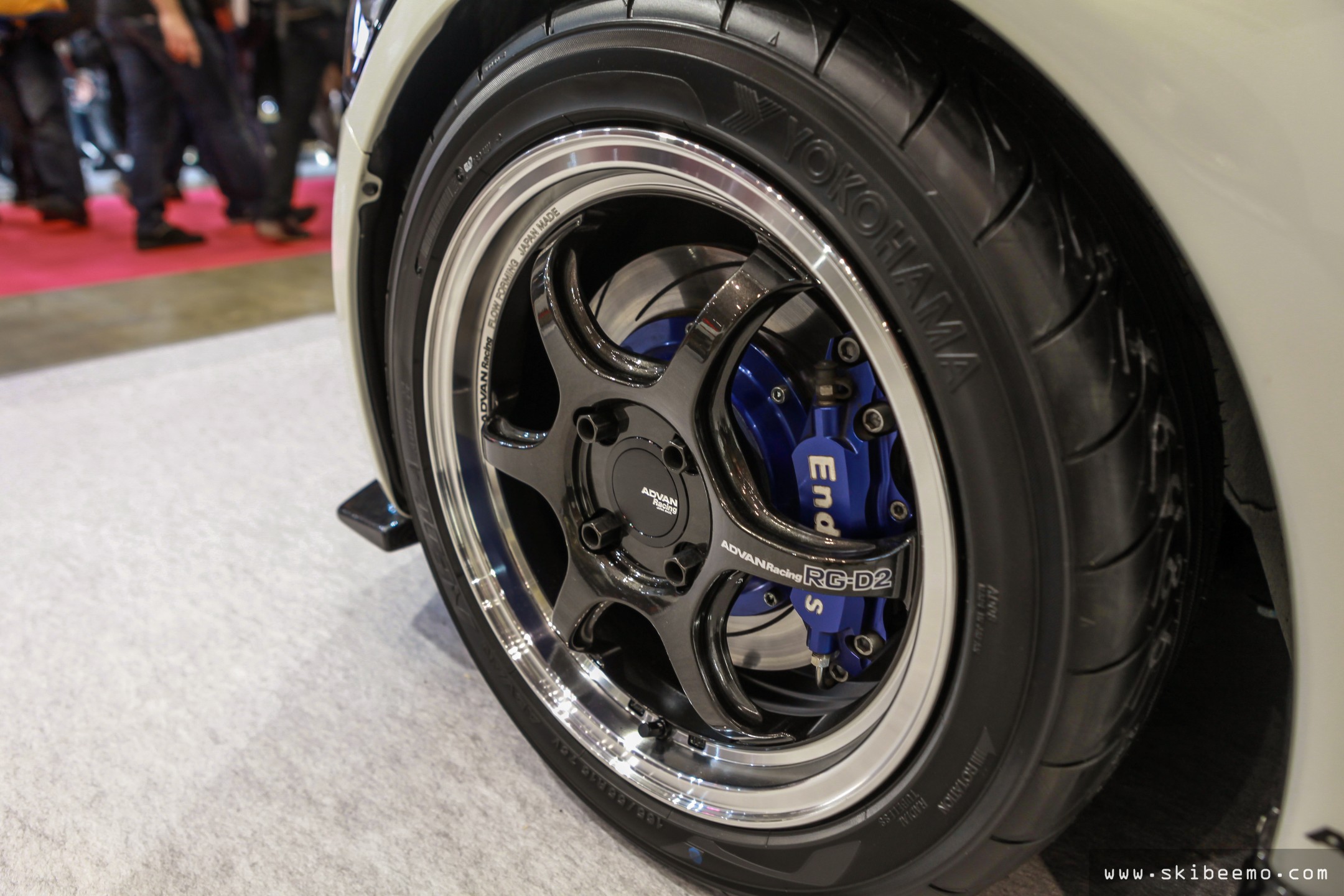
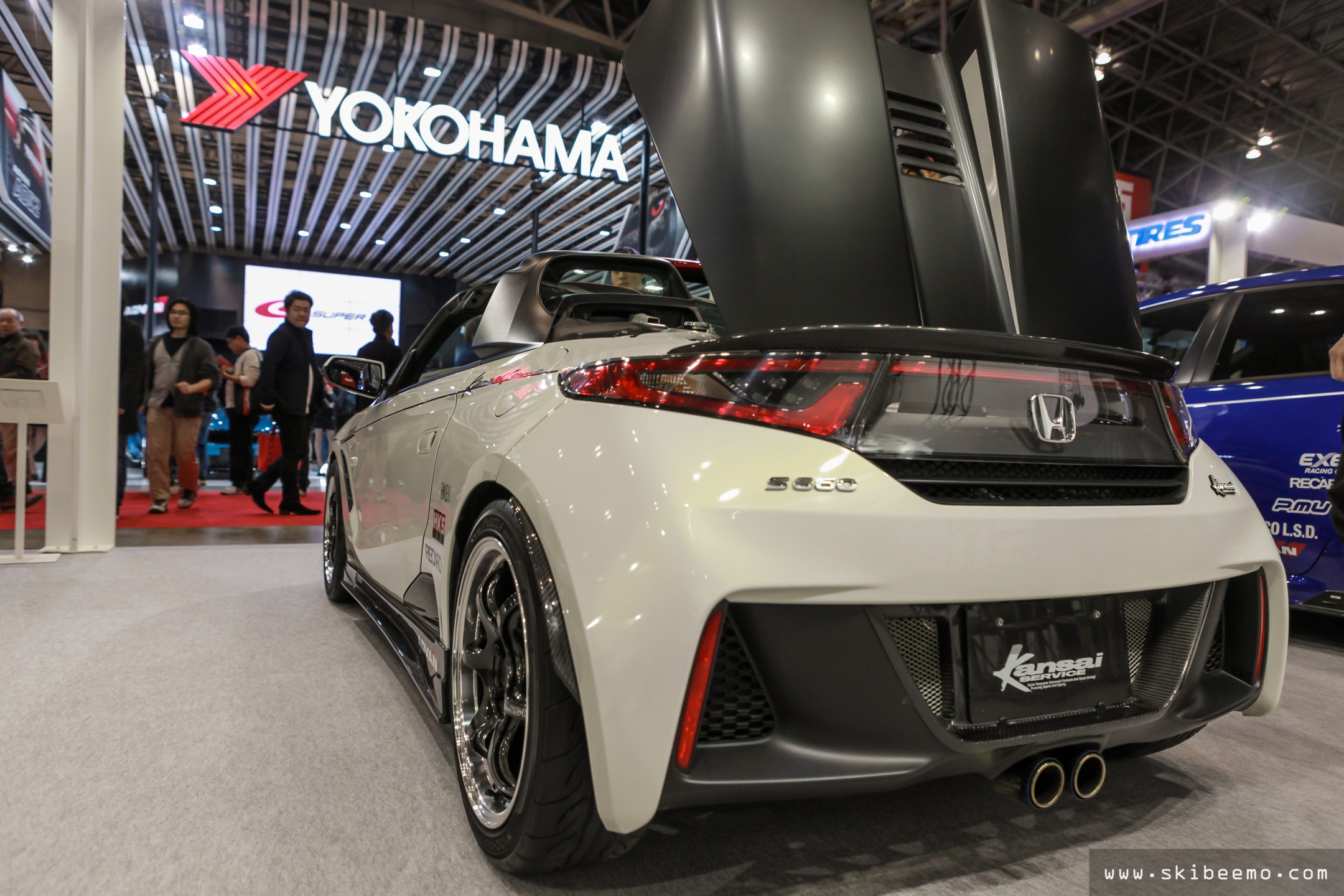
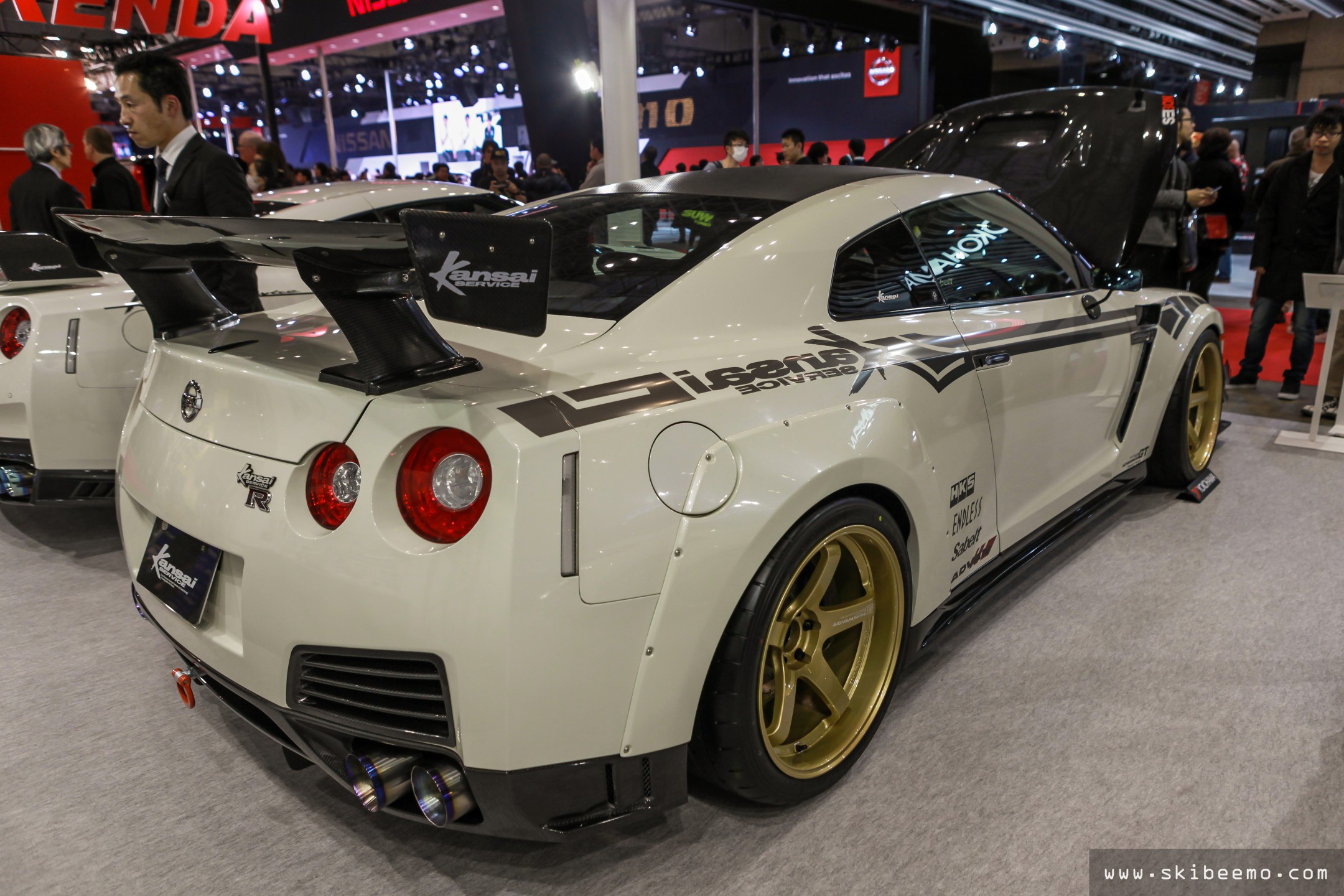
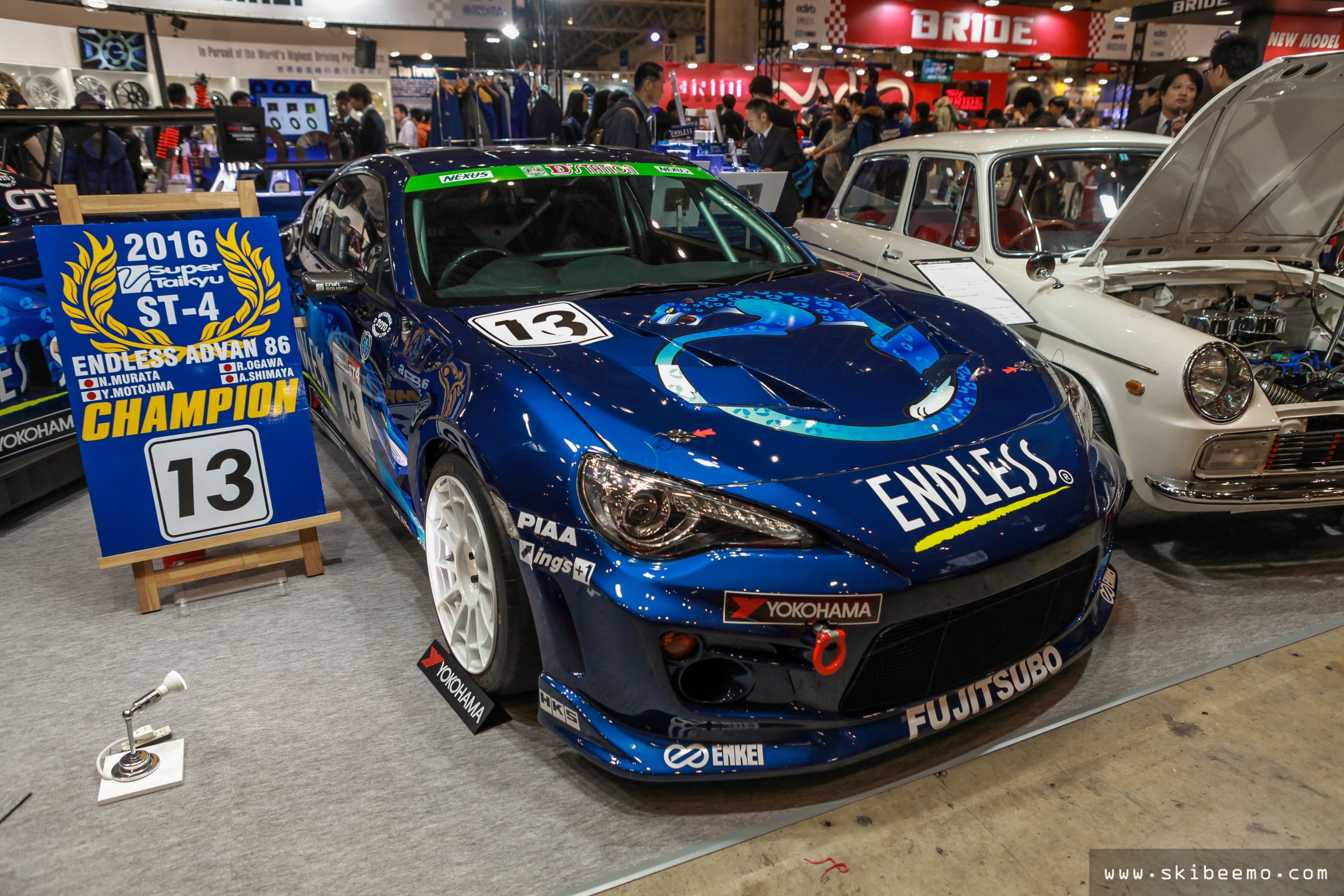
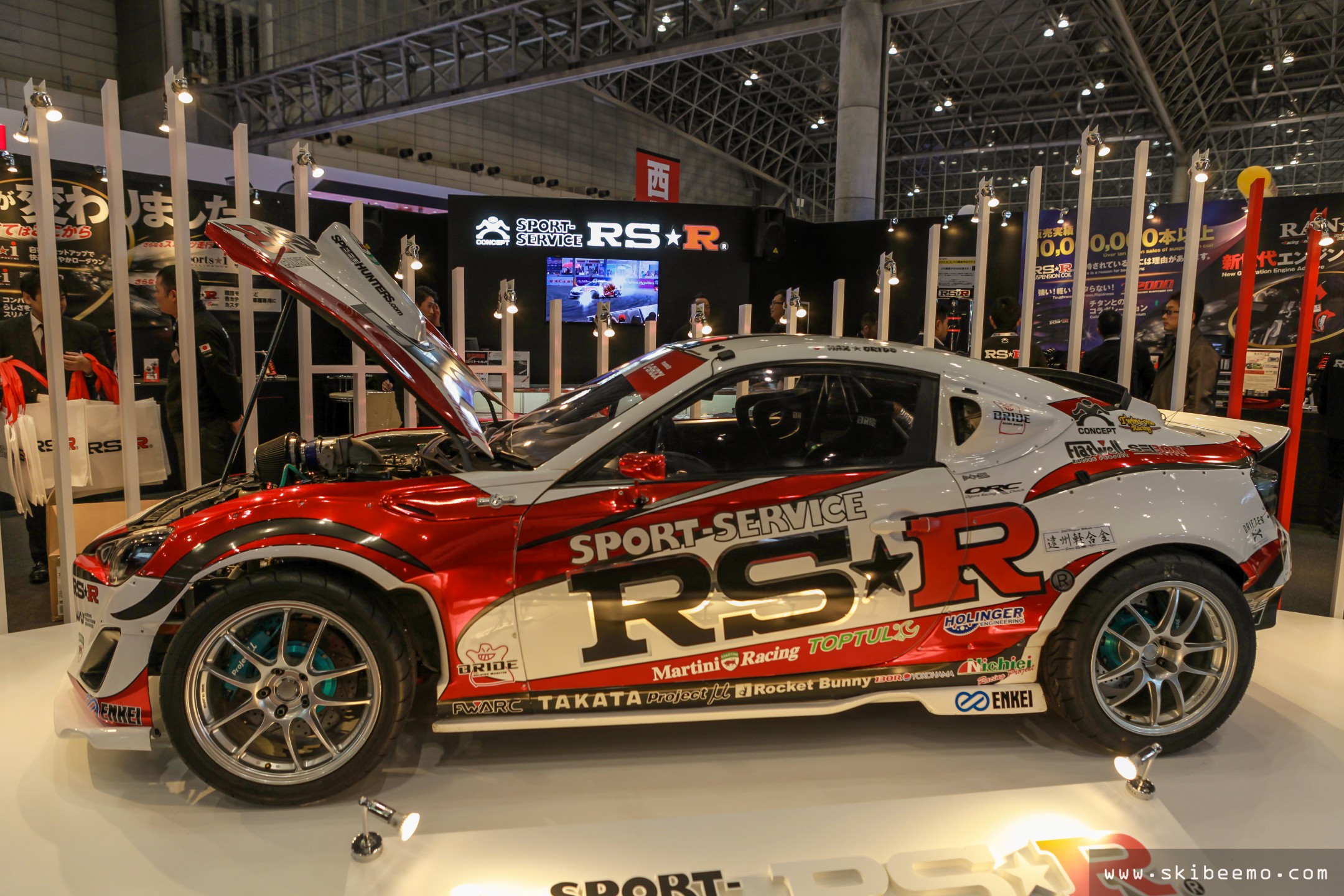
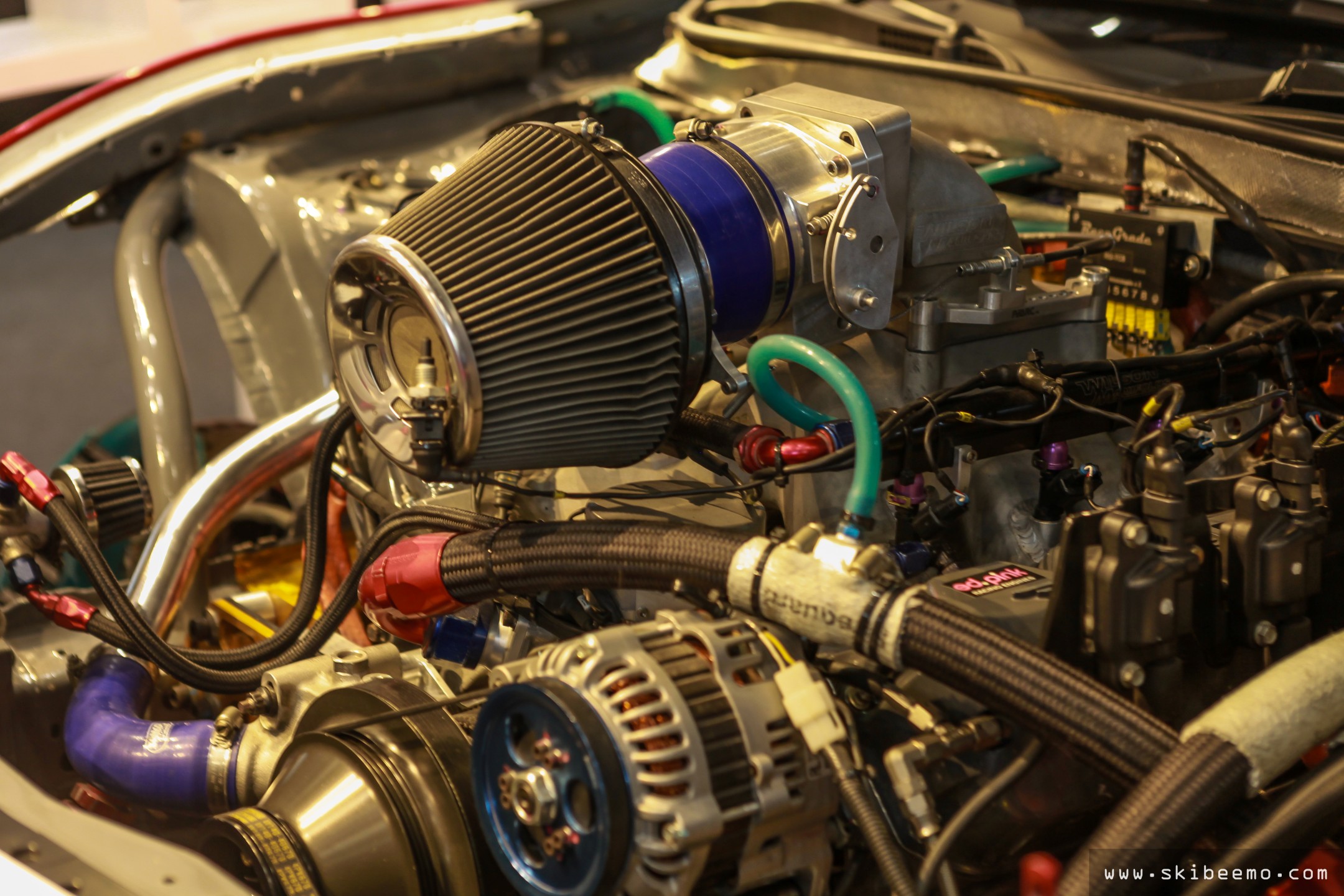
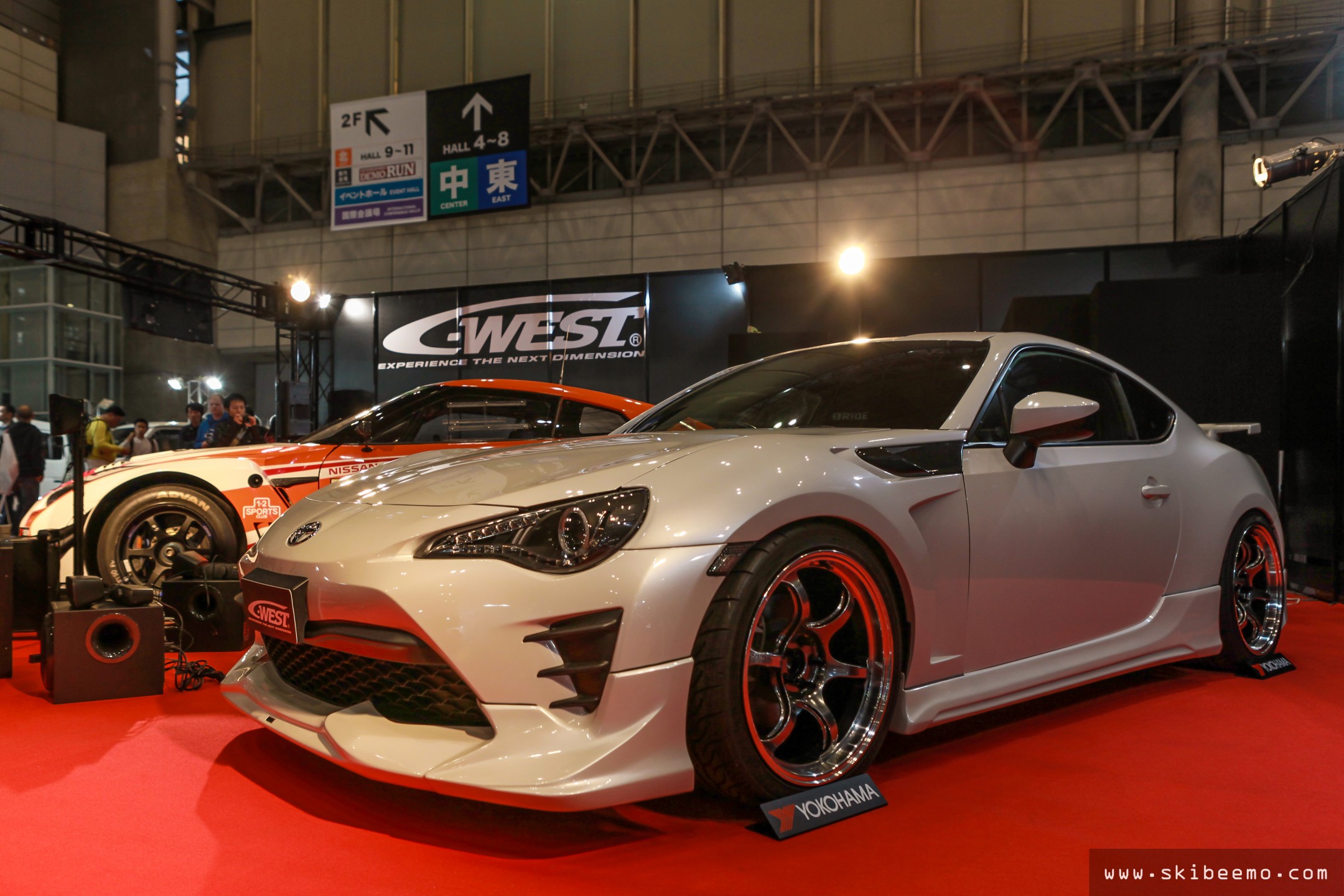
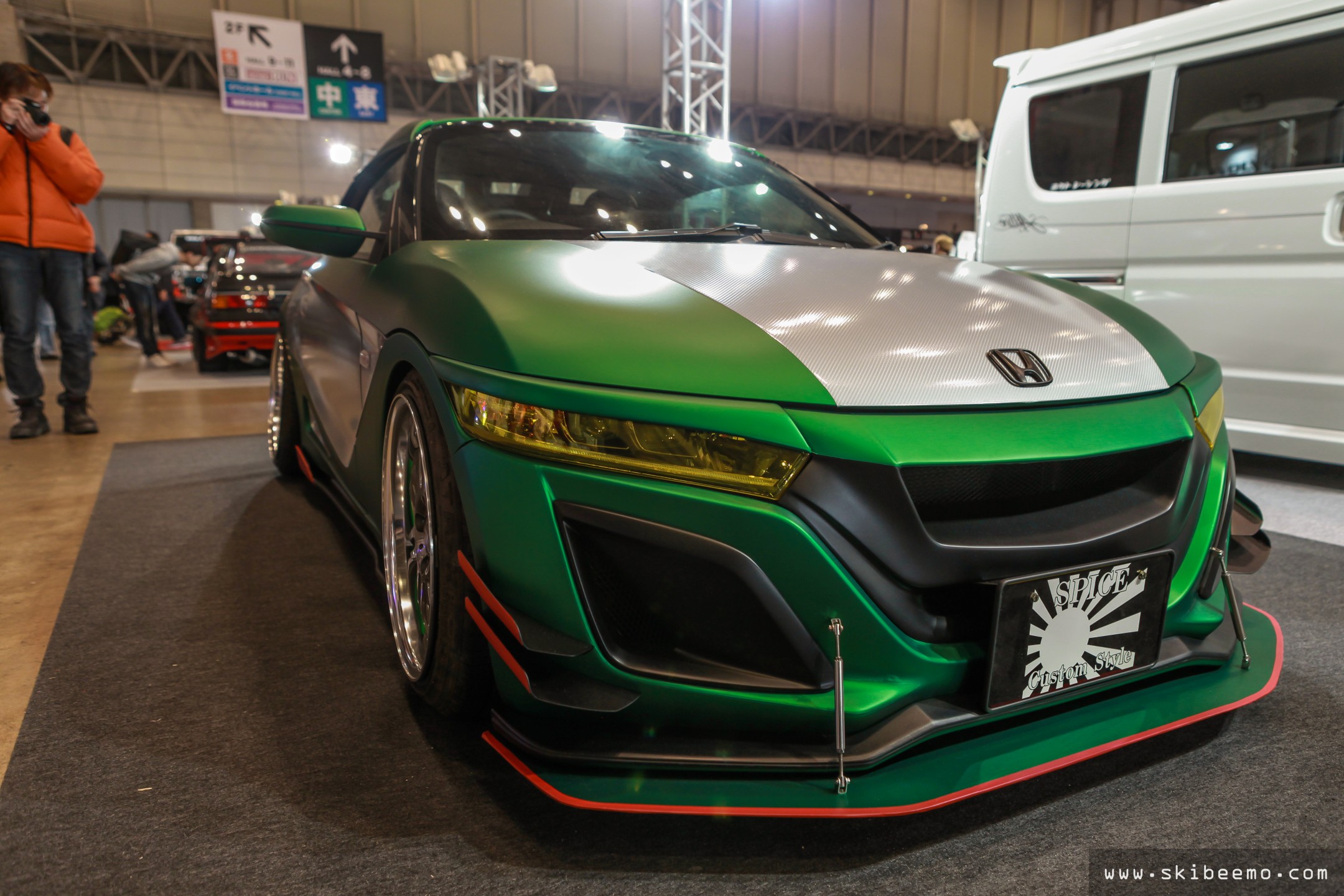
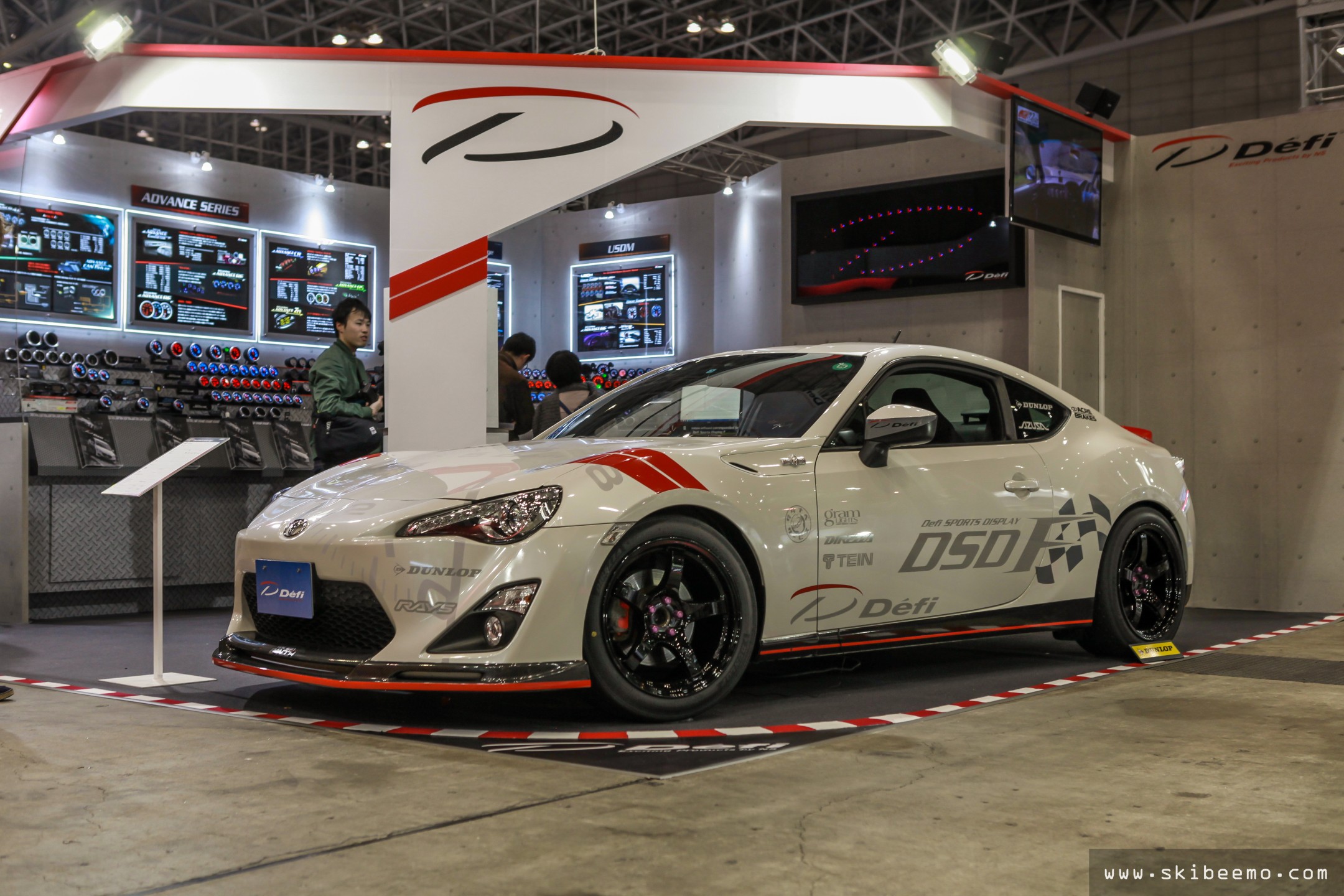
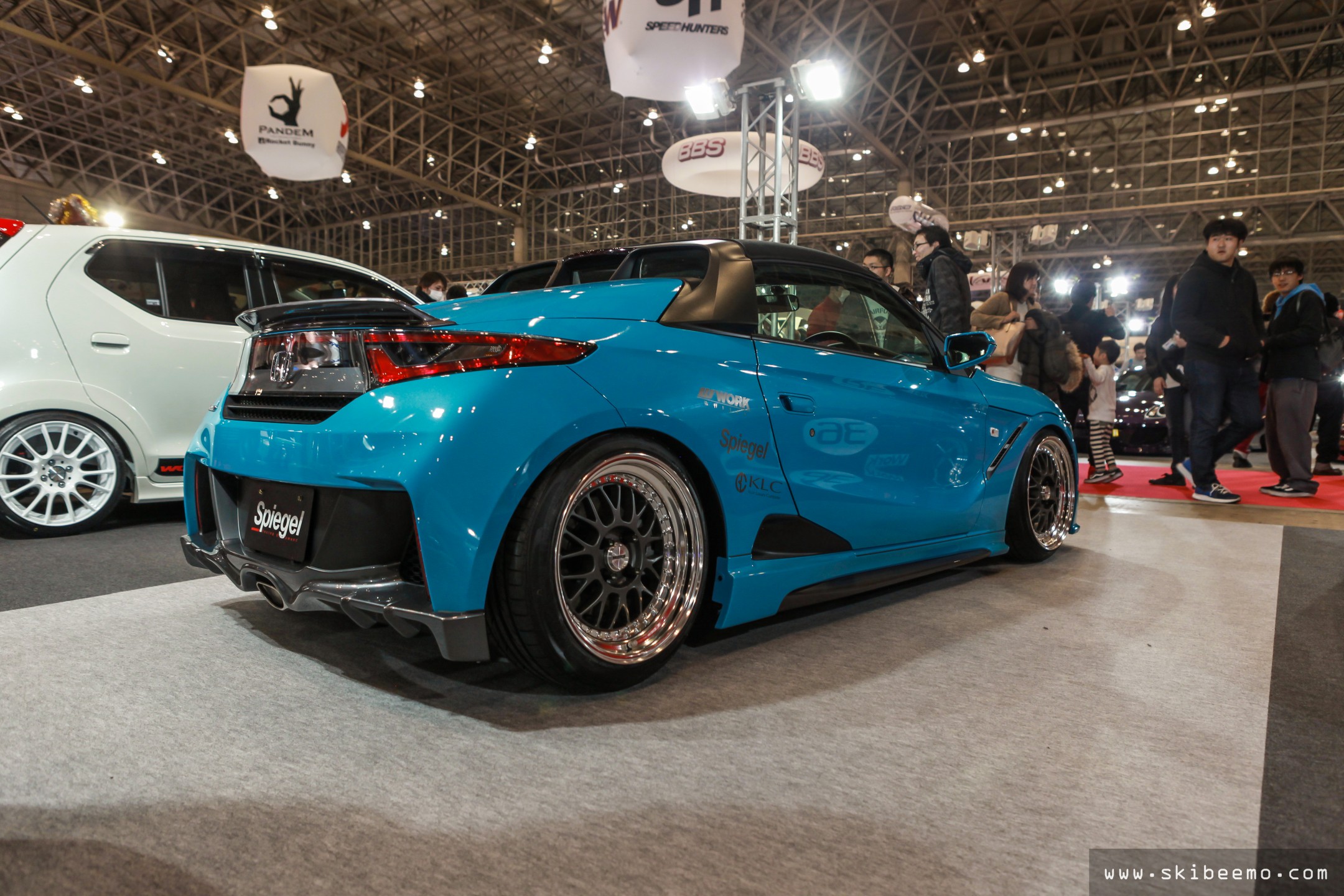
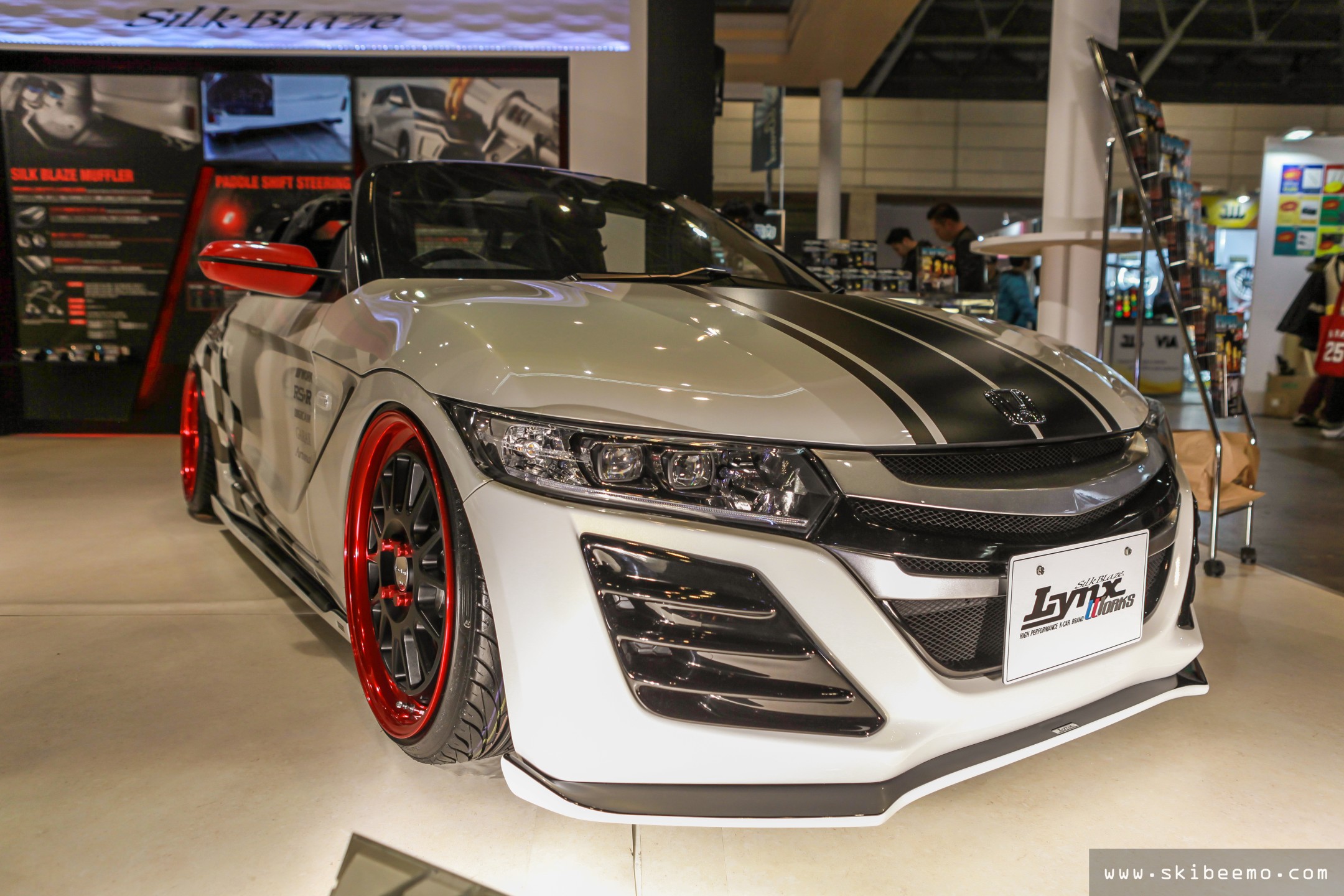
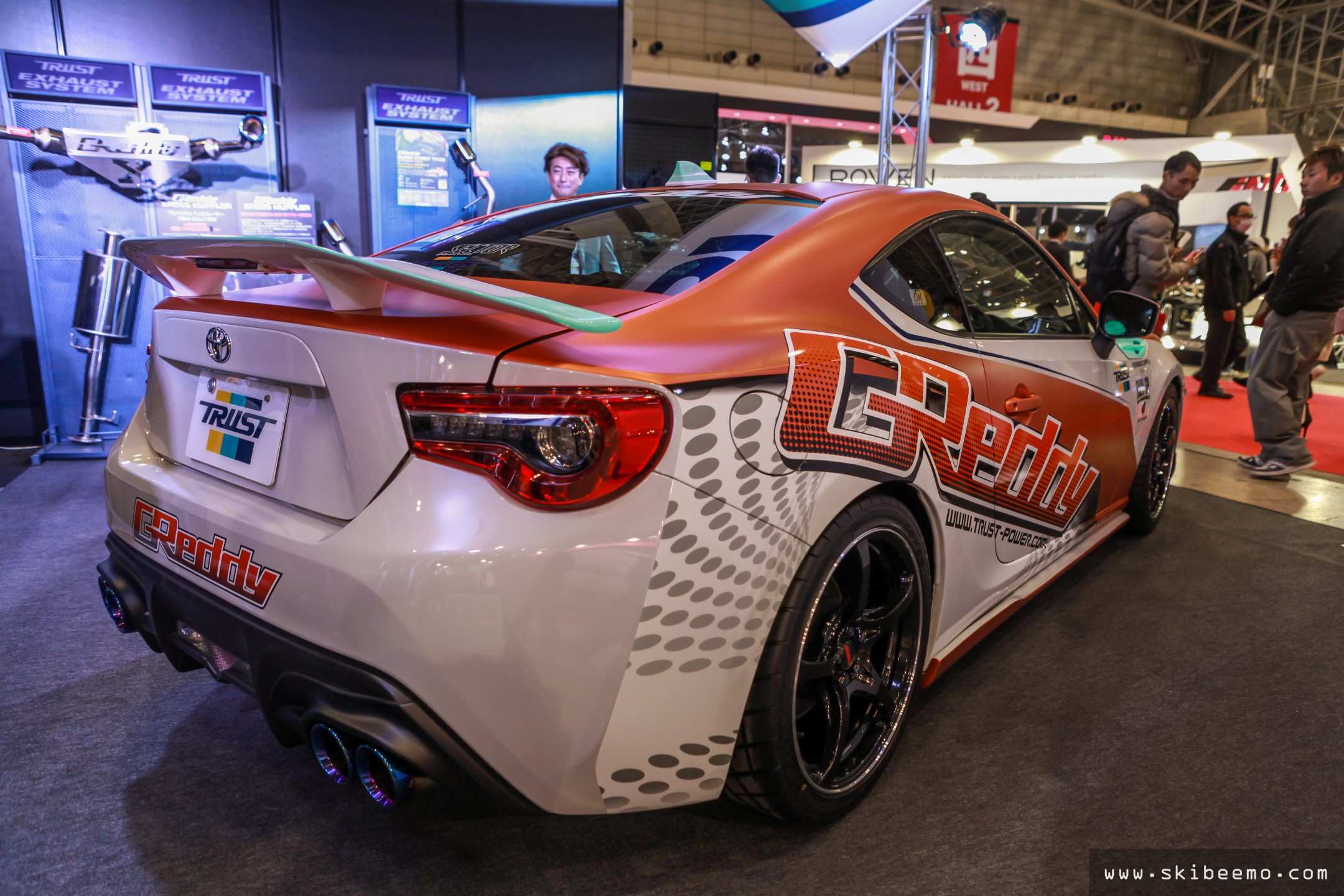
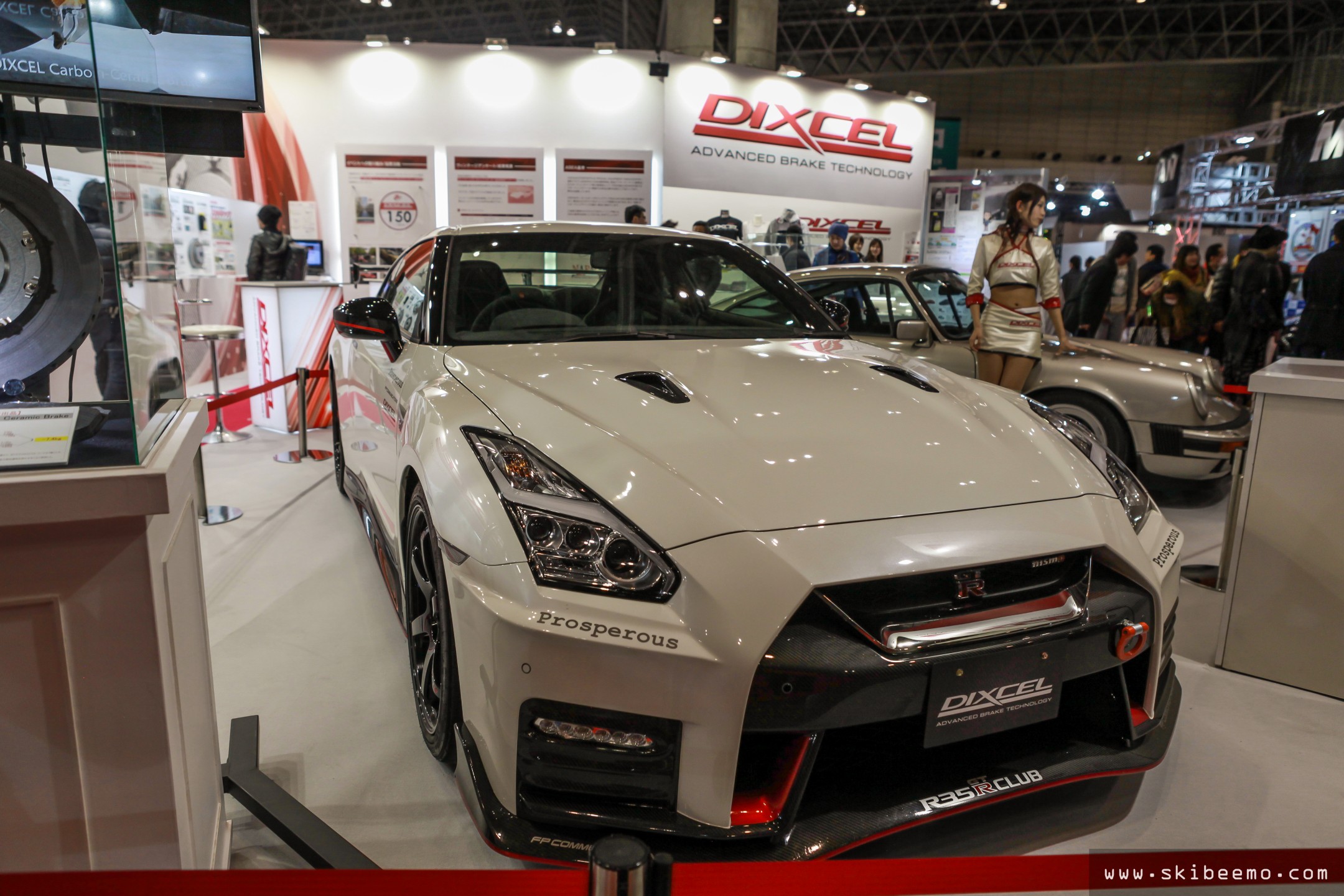
I last caught up with these two in Sydney, the S15 last year and the S2000 in 2013. Unfortunately, I wasn’t able to hear their beautiful voices this time around. Maybe later this year in October at World Time Attack Challenge? Tomohiko "Under" Suzuki’s S15 was parked at the GCG Turbos booth, which was shared with Pro GTR Motorsport, an Adelaide-based company producing billet engine blocks. Awesome to see my hometown on the map at an event as extravagant as TAS.
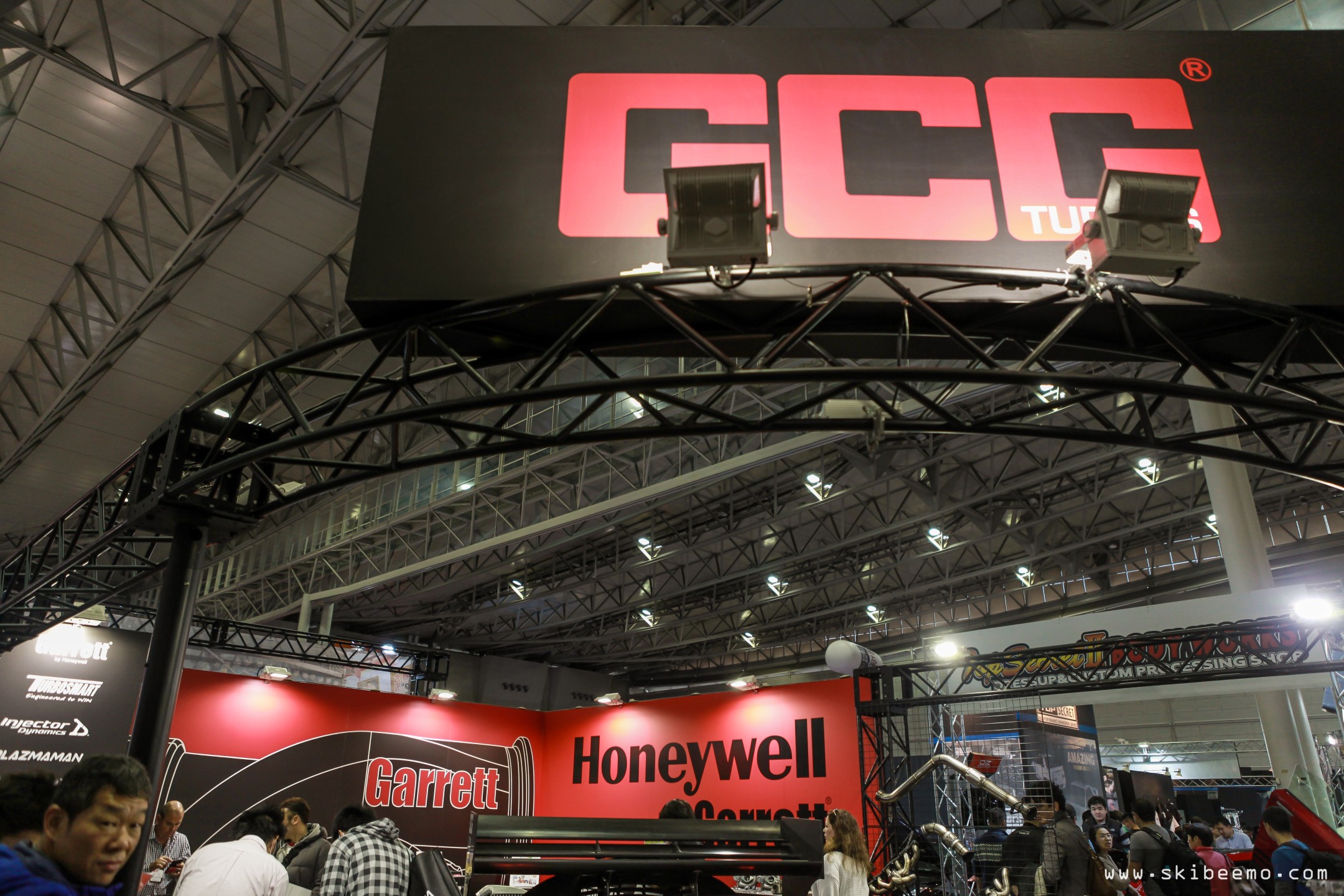
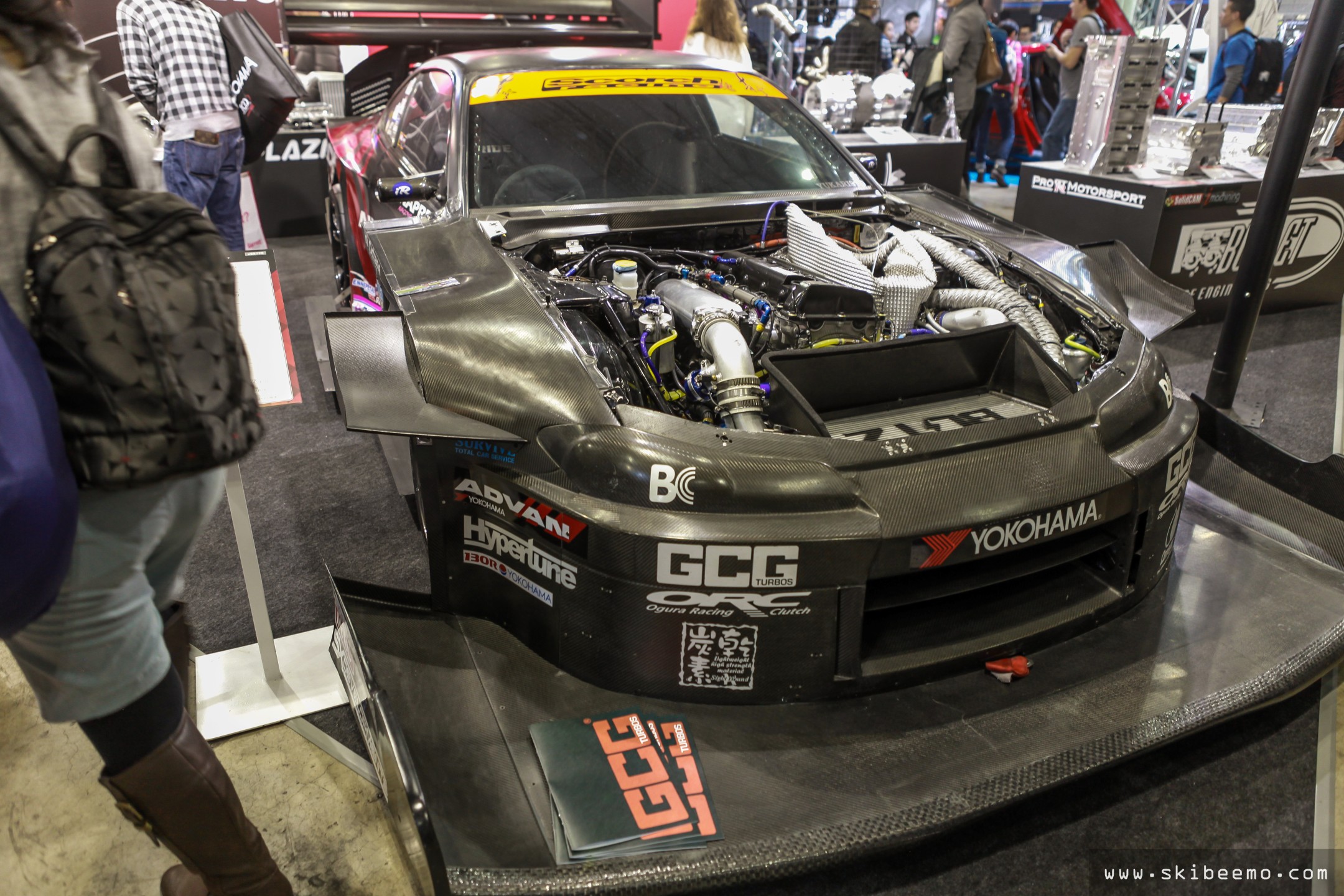
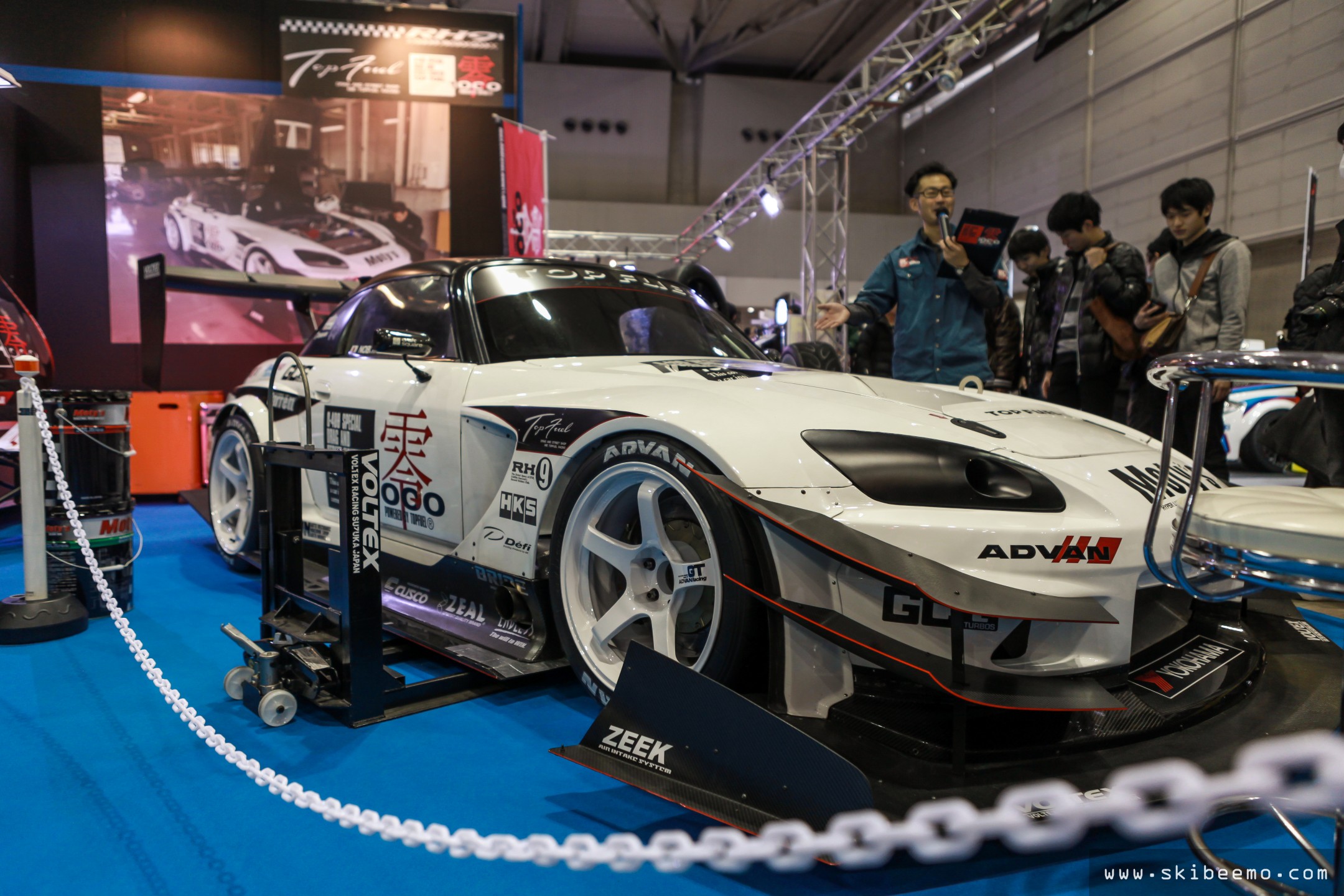
JDM nostalgia. The Toyota 2000GT is not an original but a replica offered for sale by renown JDM classic restorer, Rocky Auto, and is available in coupe or "James Bond-You Only Live Twice" convertible spec.
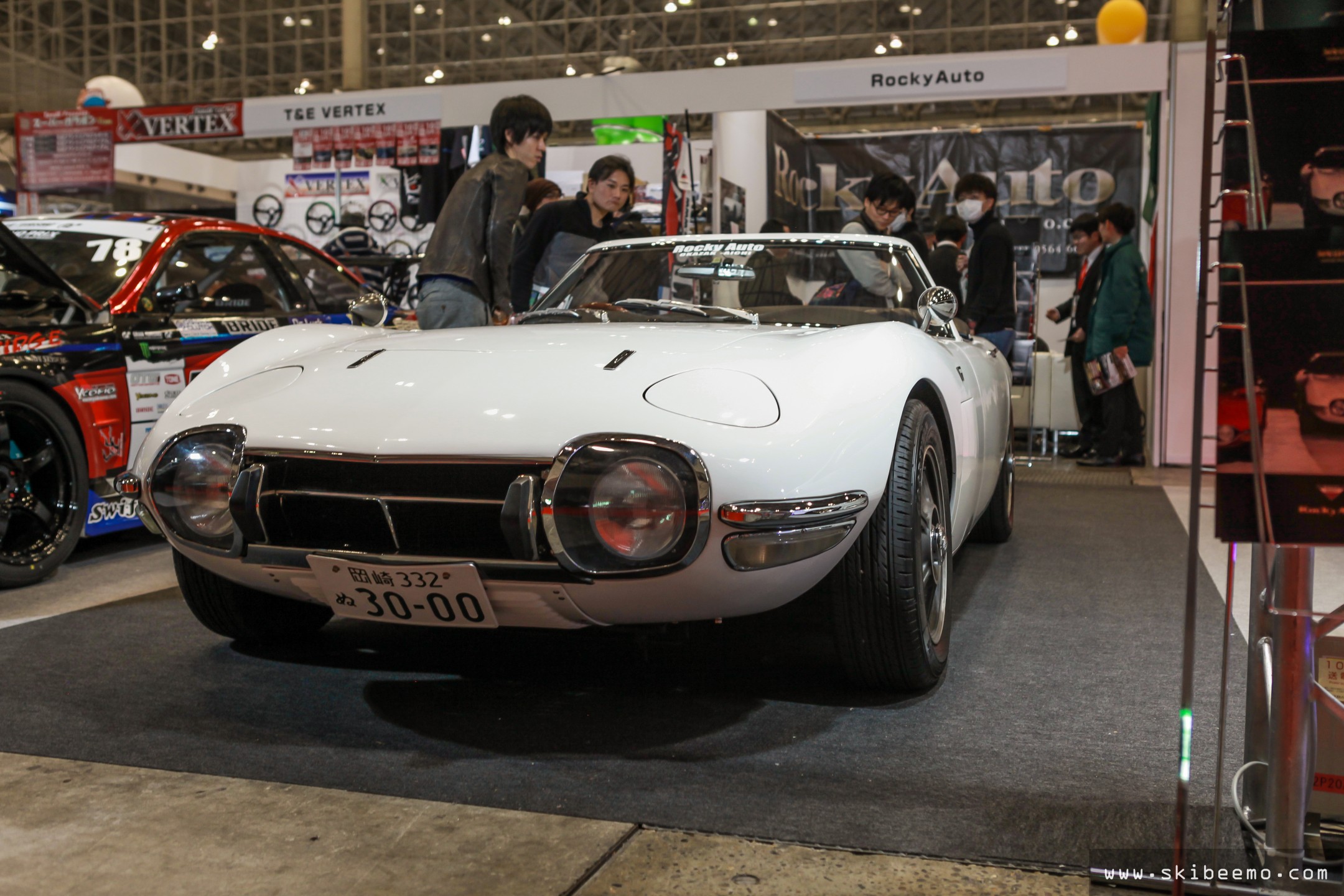
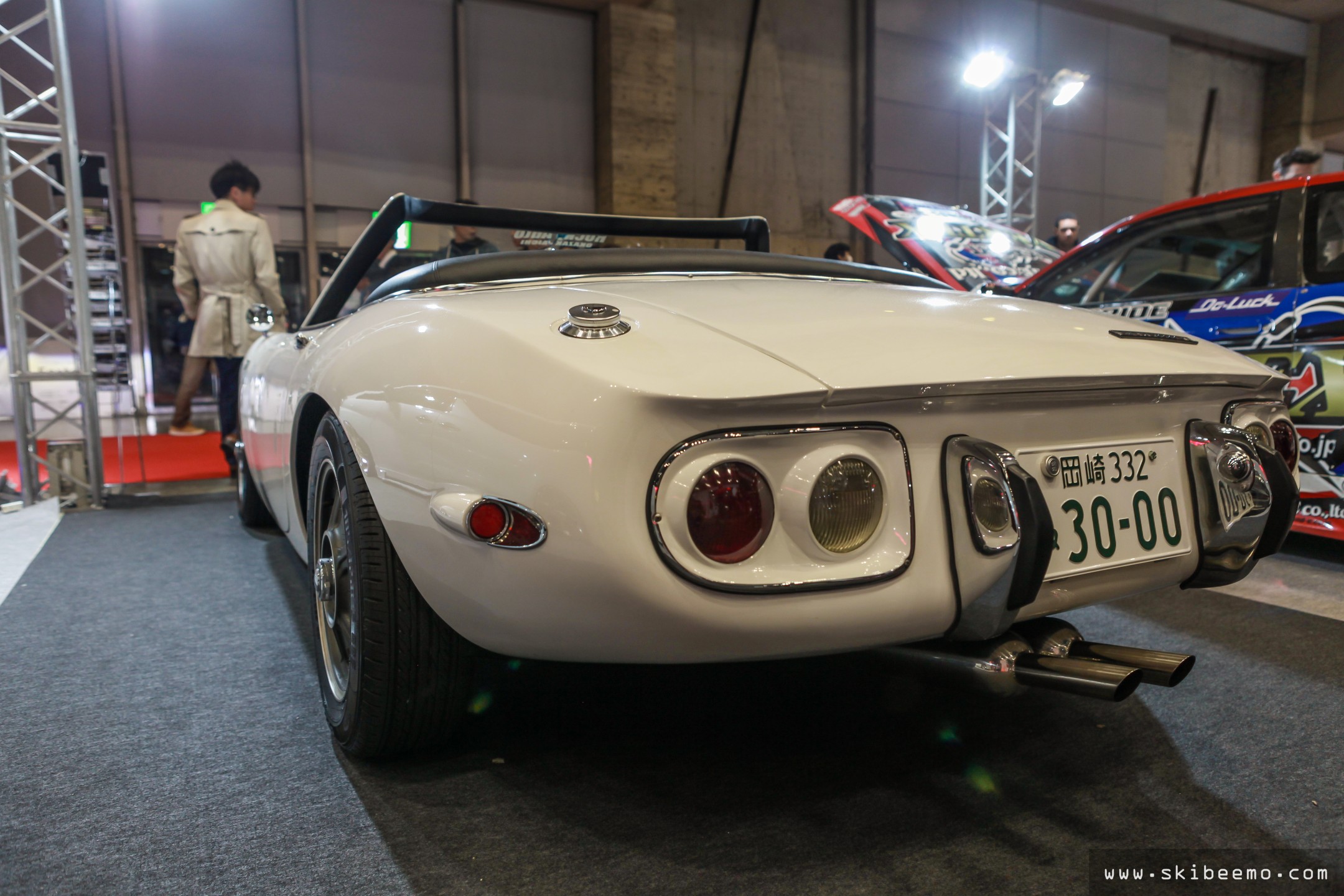
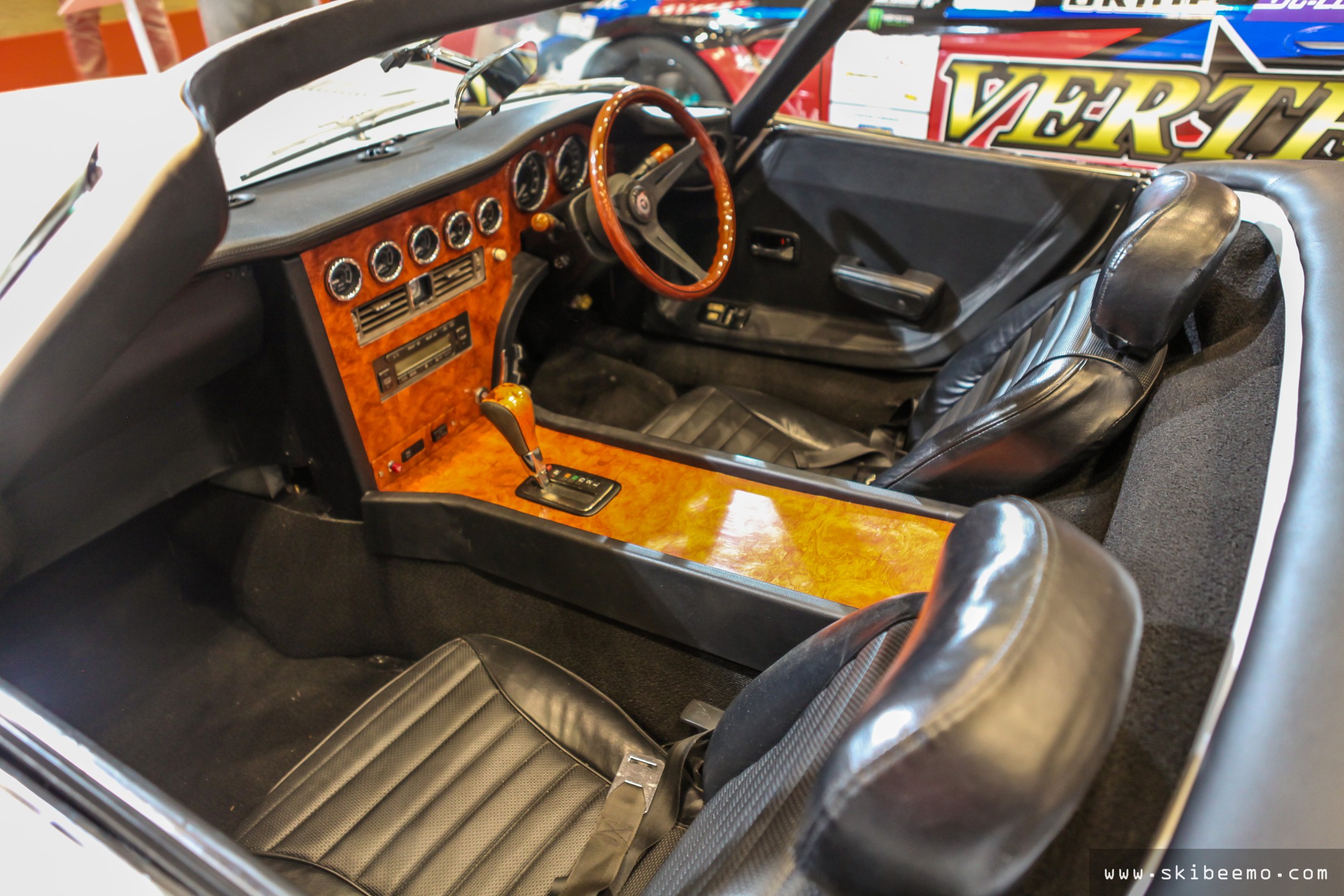
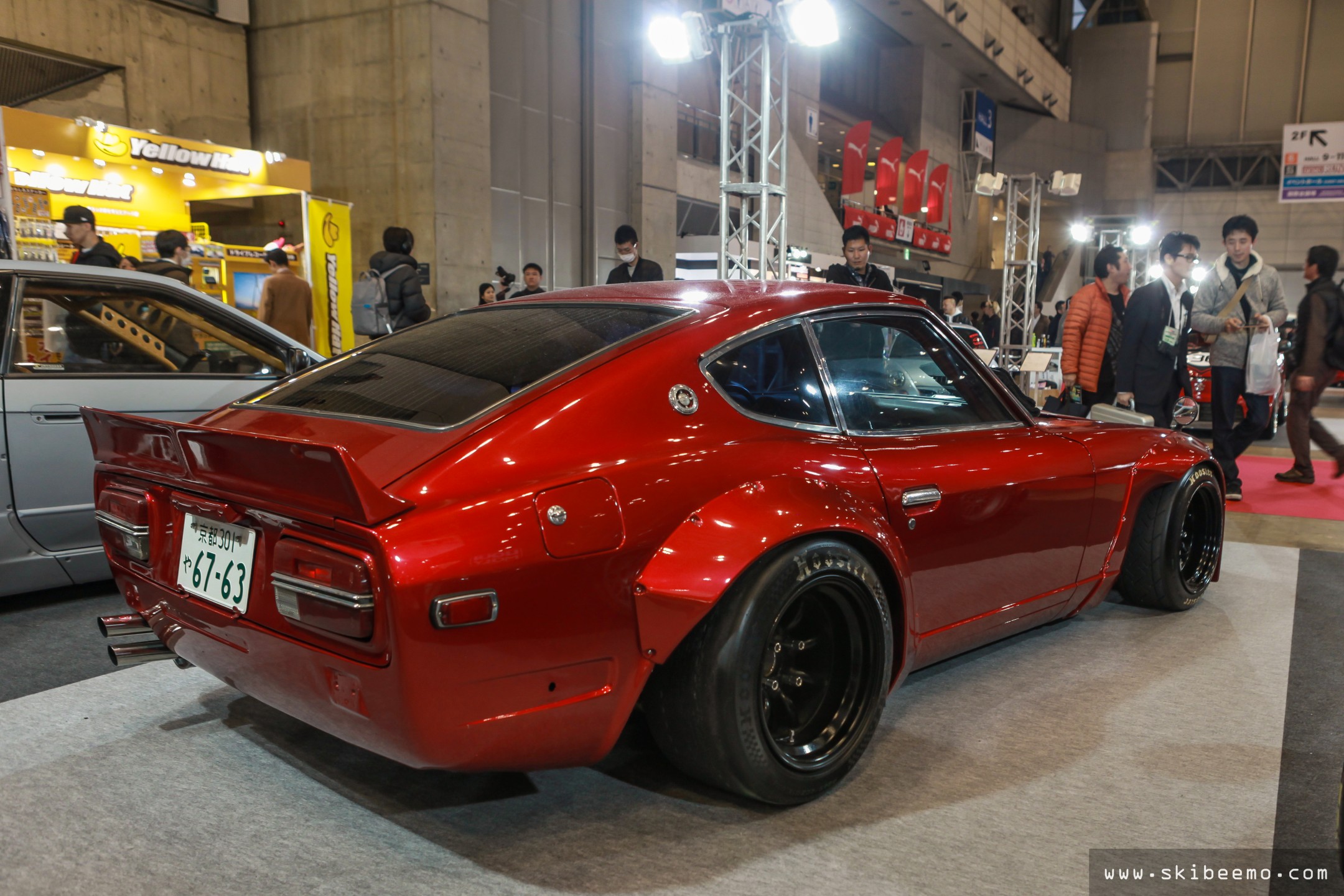
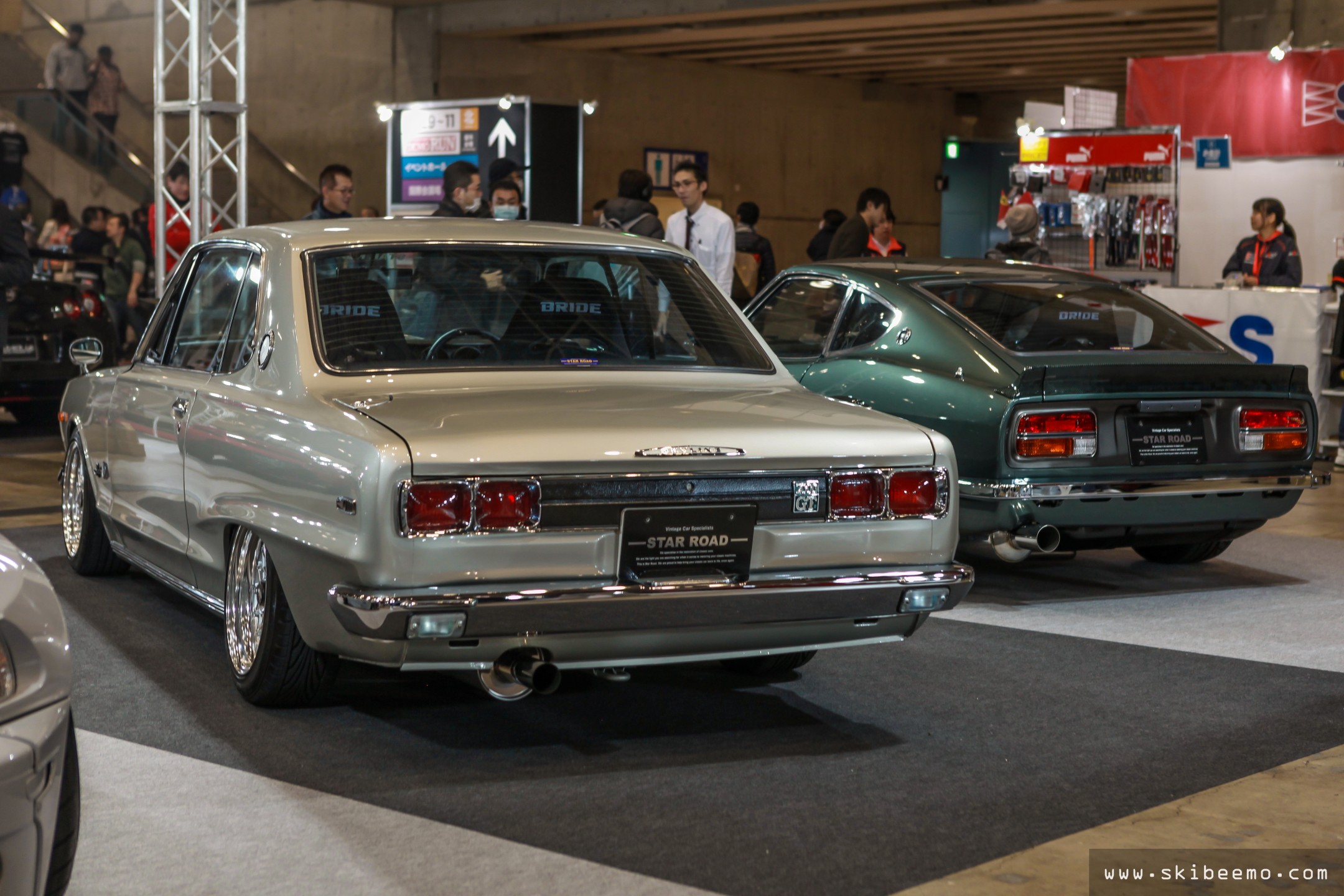
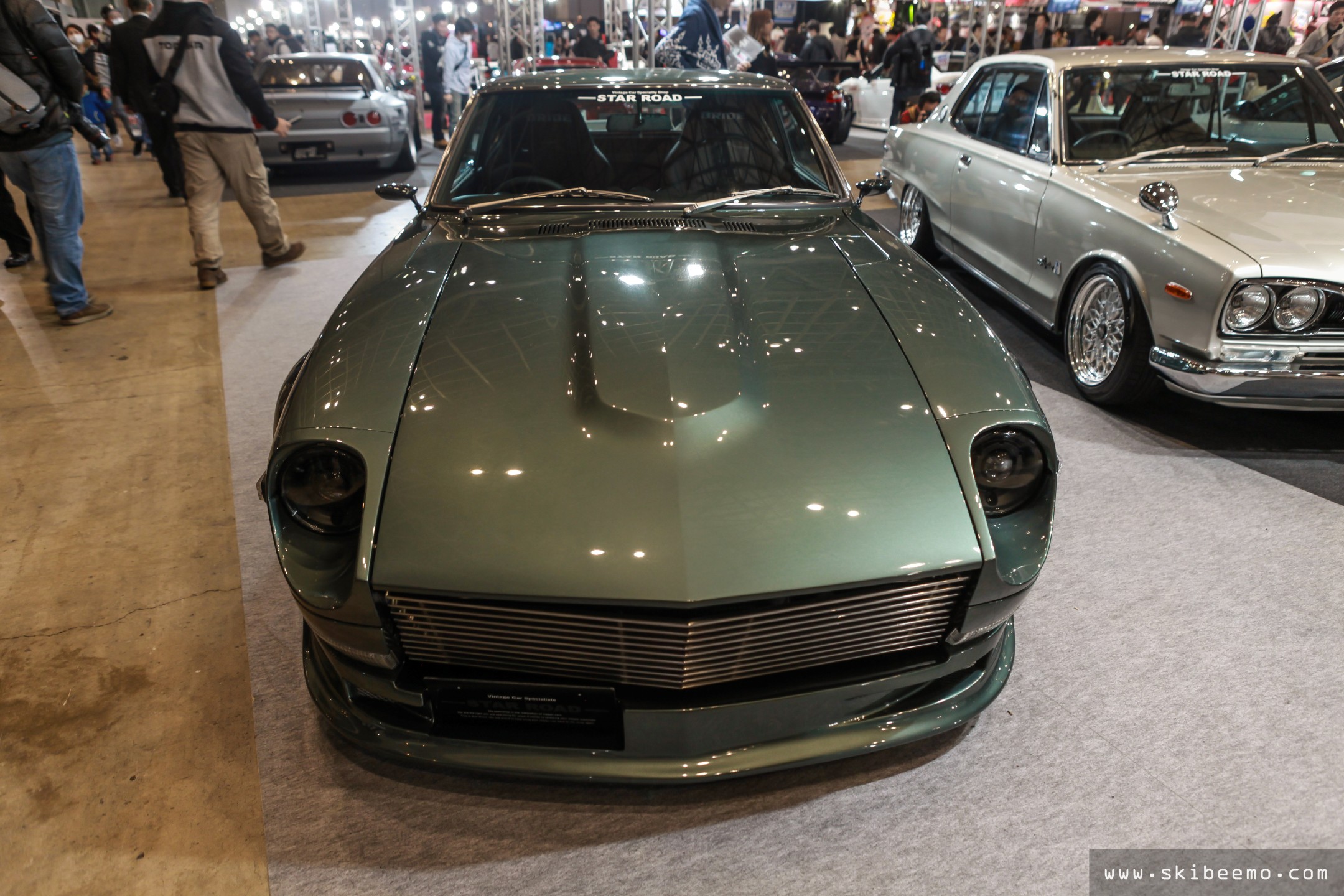
There were various stalls dedicated to selling model cars, books and other merchandise. Tomica models are similar in nature to Hot Wheels except with more emphasis on Japanese domestic cars. The quality is a lot higher as well. Apparently, Tomica releases a "available-at-TAS-only" model each year, which explained the crazy long queue I witnessed whilst walking past their booth. Polyphony Digital, makers of the Gran Turismo series, were also present with their latest build of the soon to be released this year, GT Sport (i.e. Gran Turismo 7 Prologue). One of the setups had a Playstation VR hooked up as well. I didn’t understand the strange ticketing system to get a shot so didn’t bother.
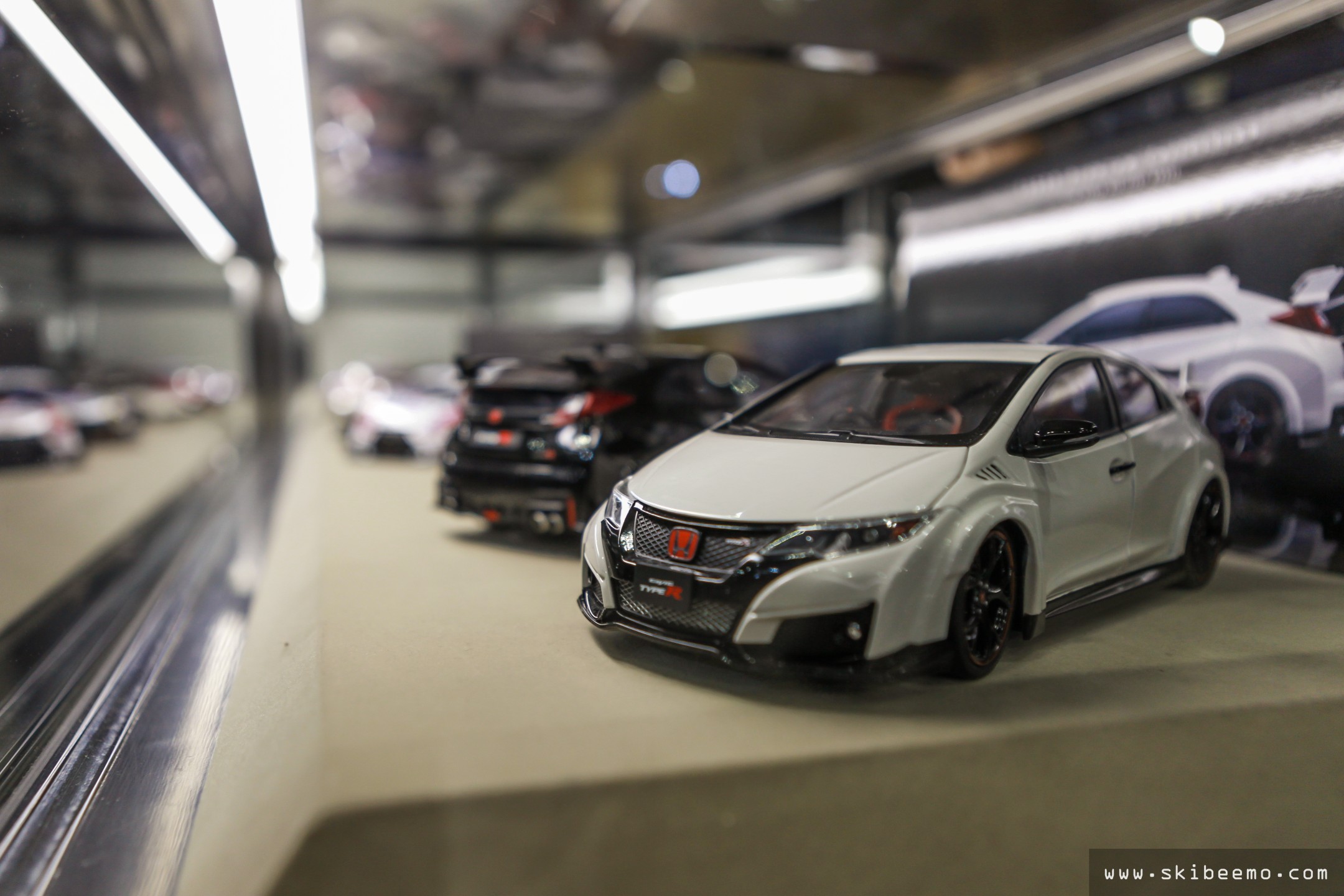
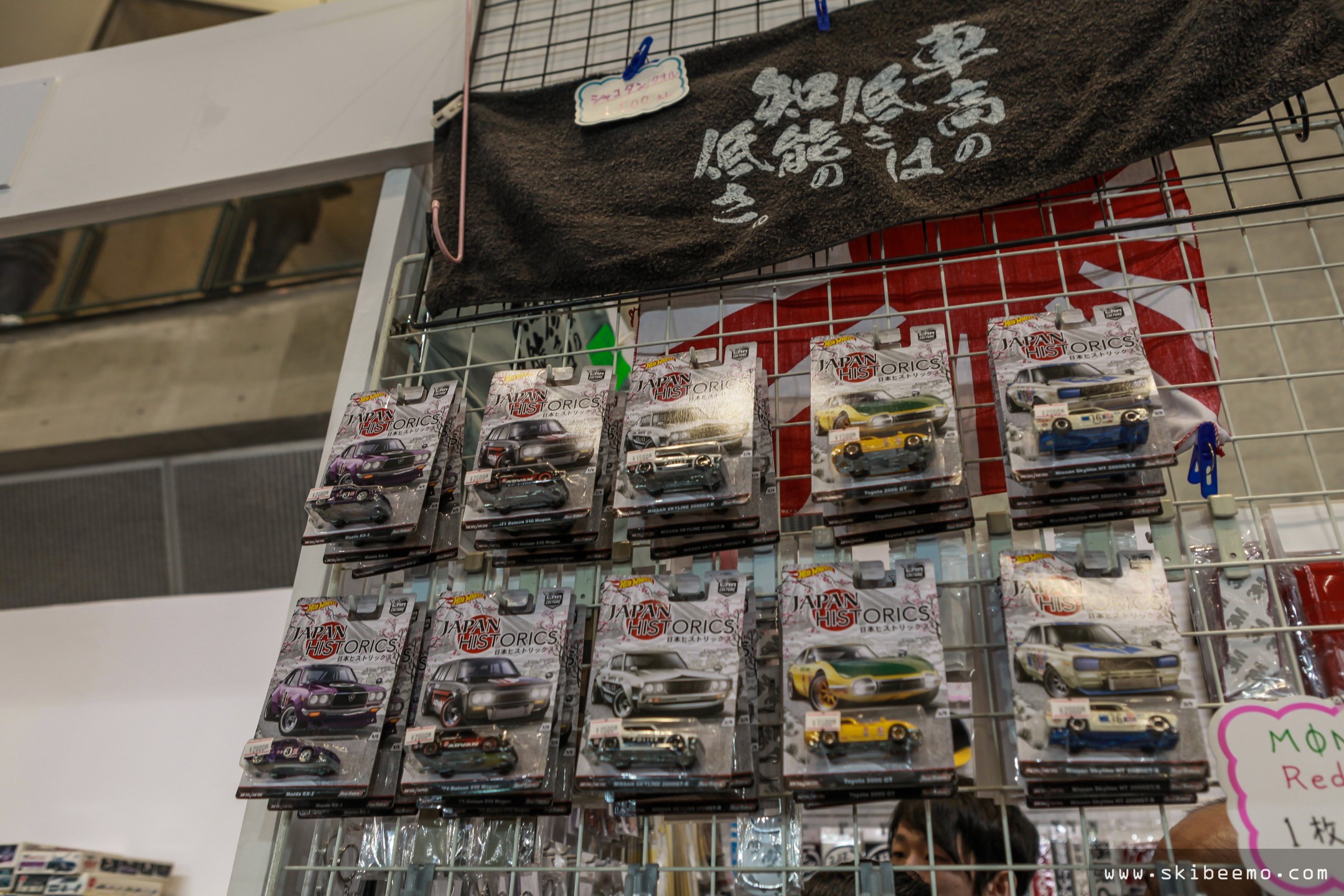

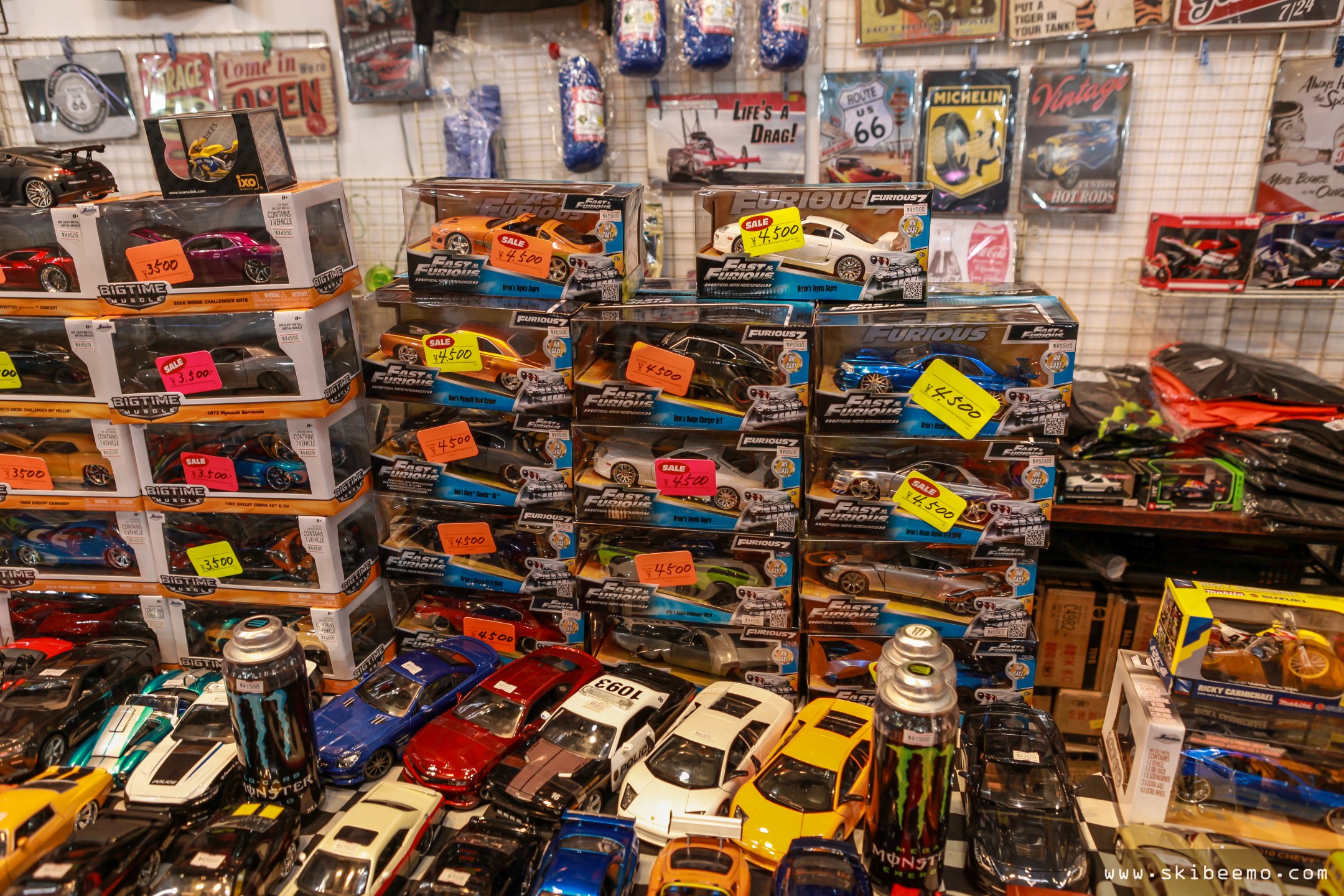
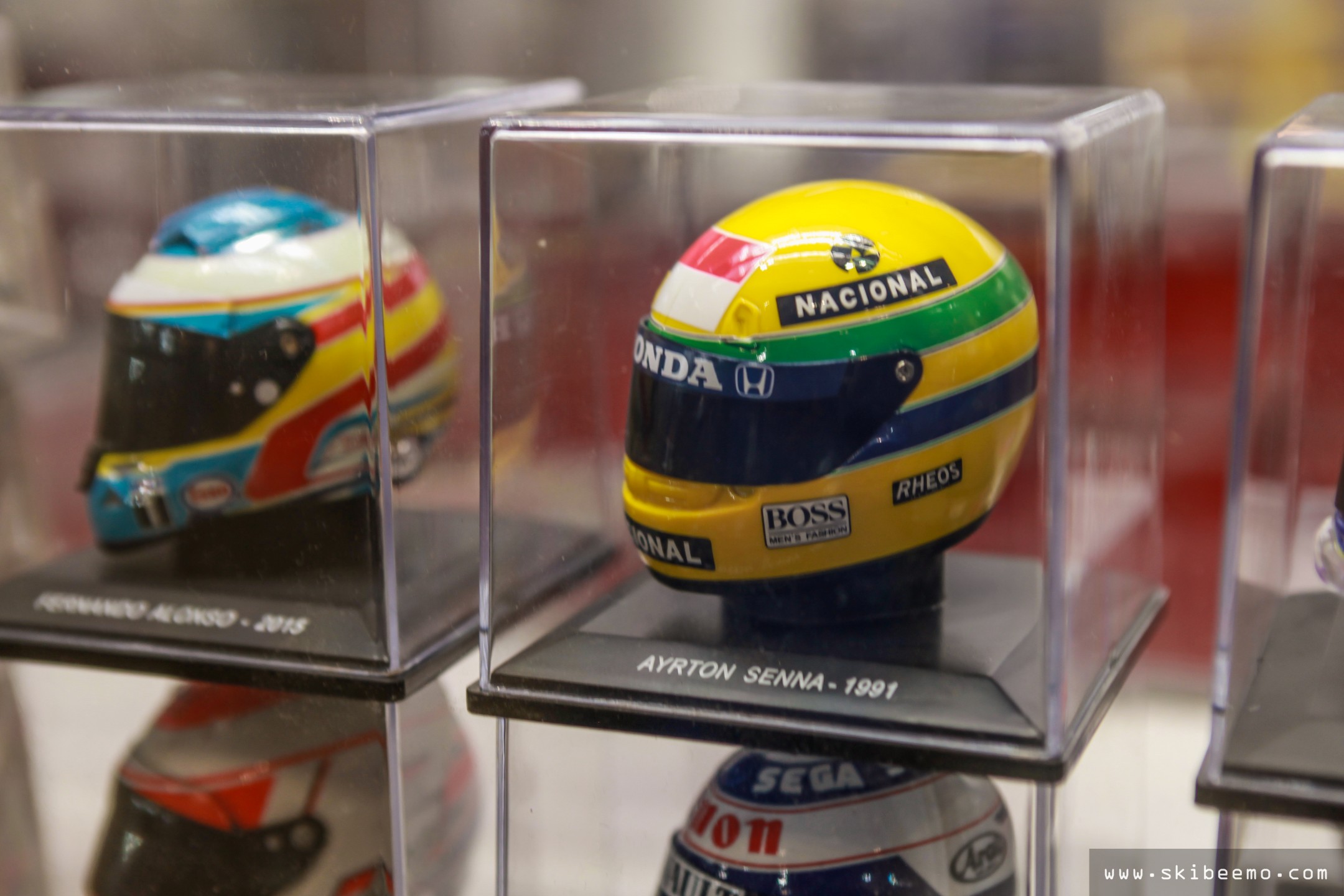
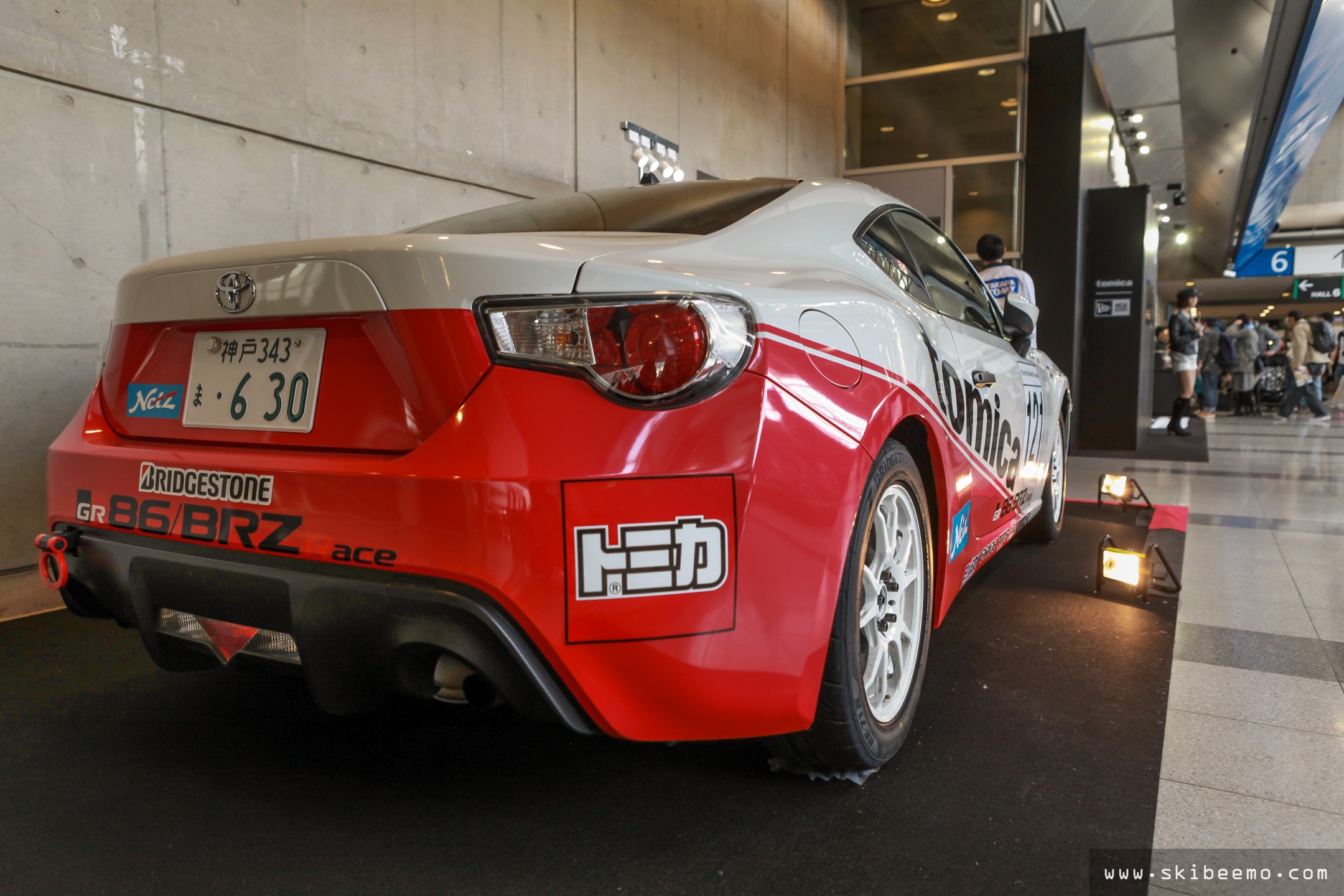
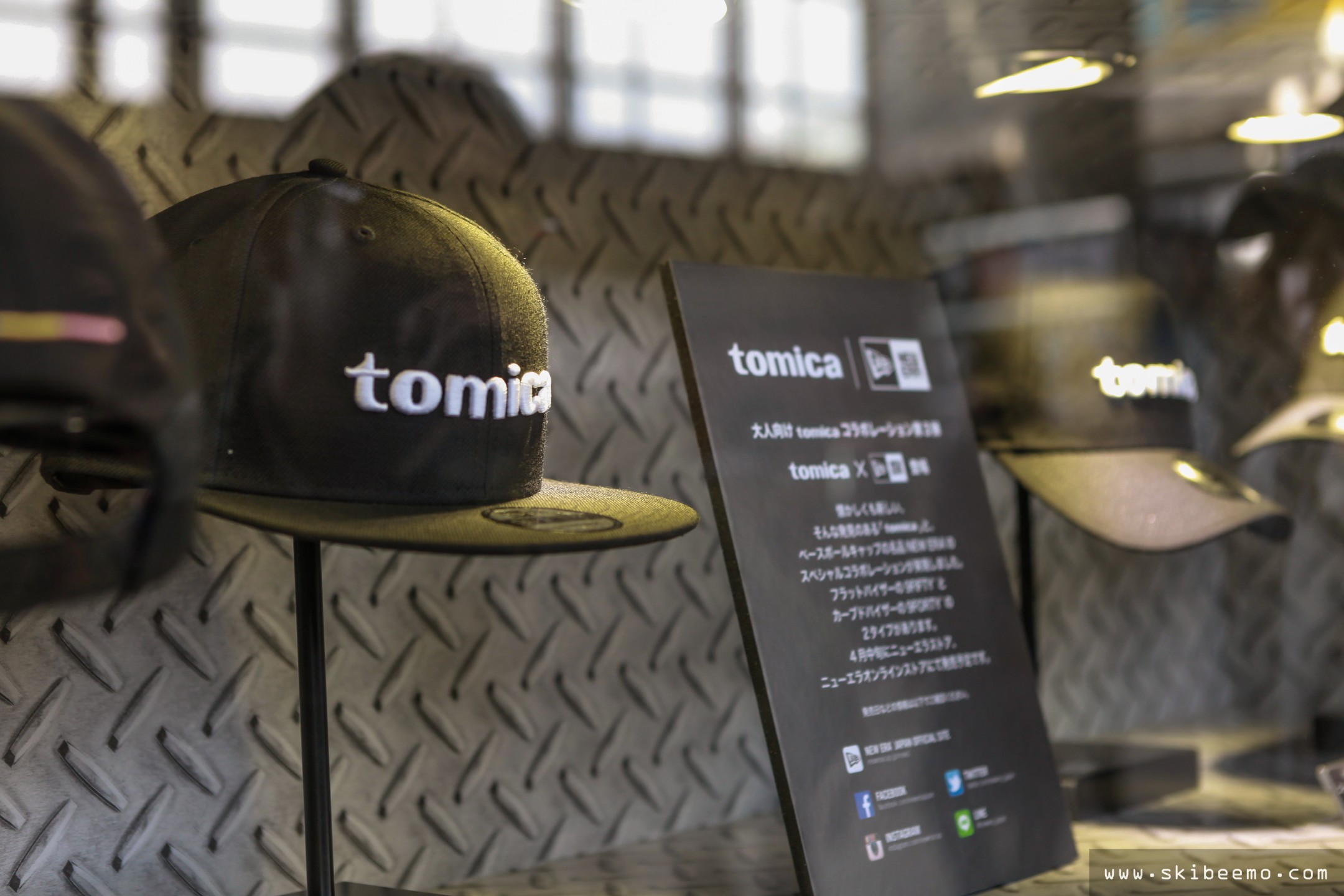
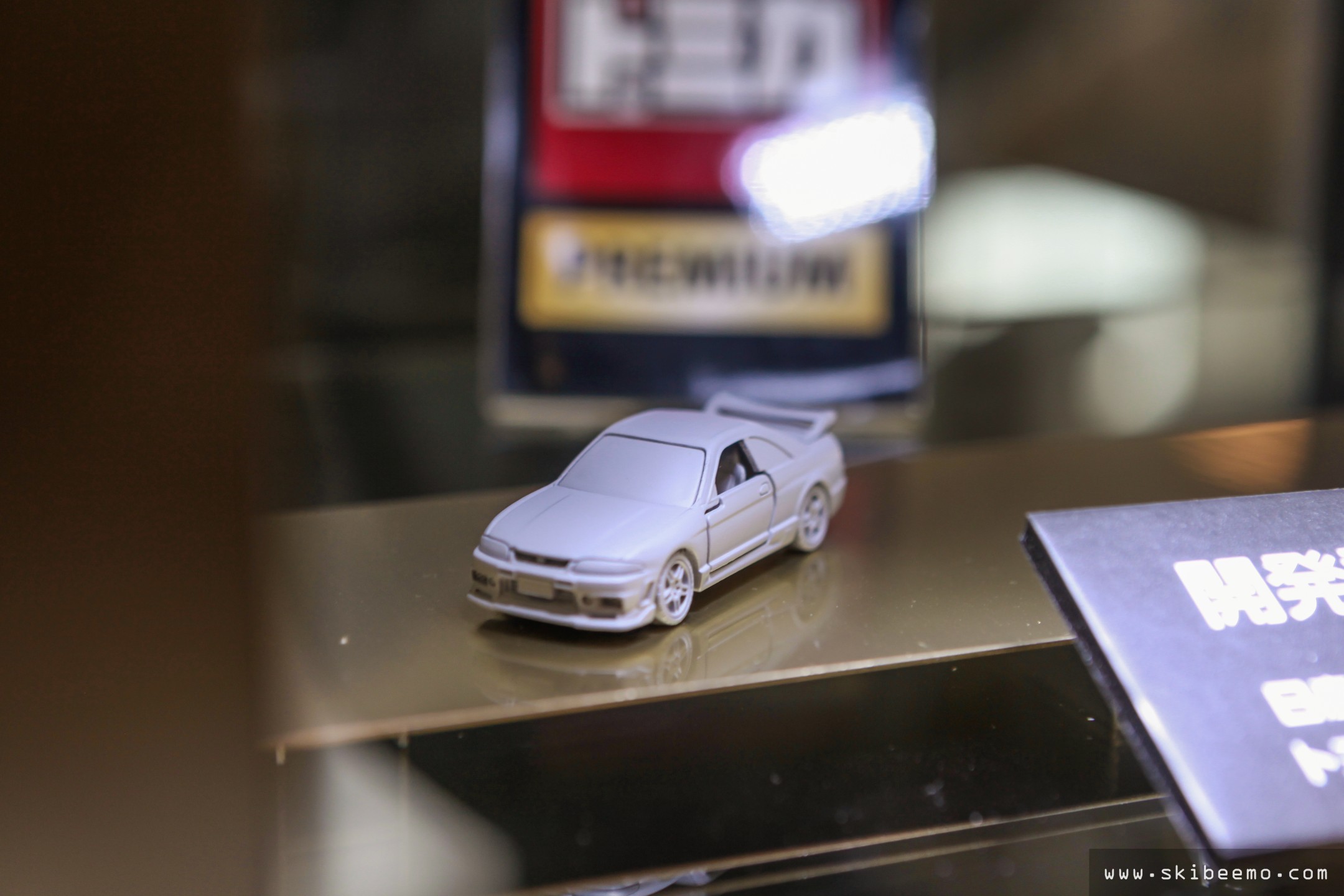

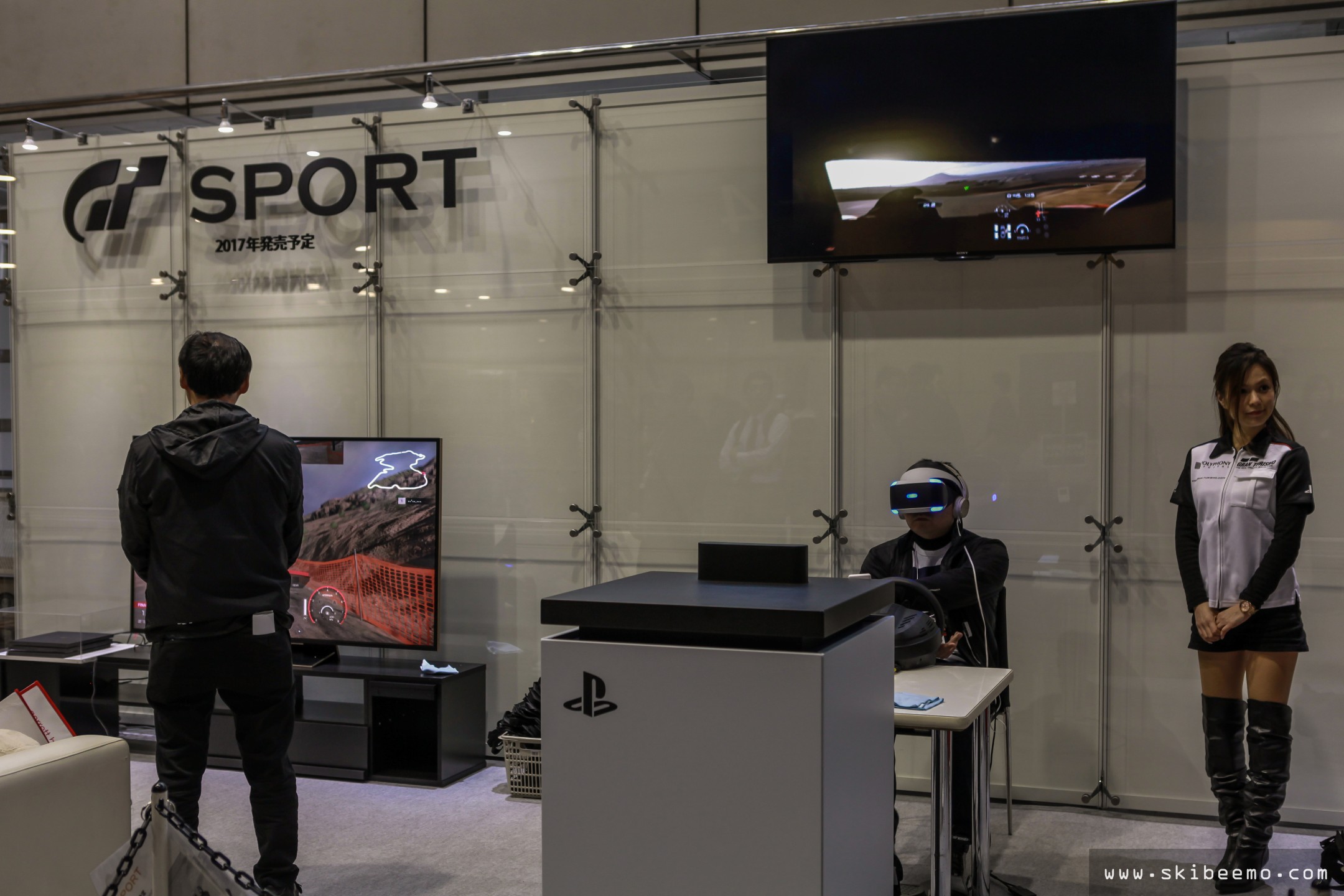
In the next TAS 2017 sub-series article, I’ll cover some of the more abstract modified cars as well as the non-JDM cars that I thought were entrancing.
![]()
